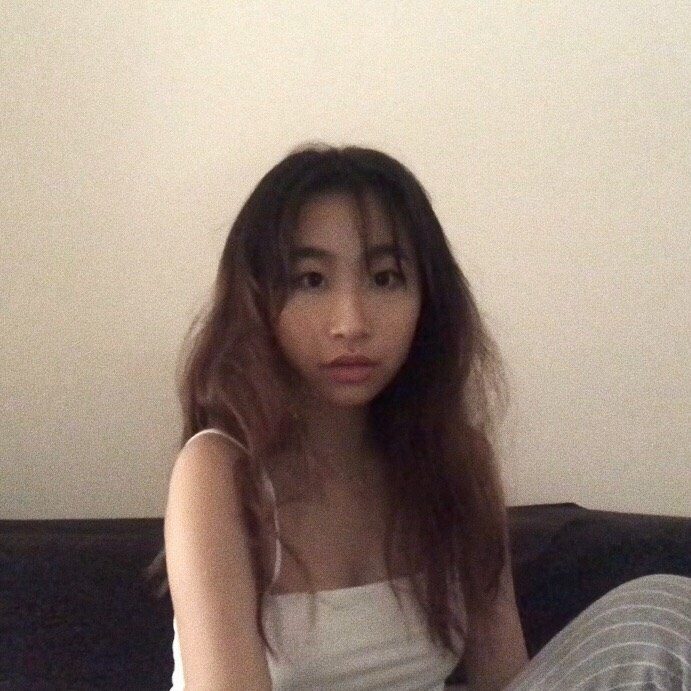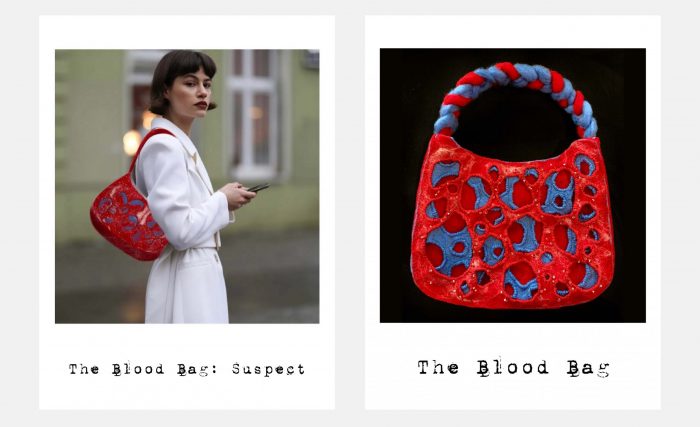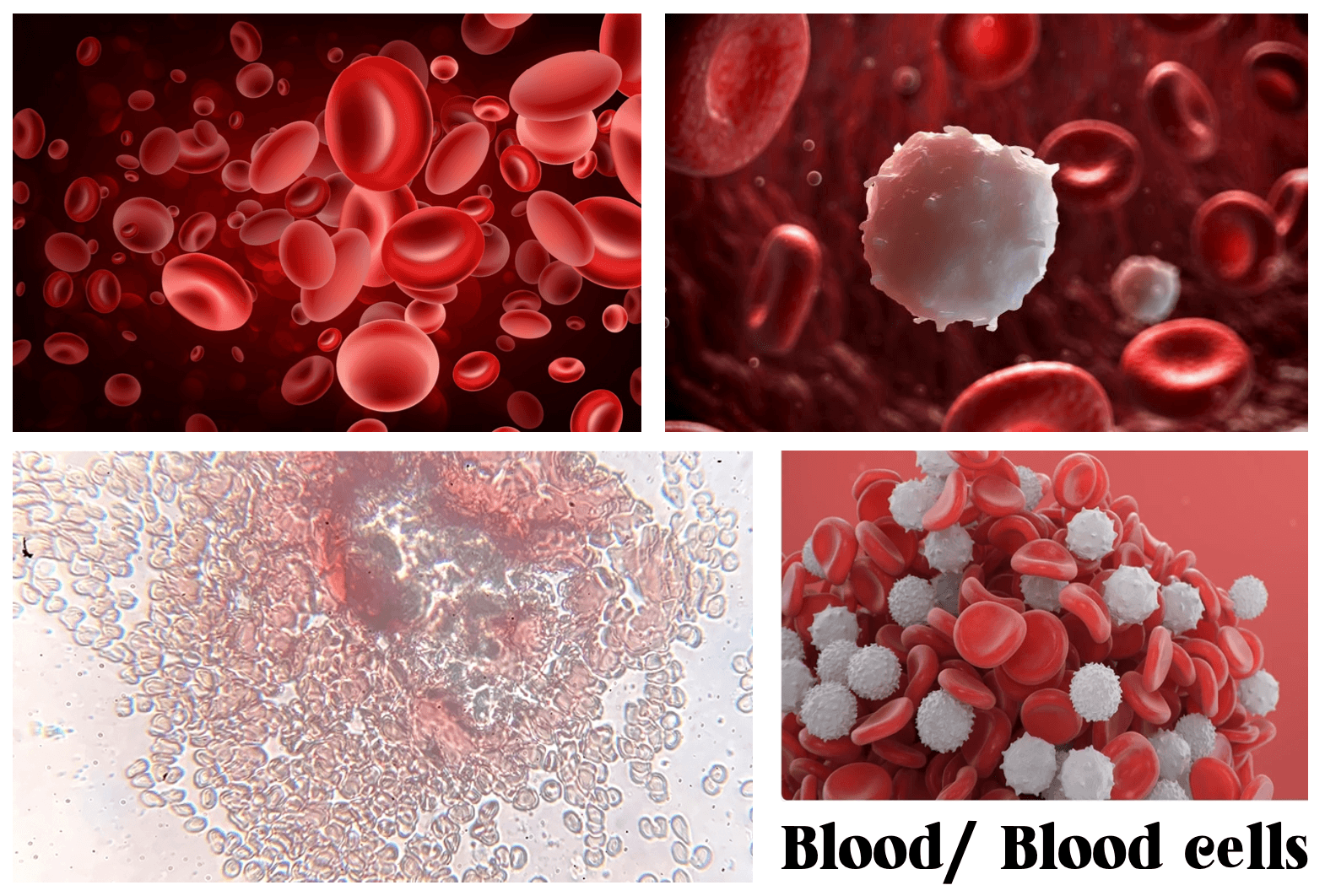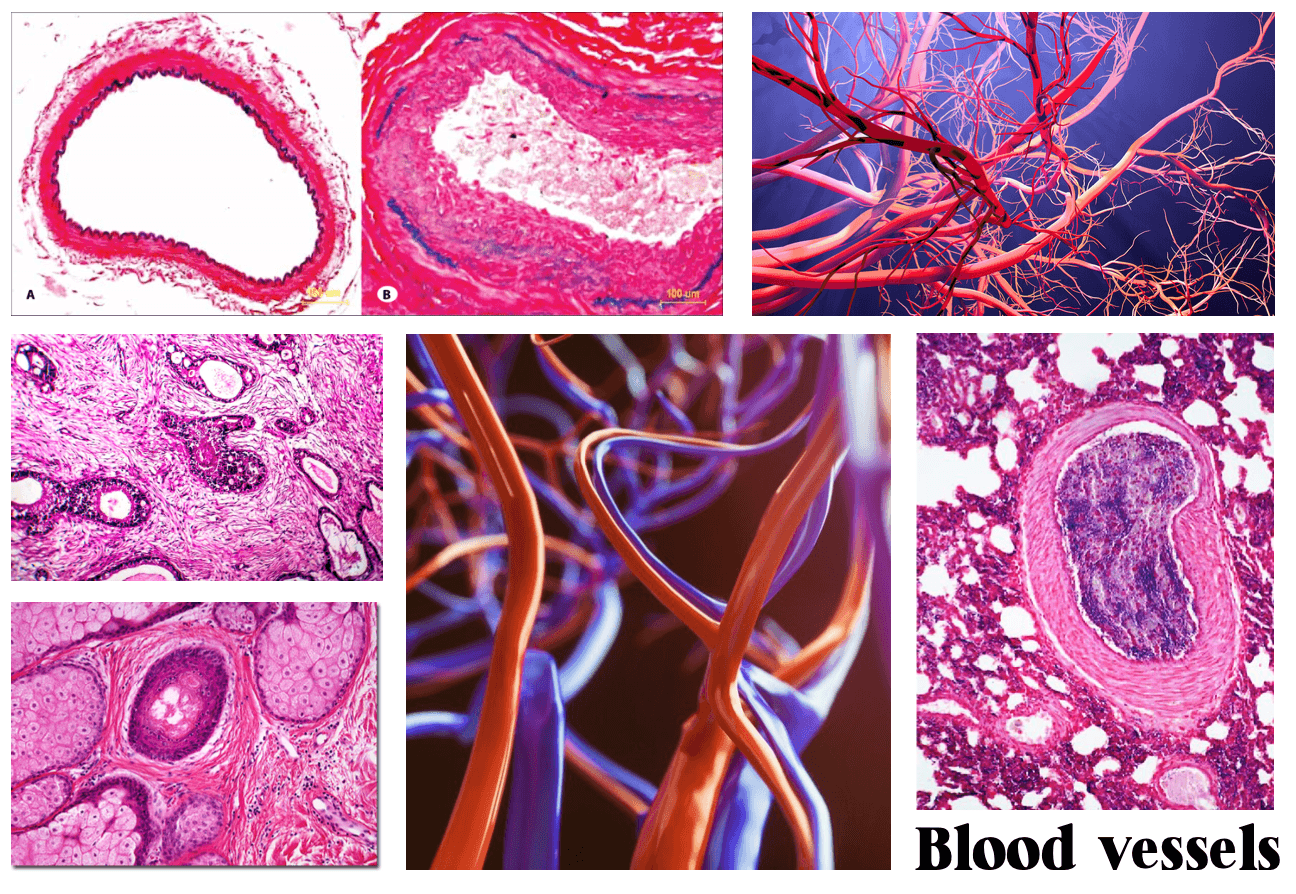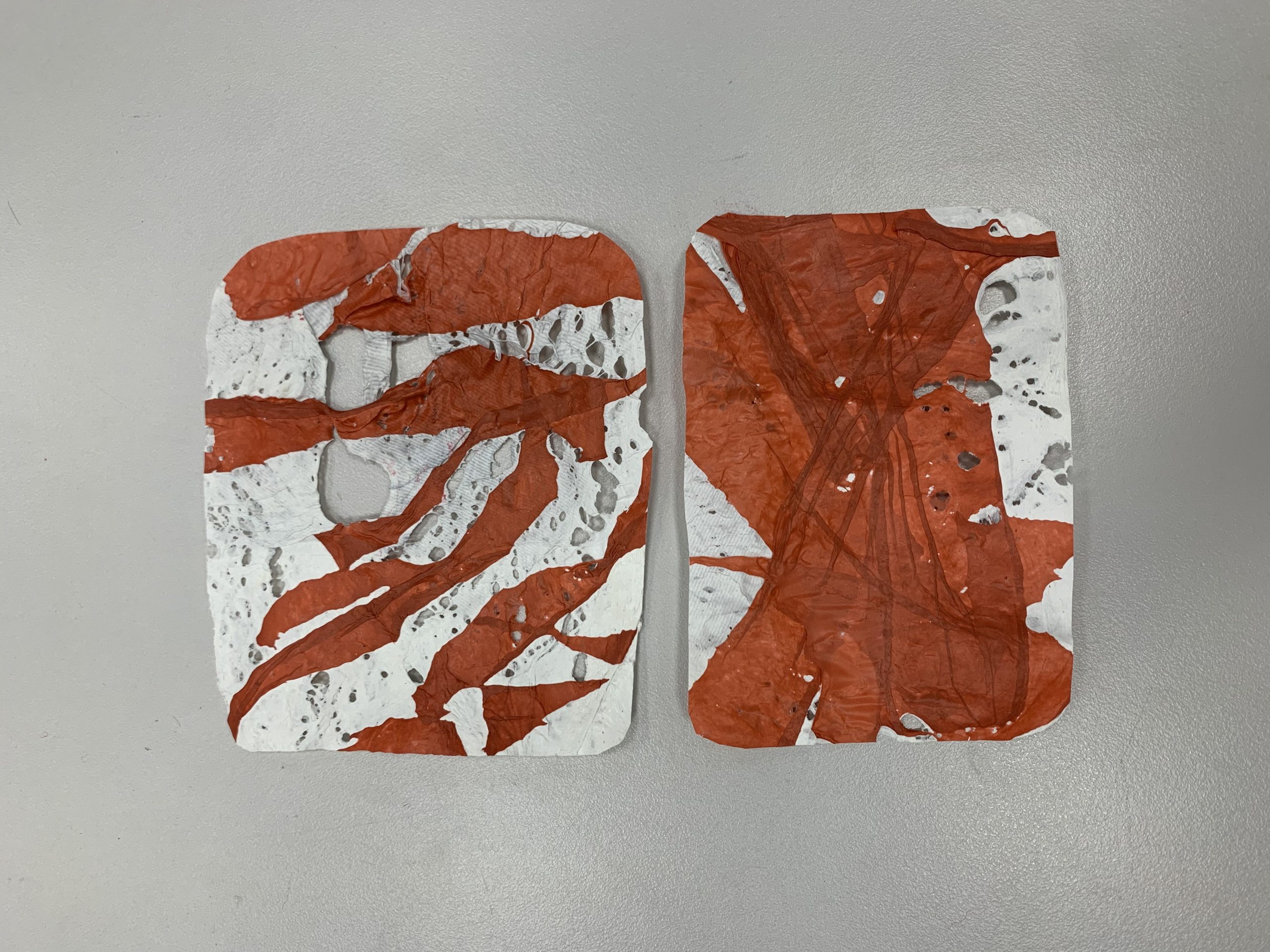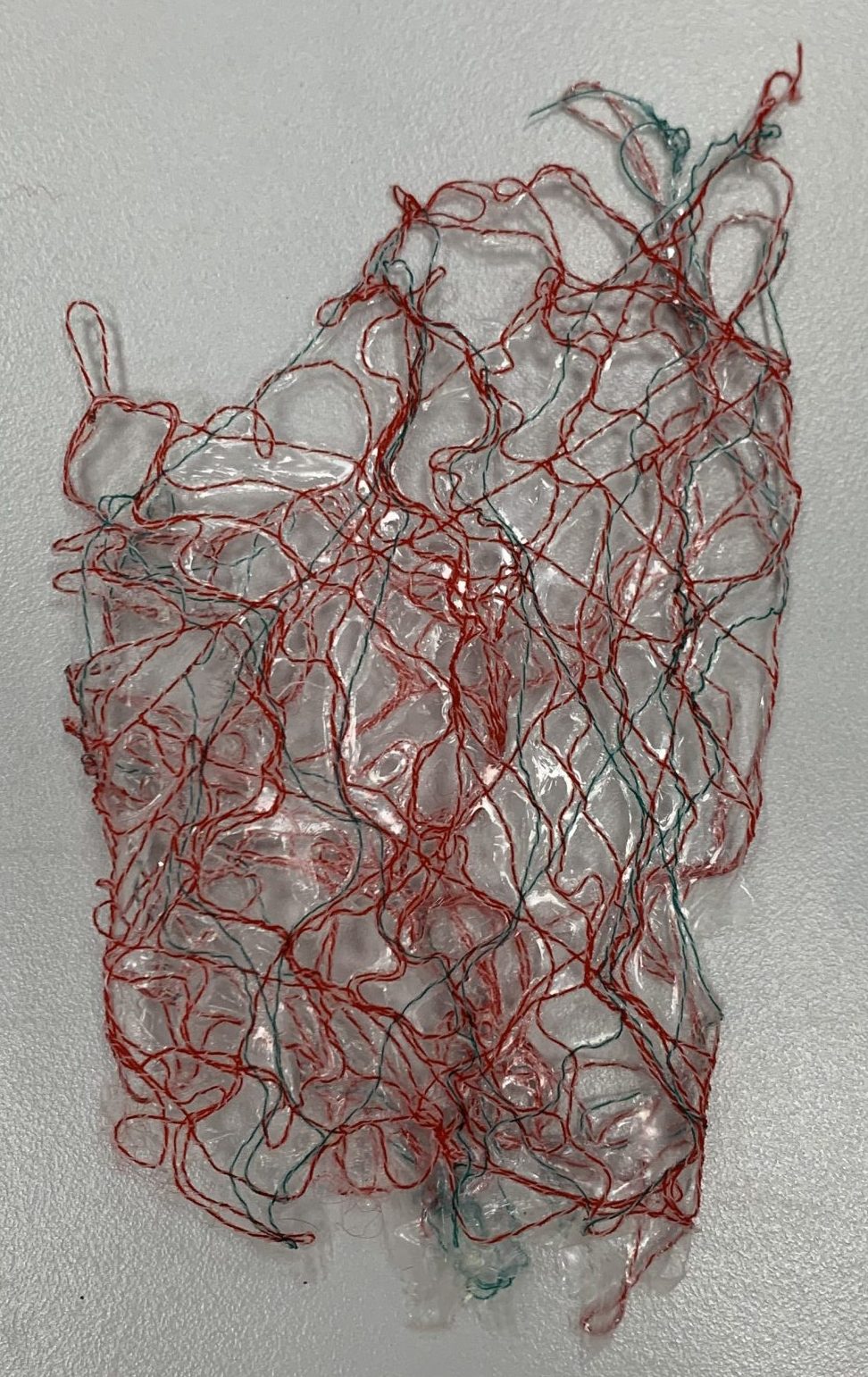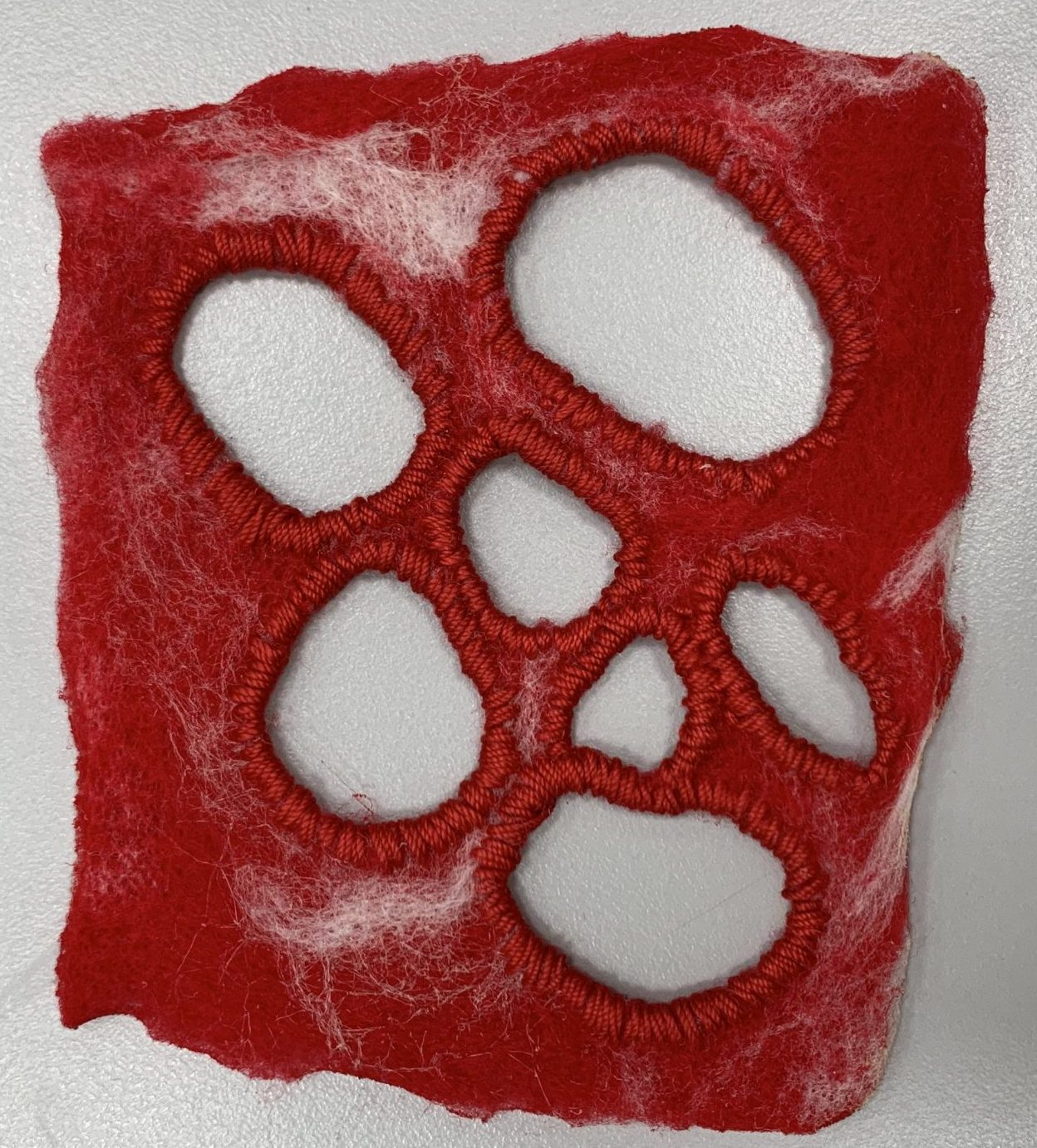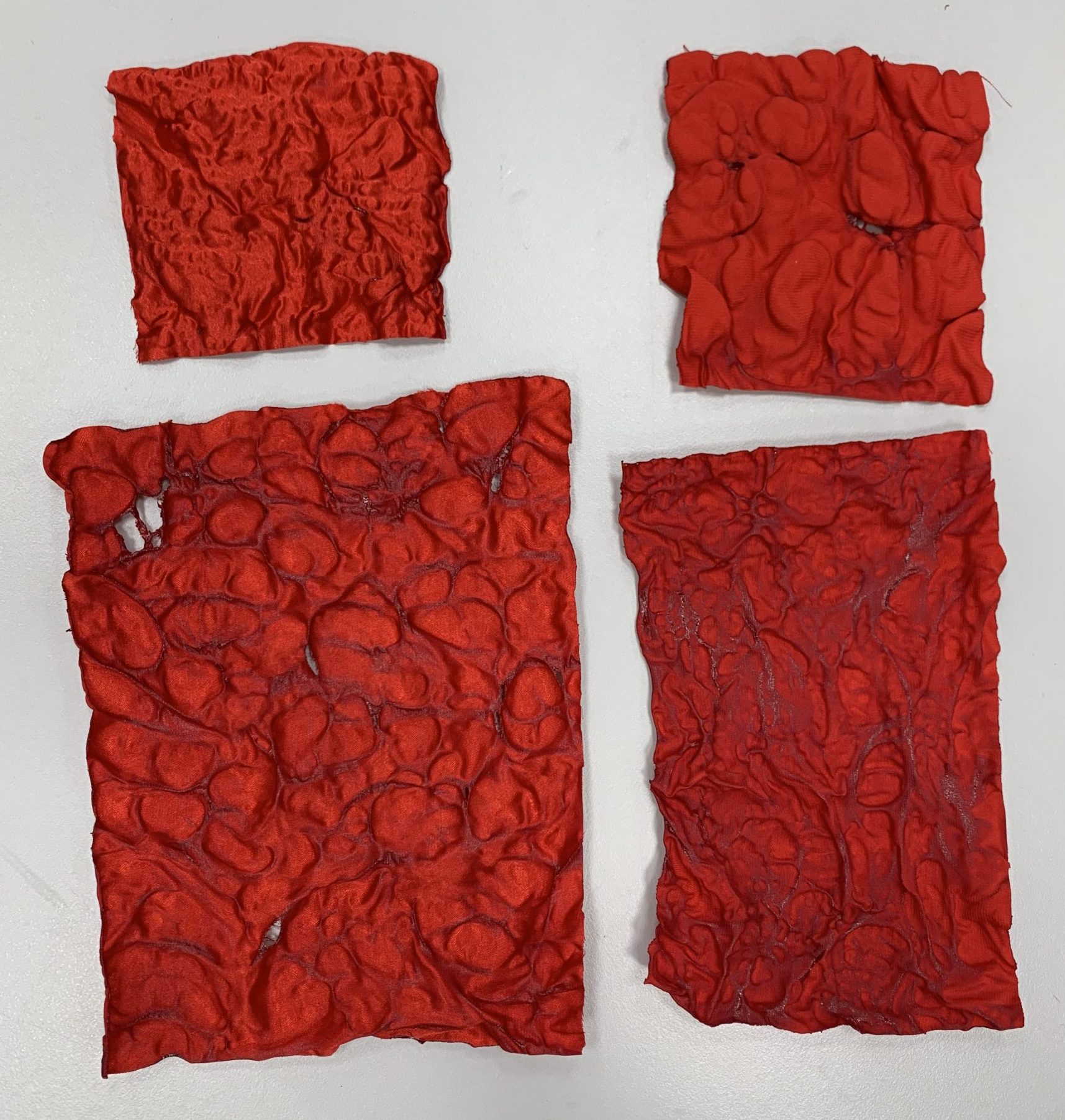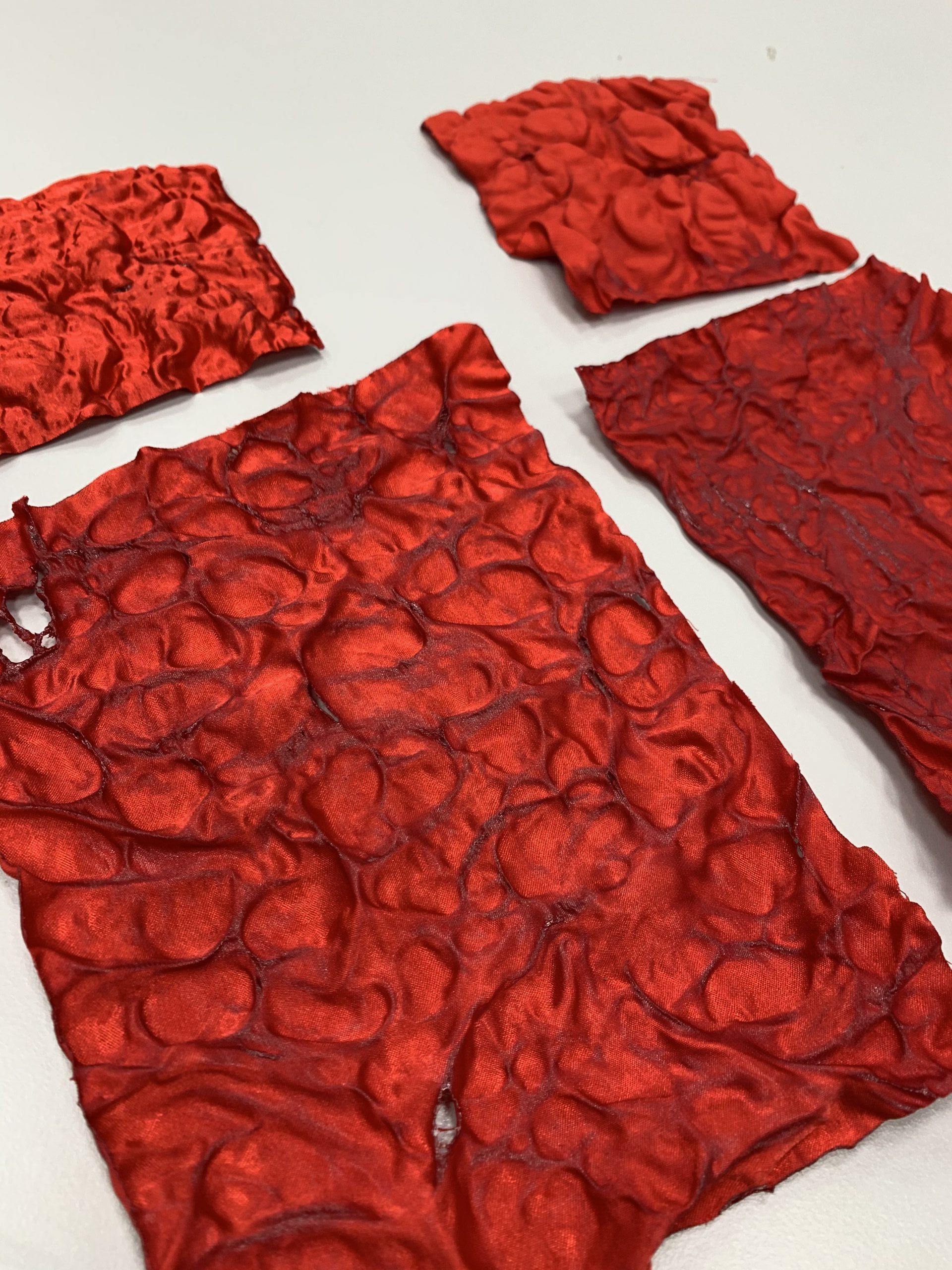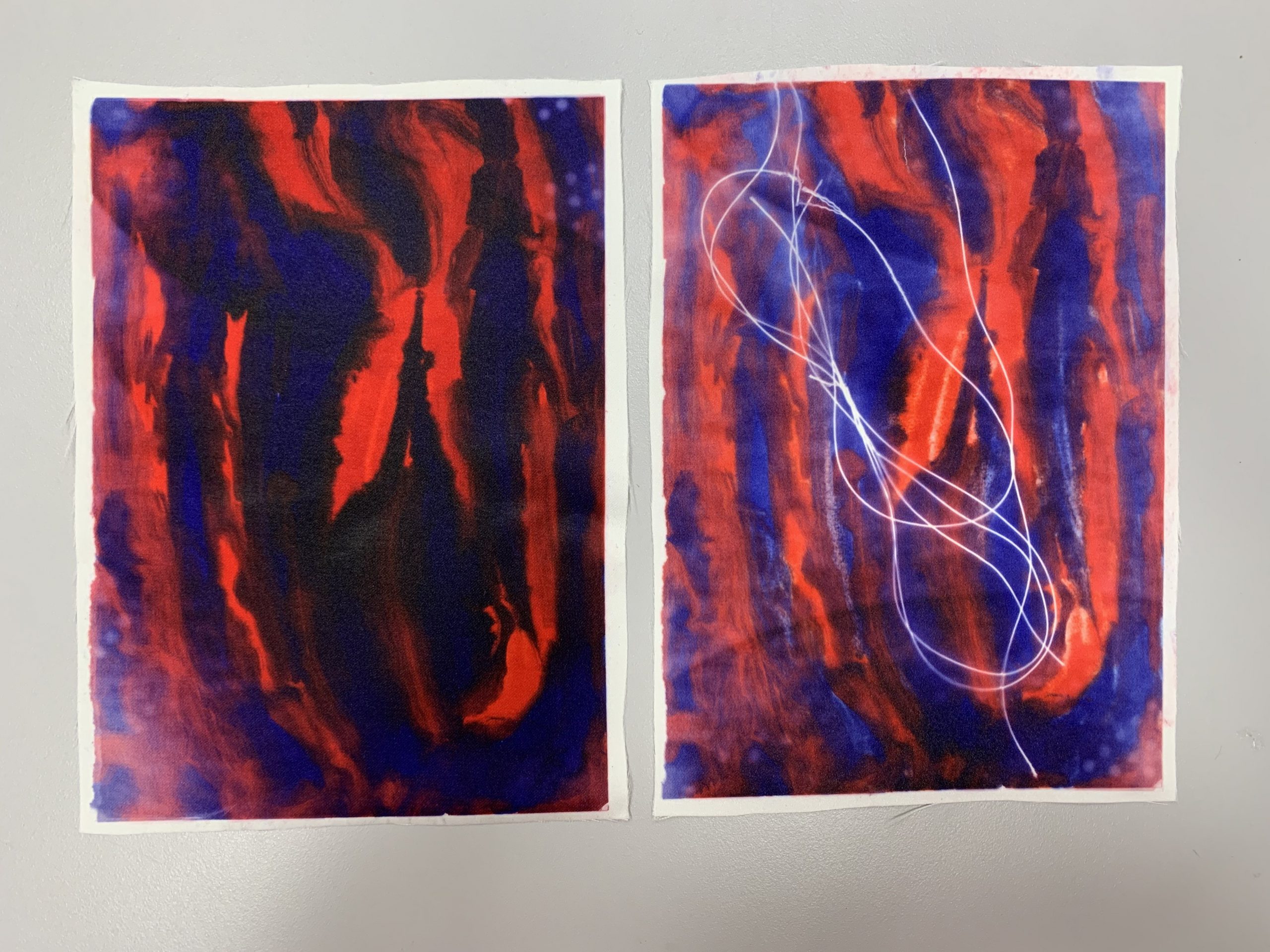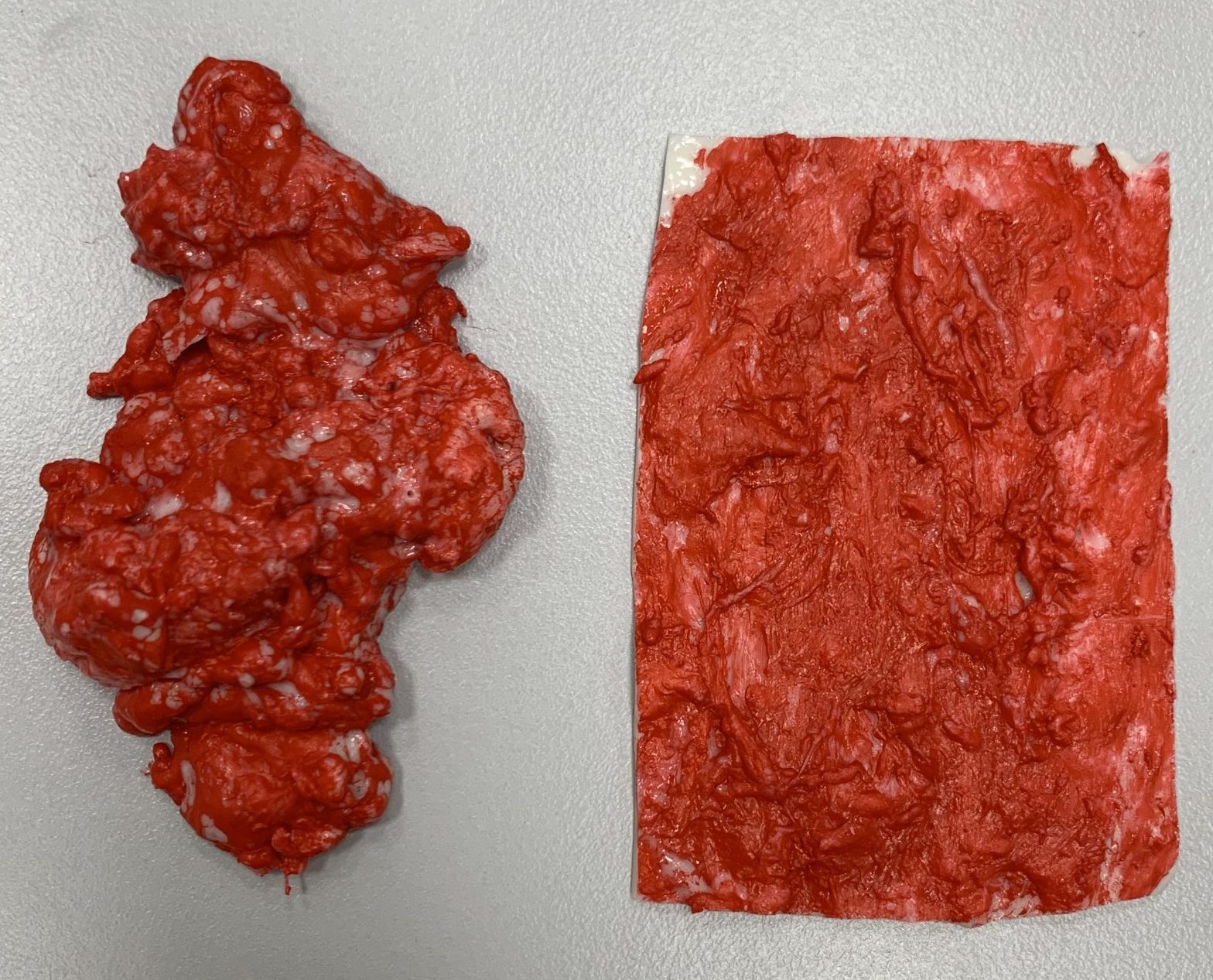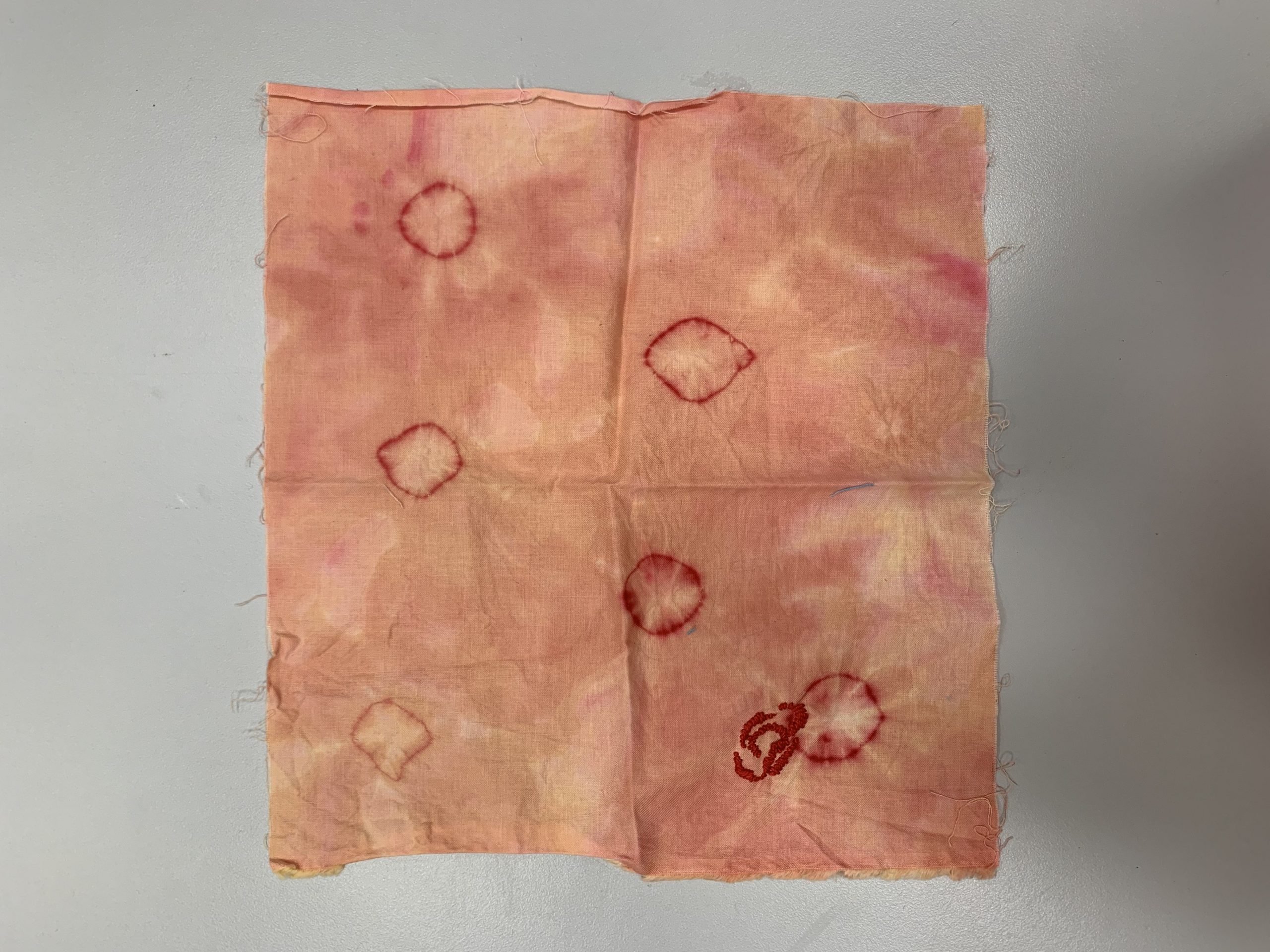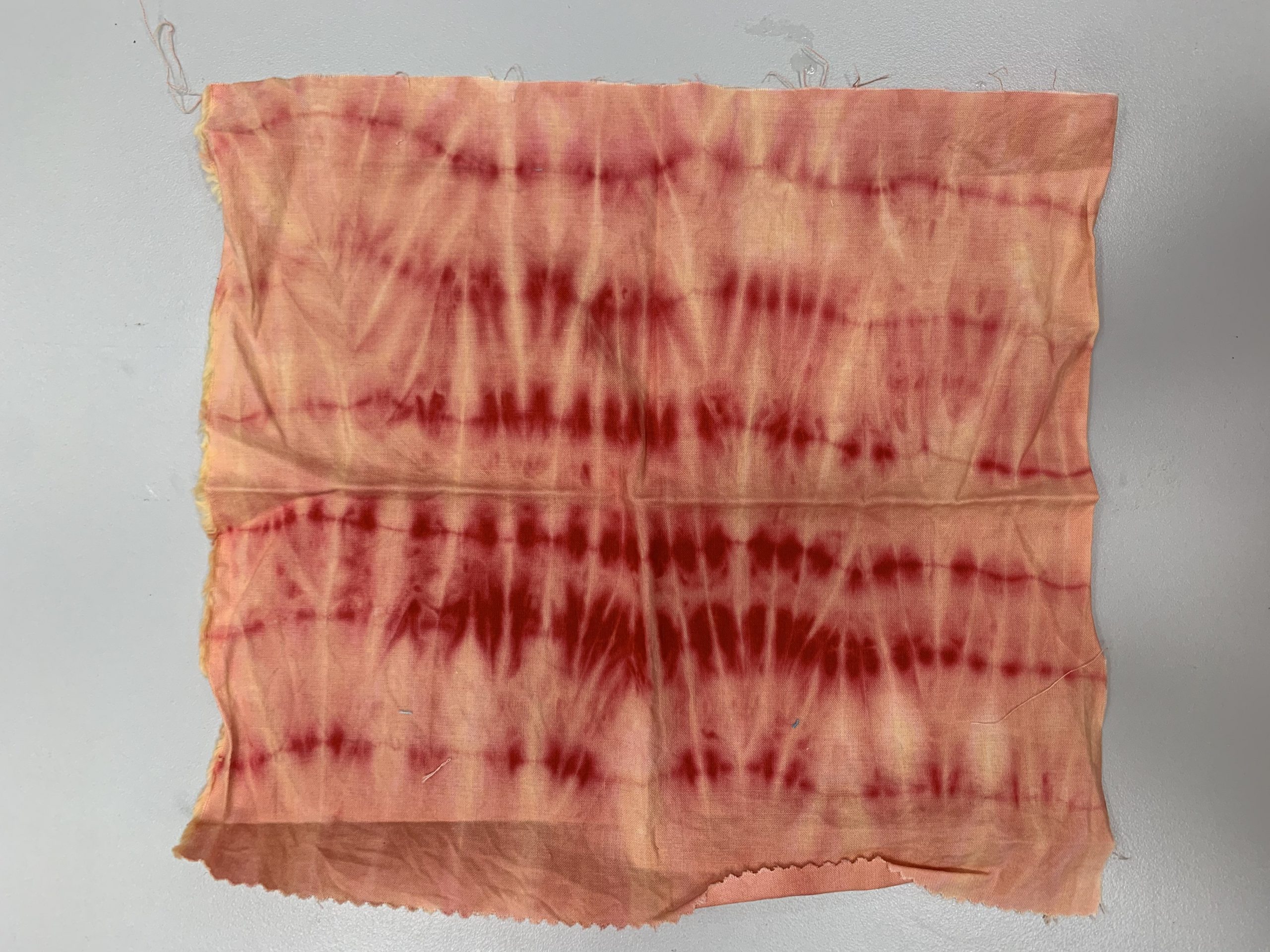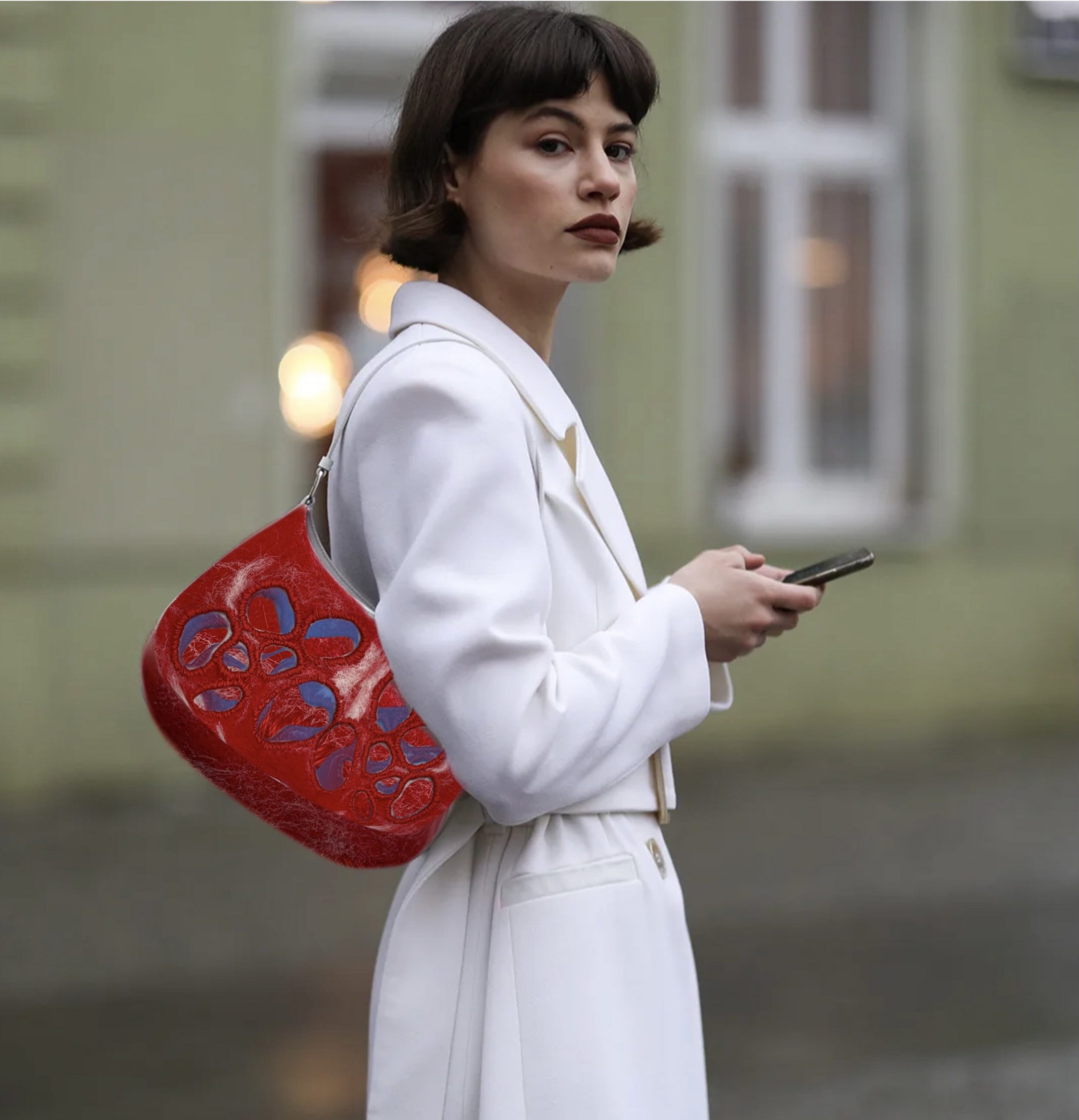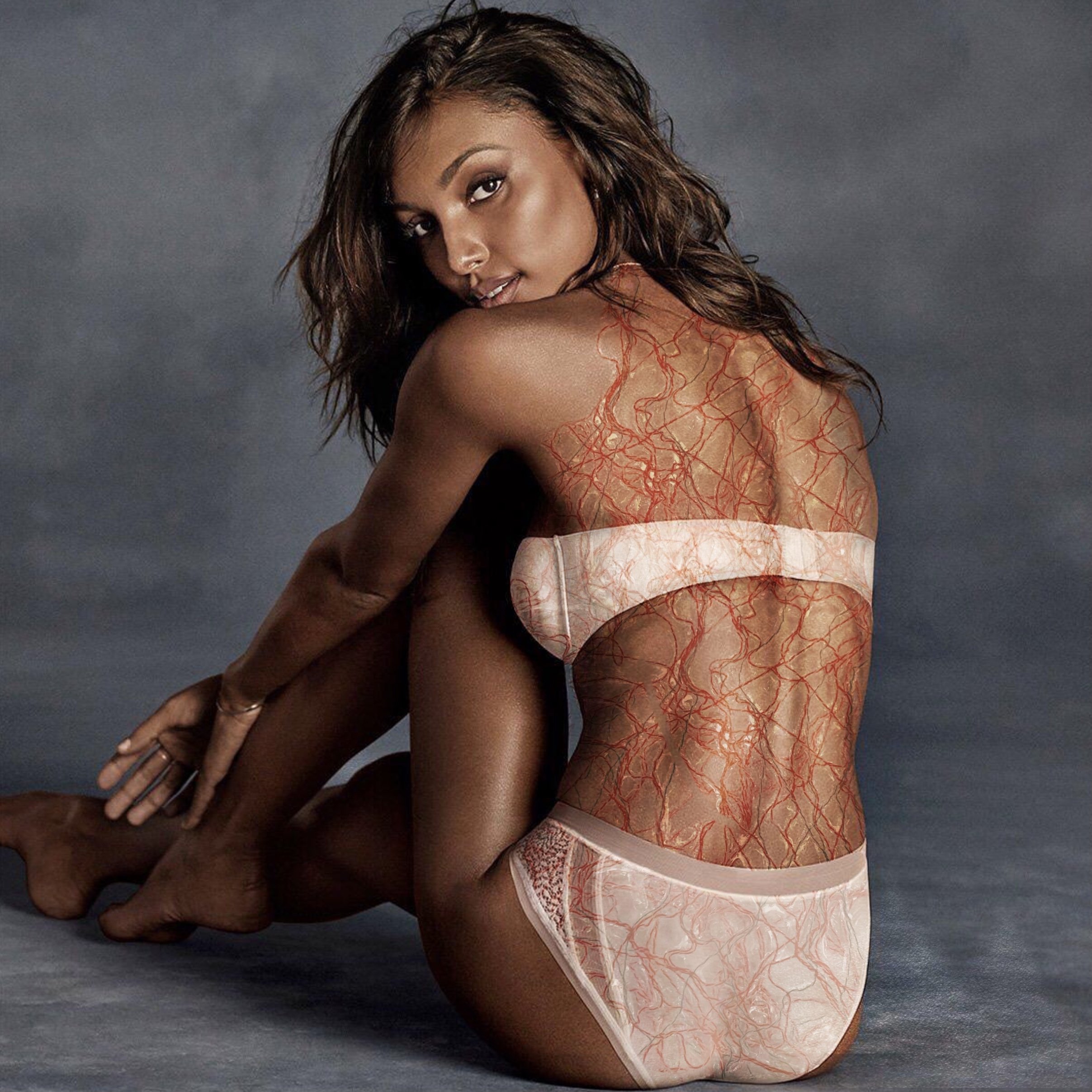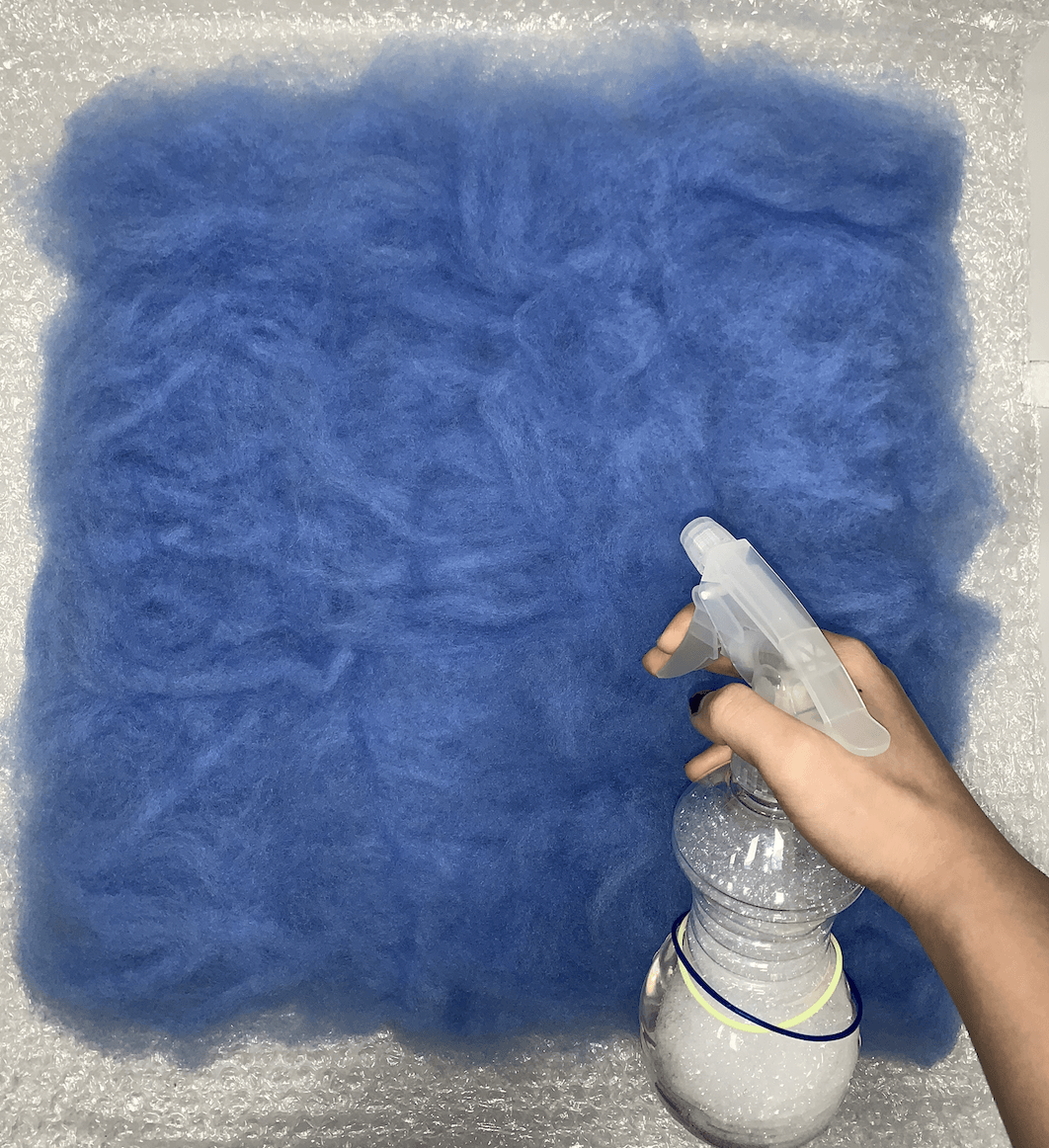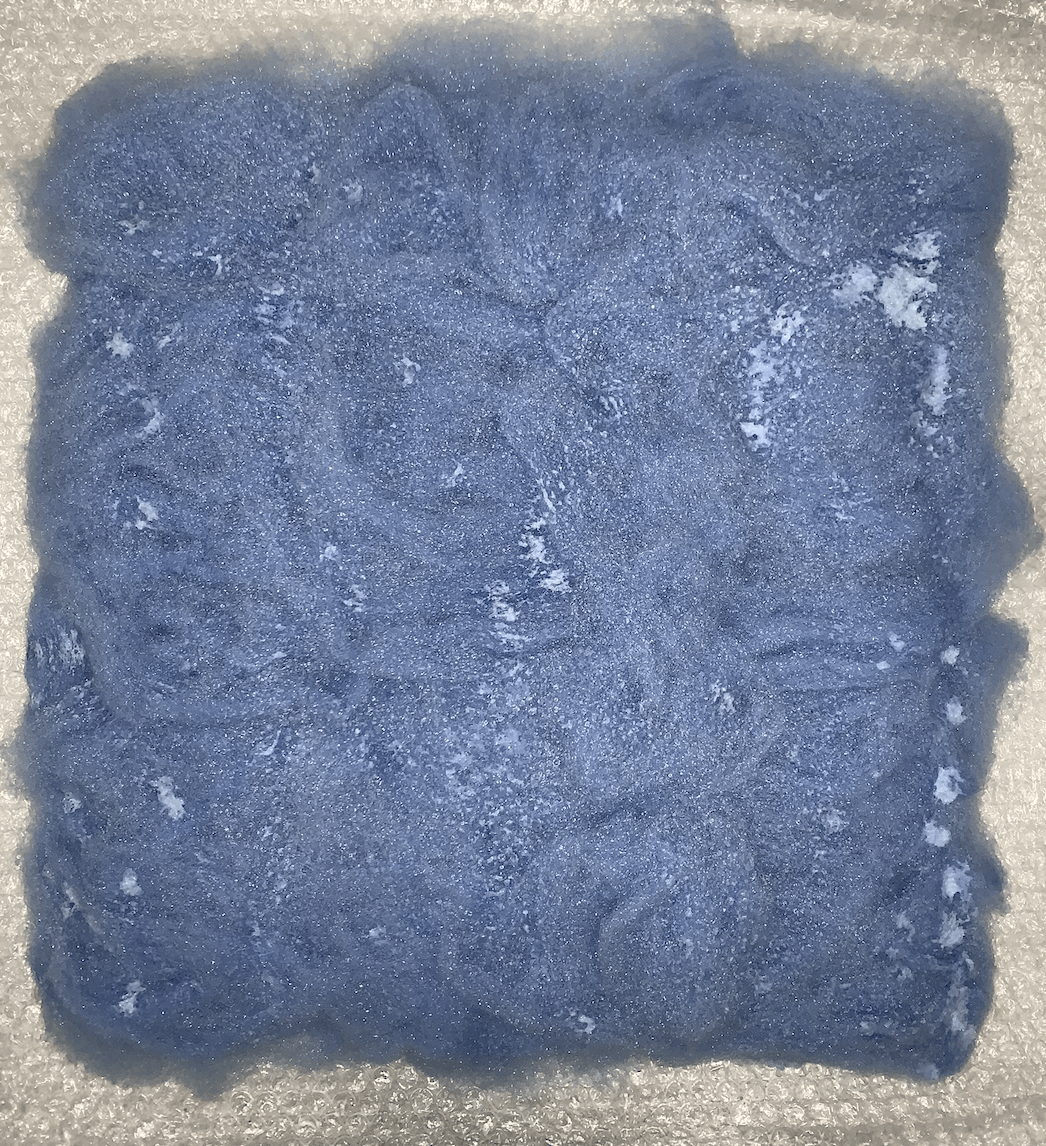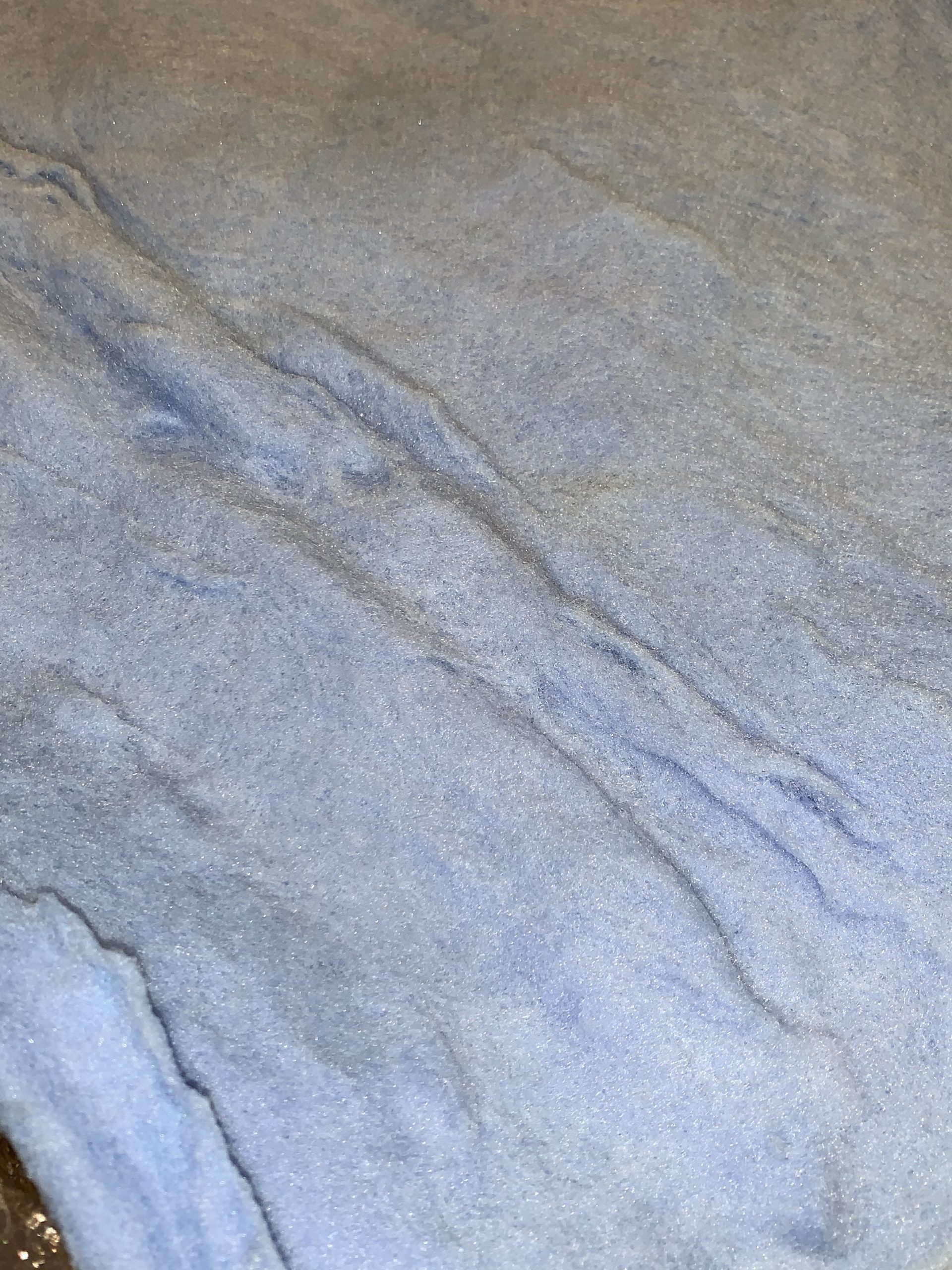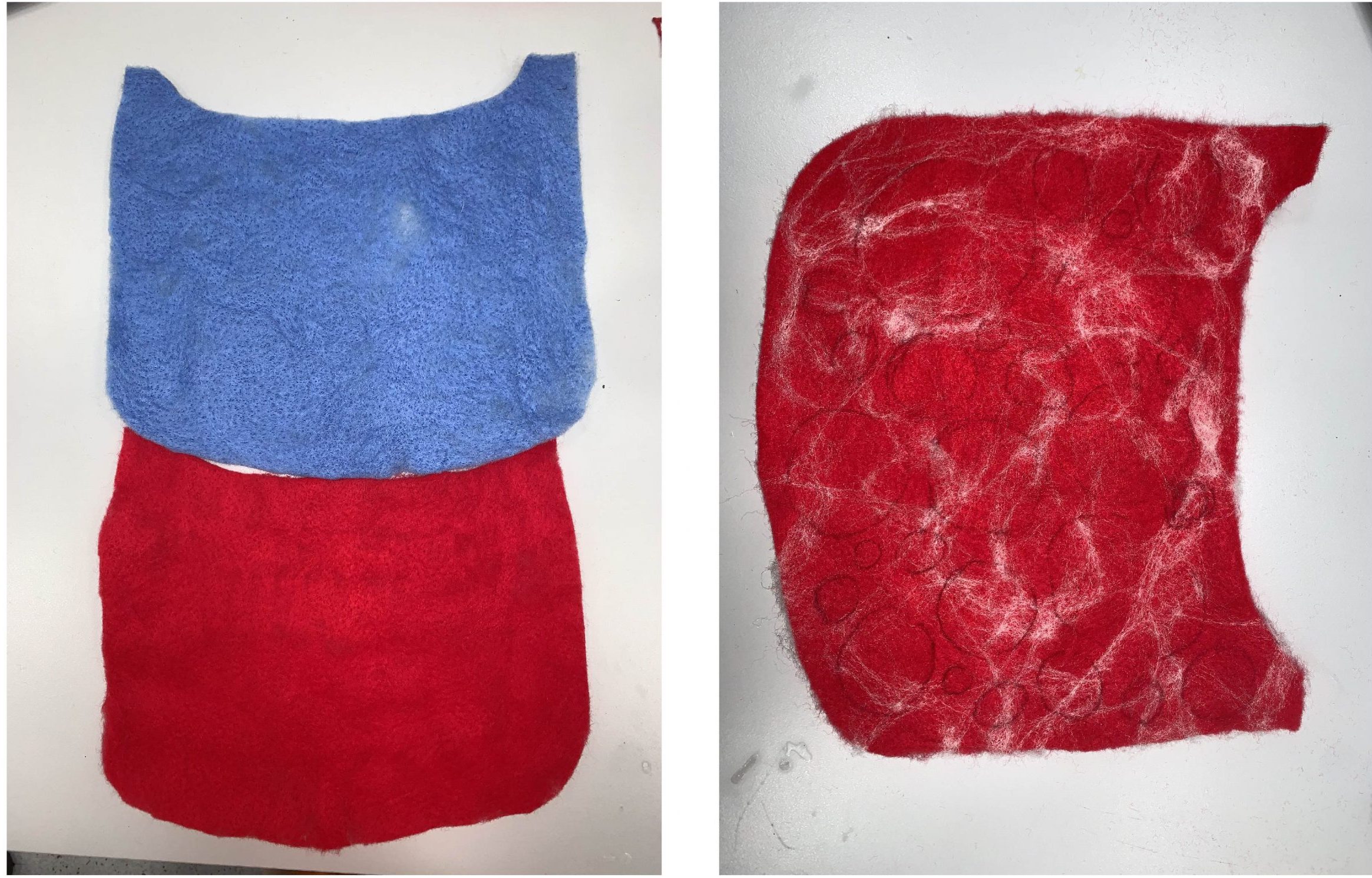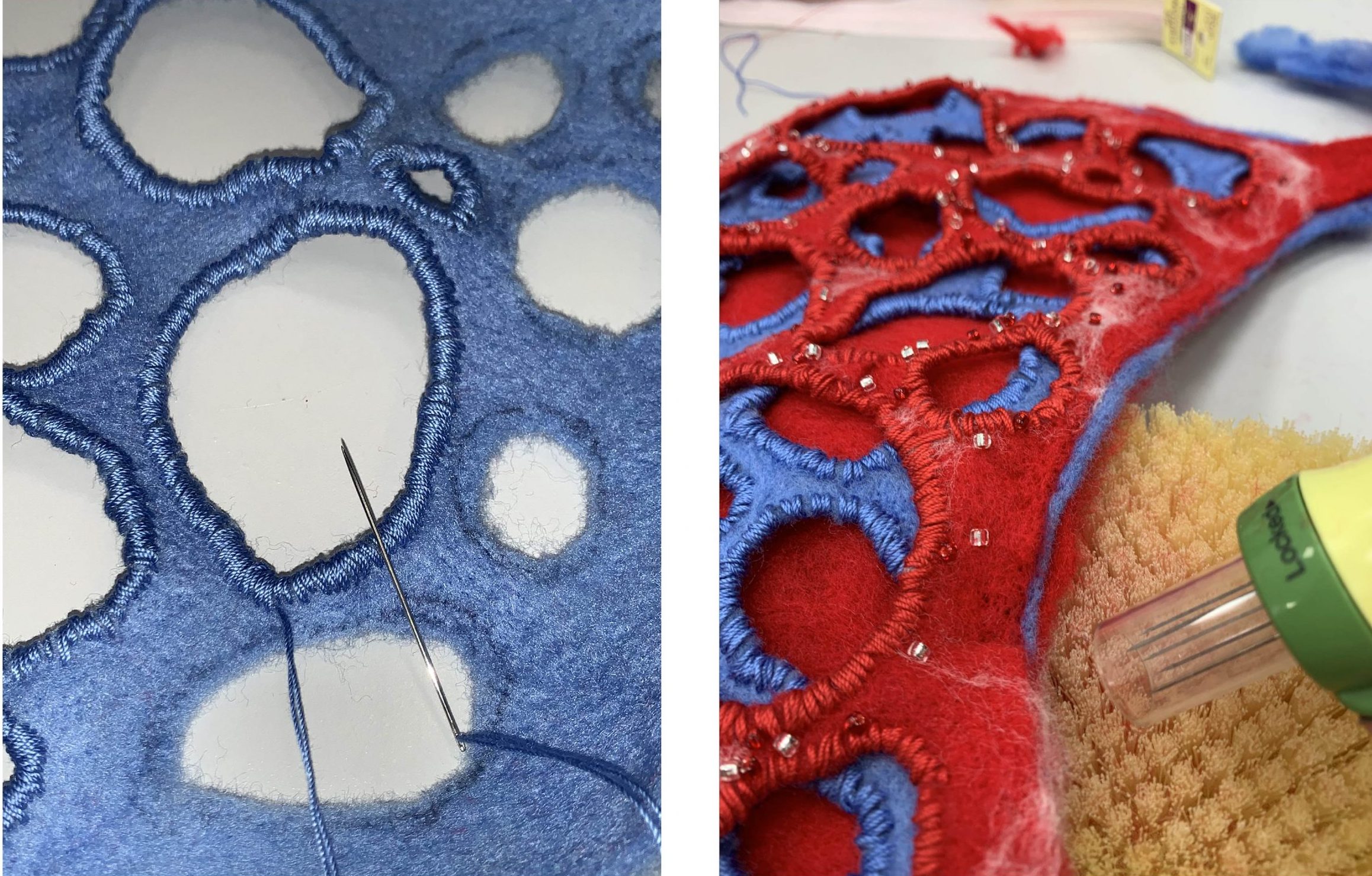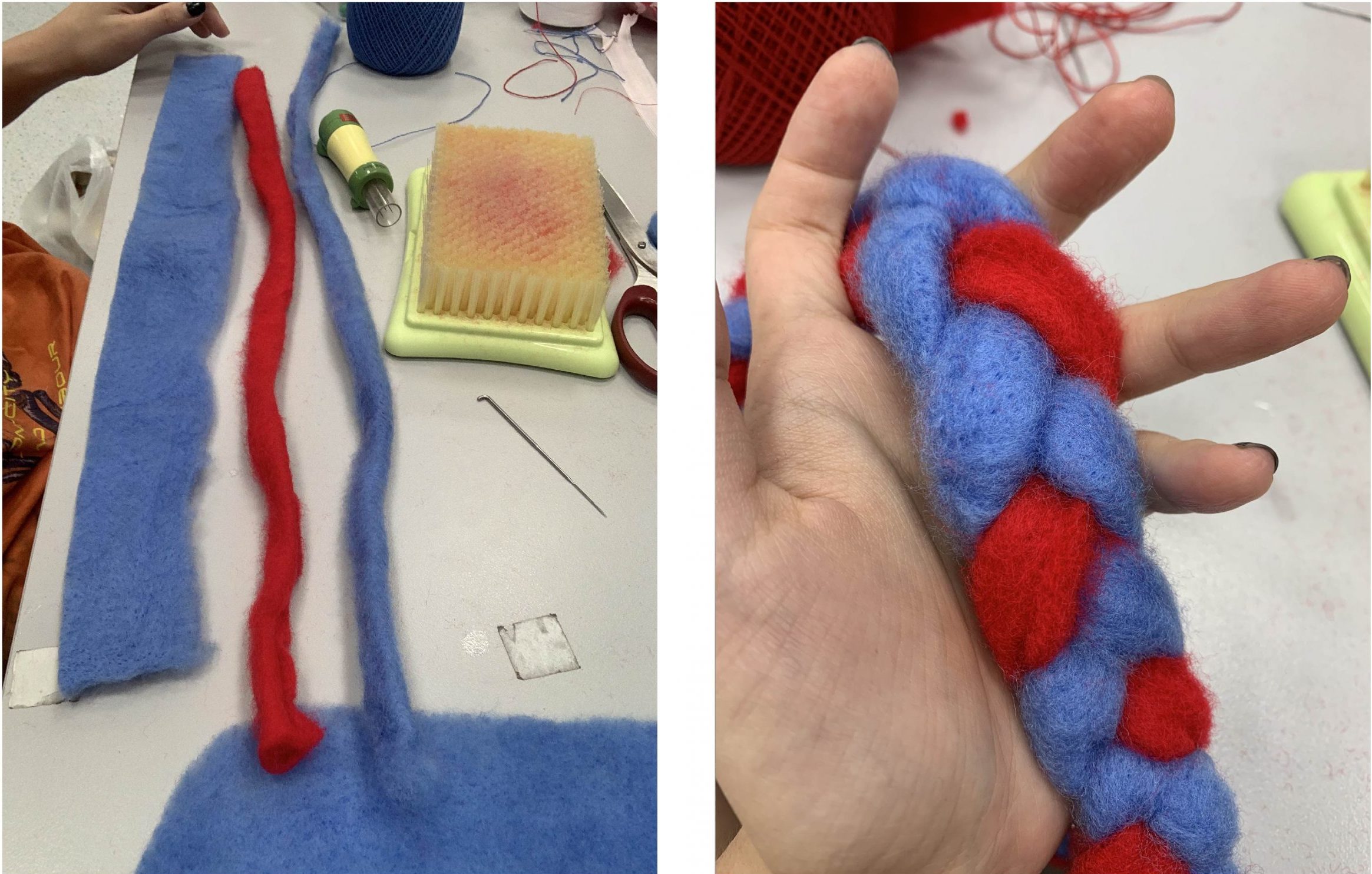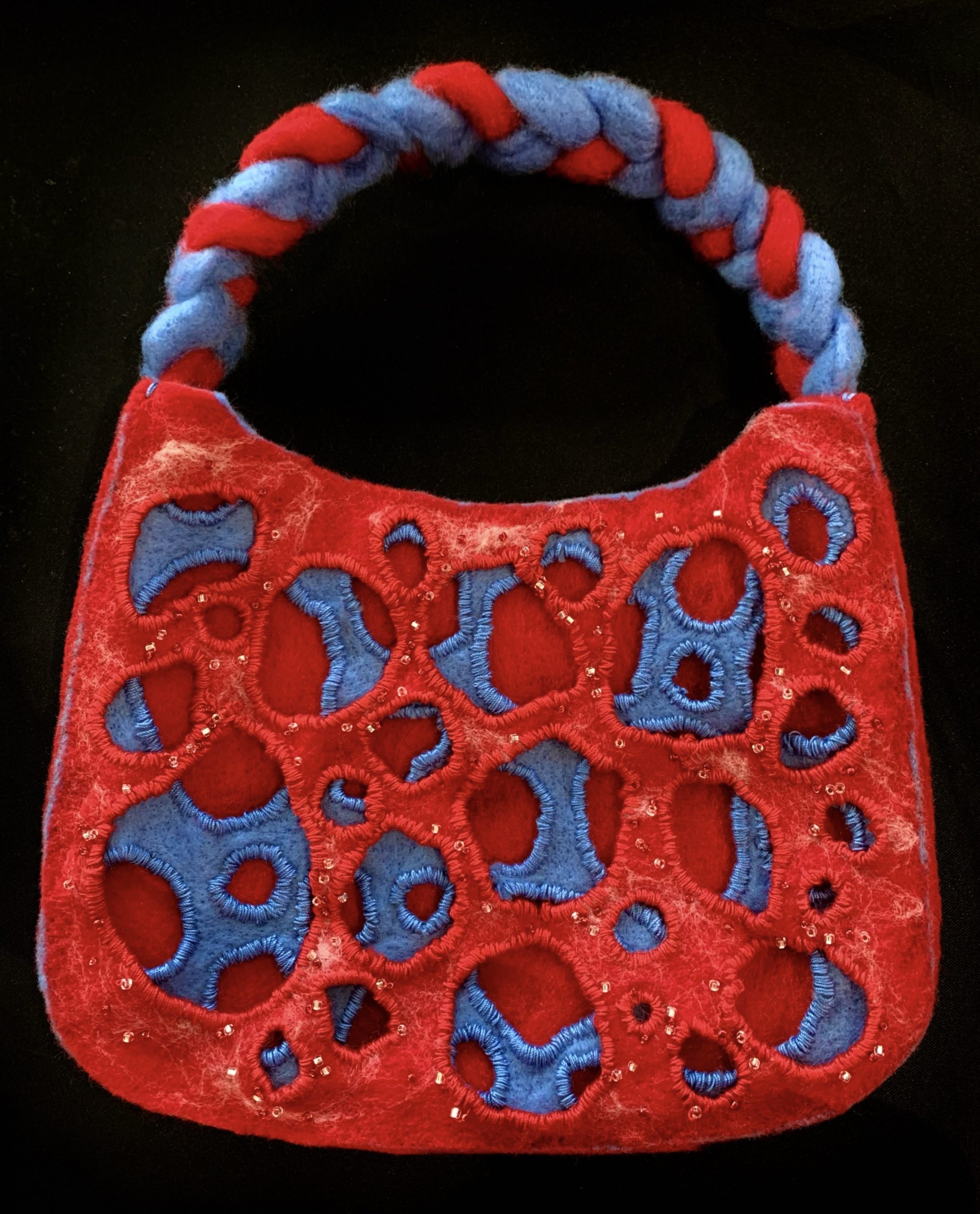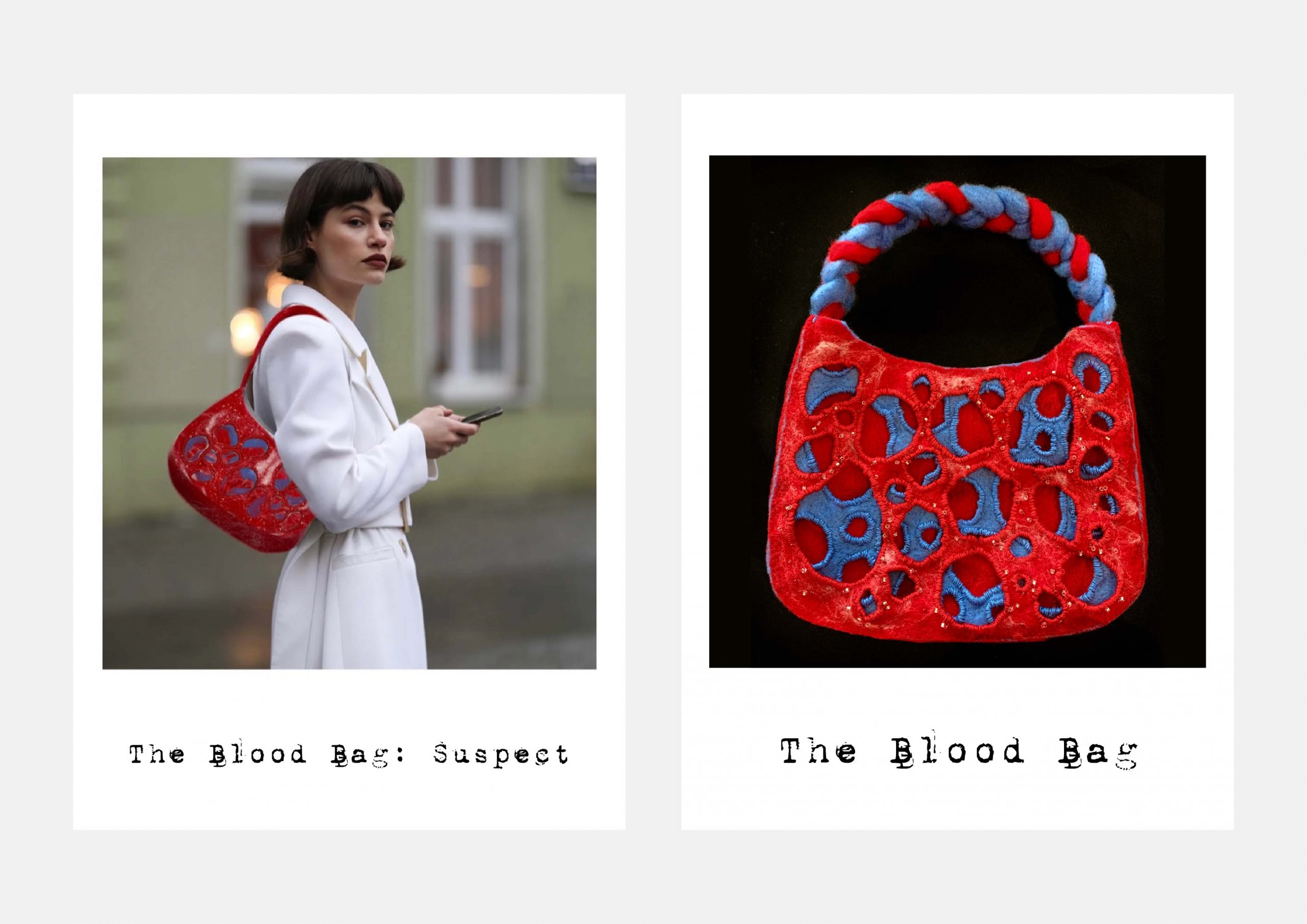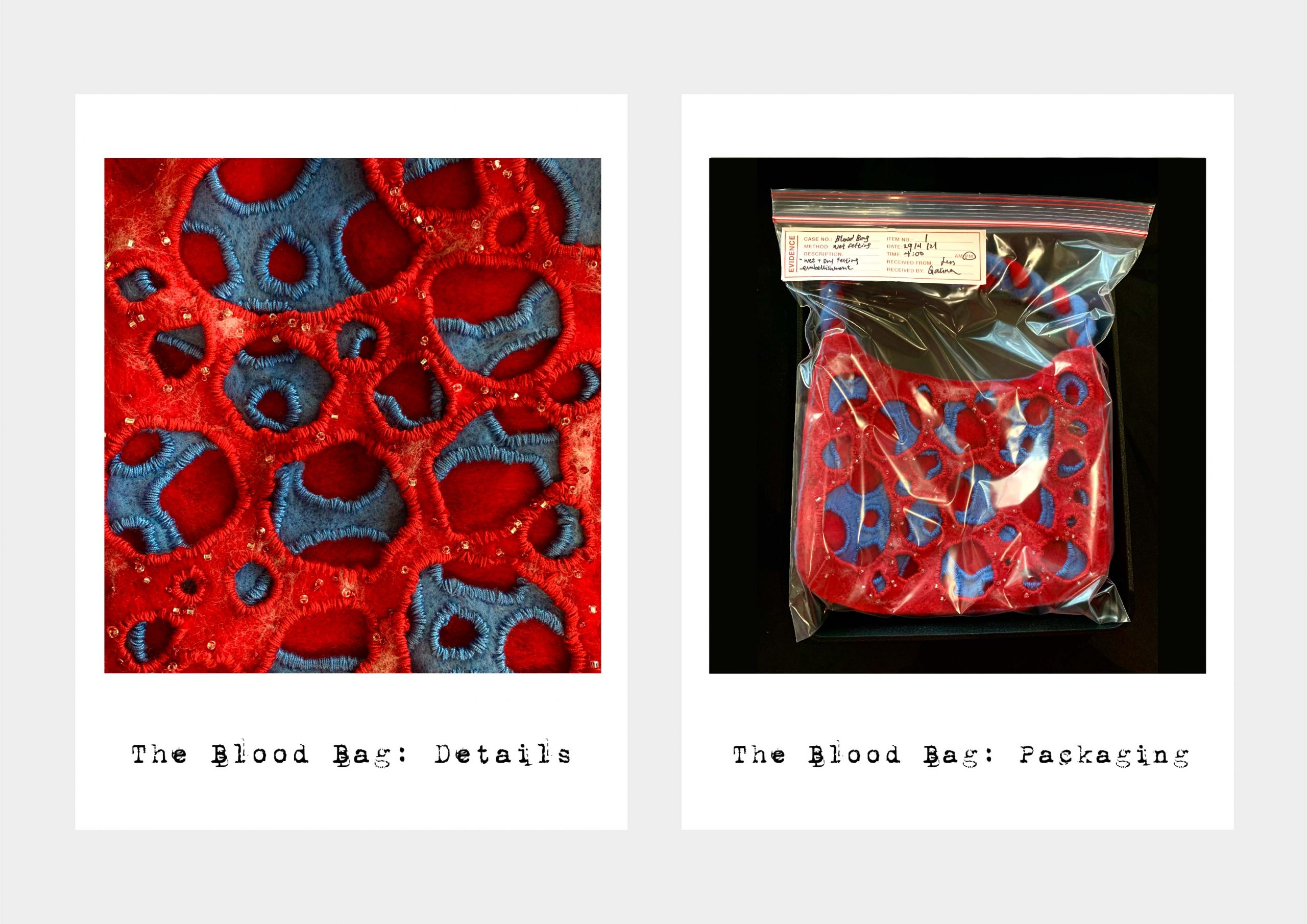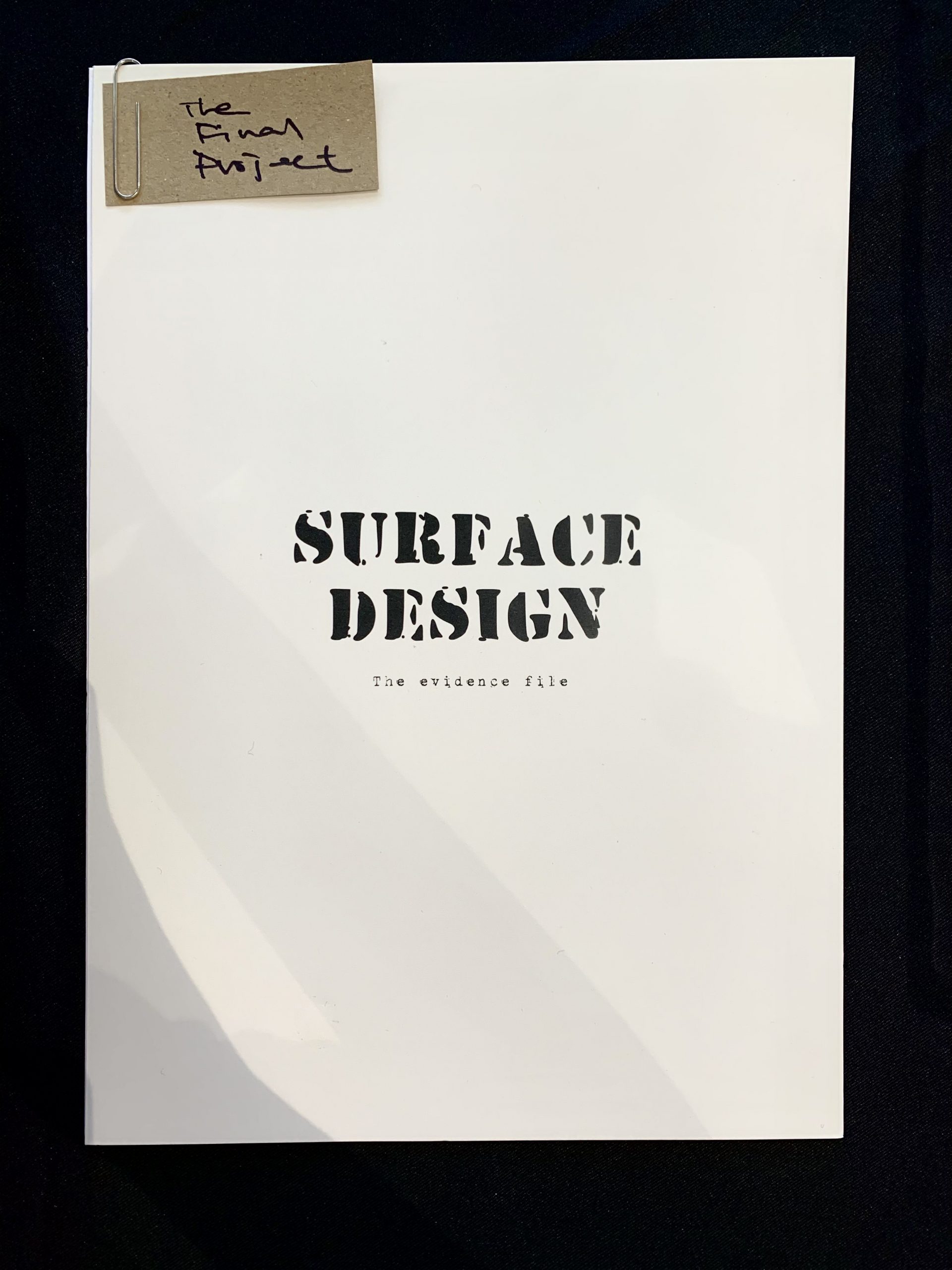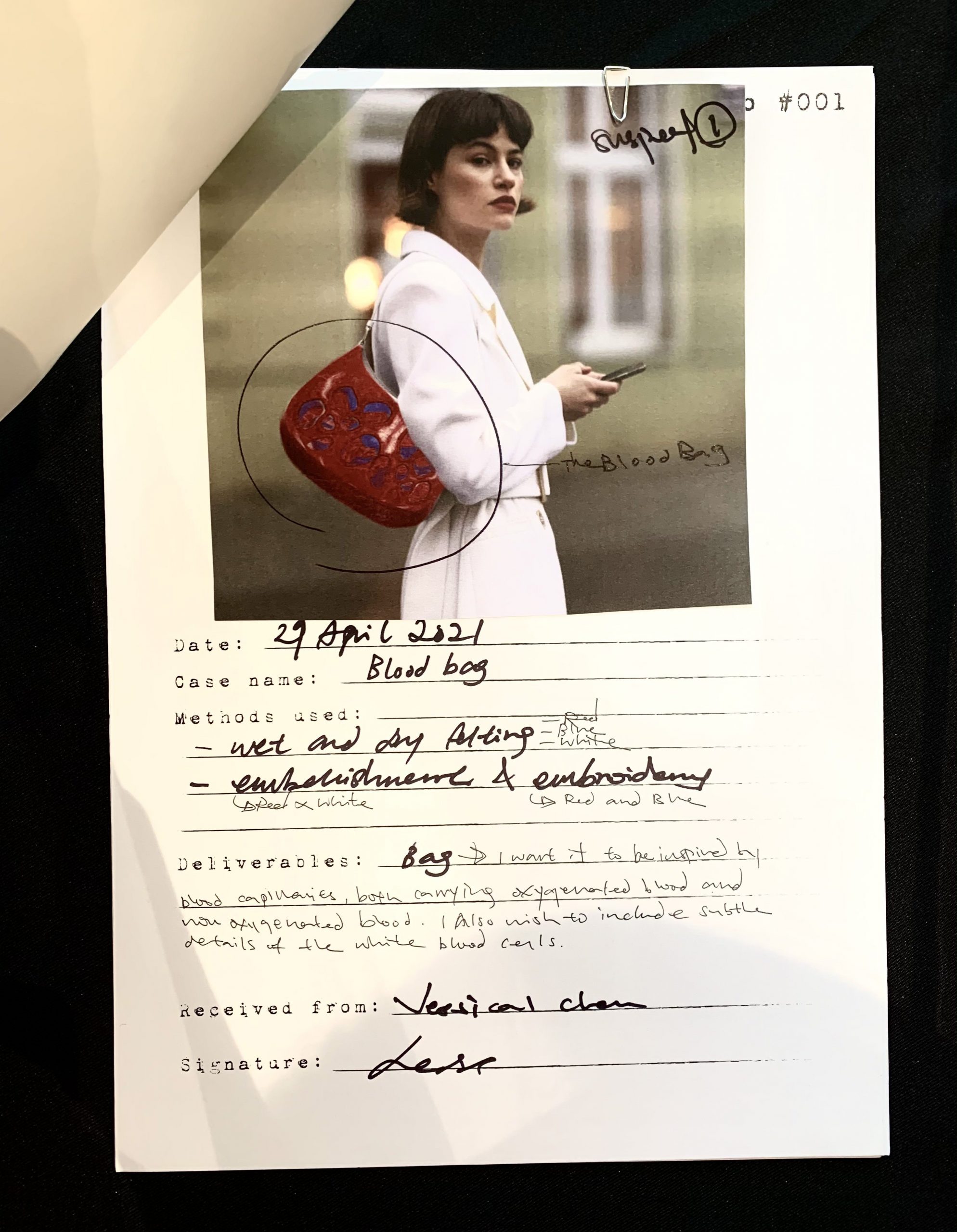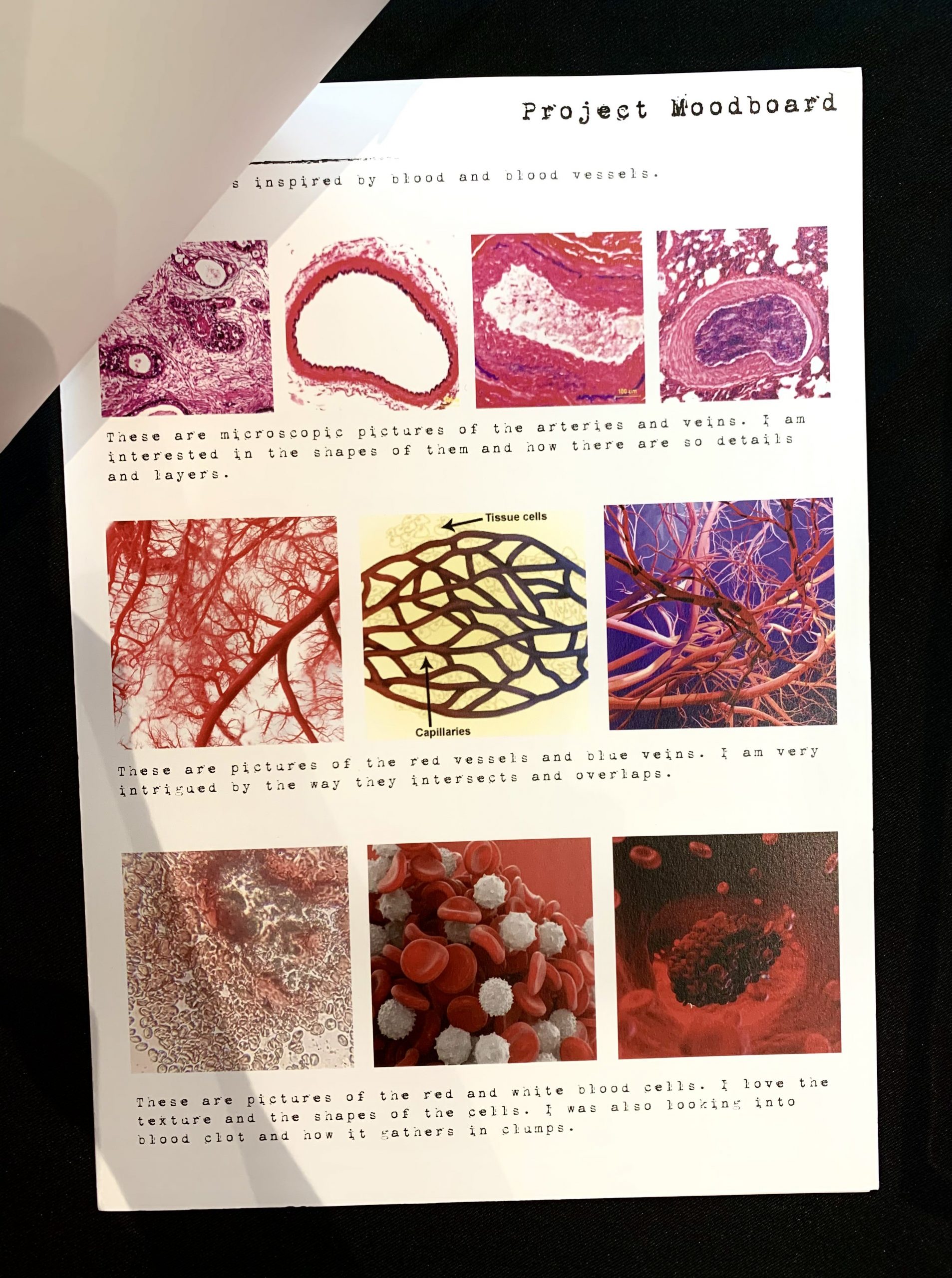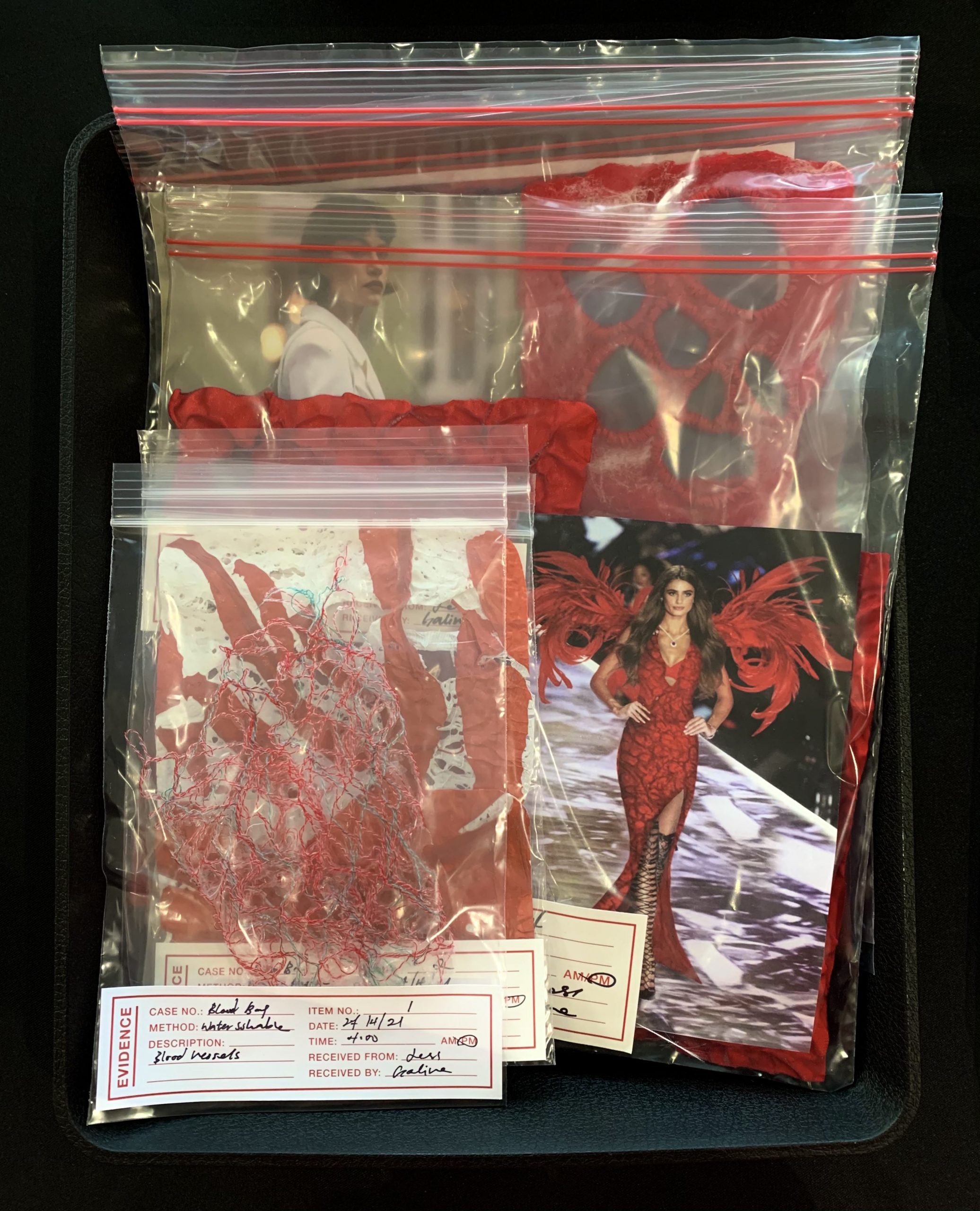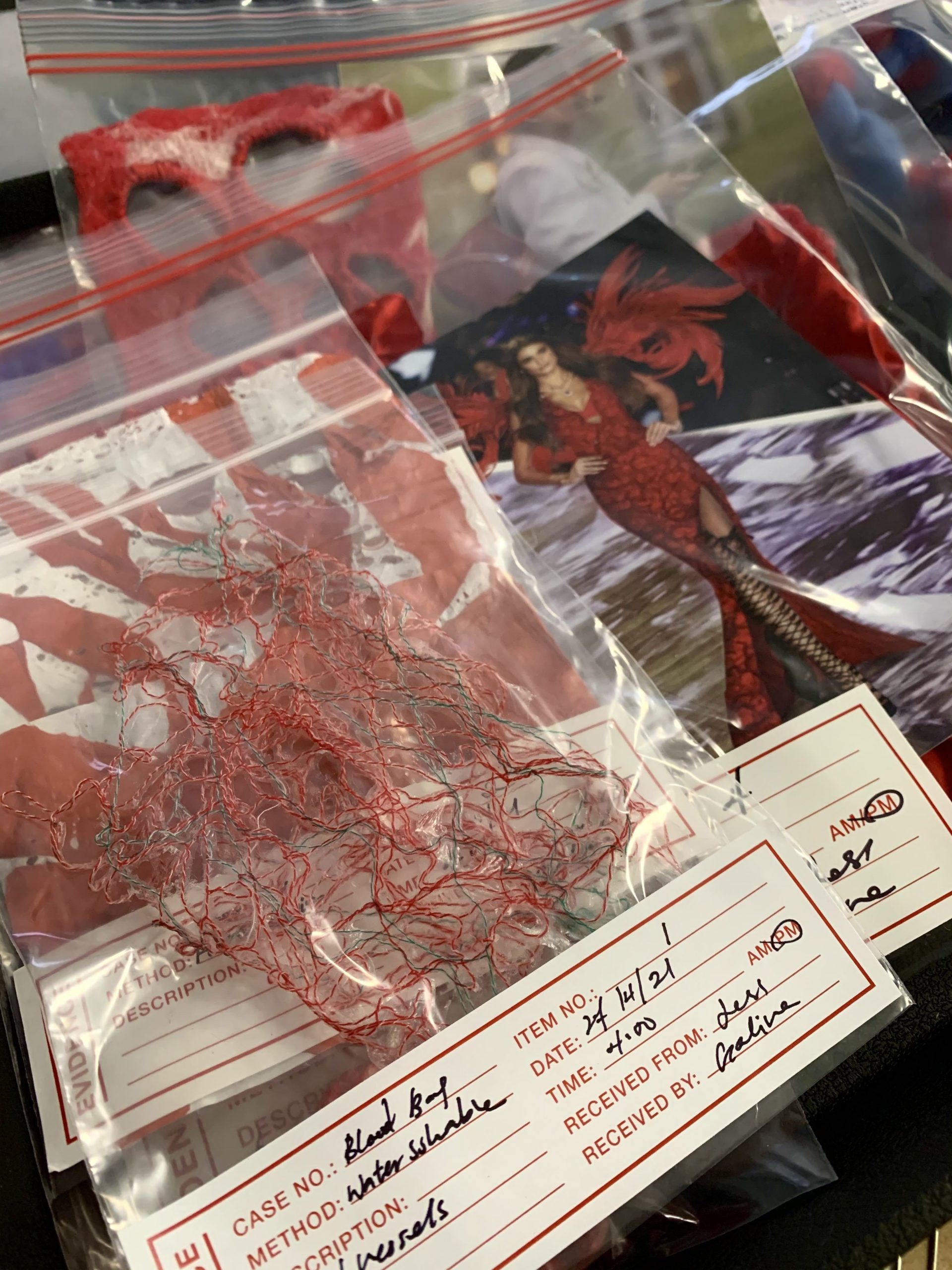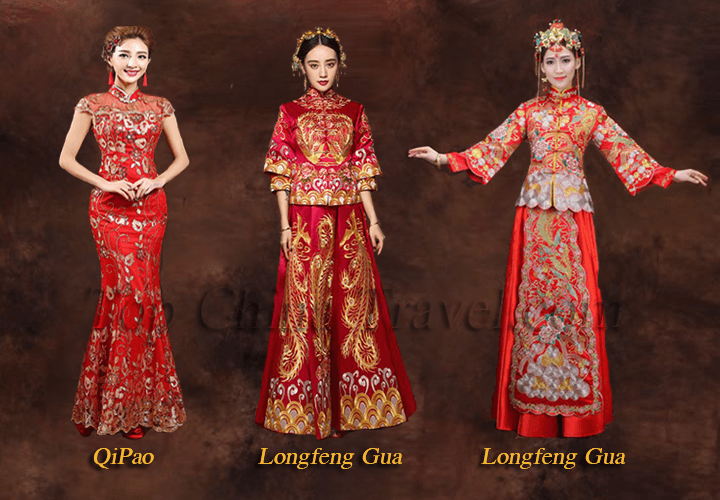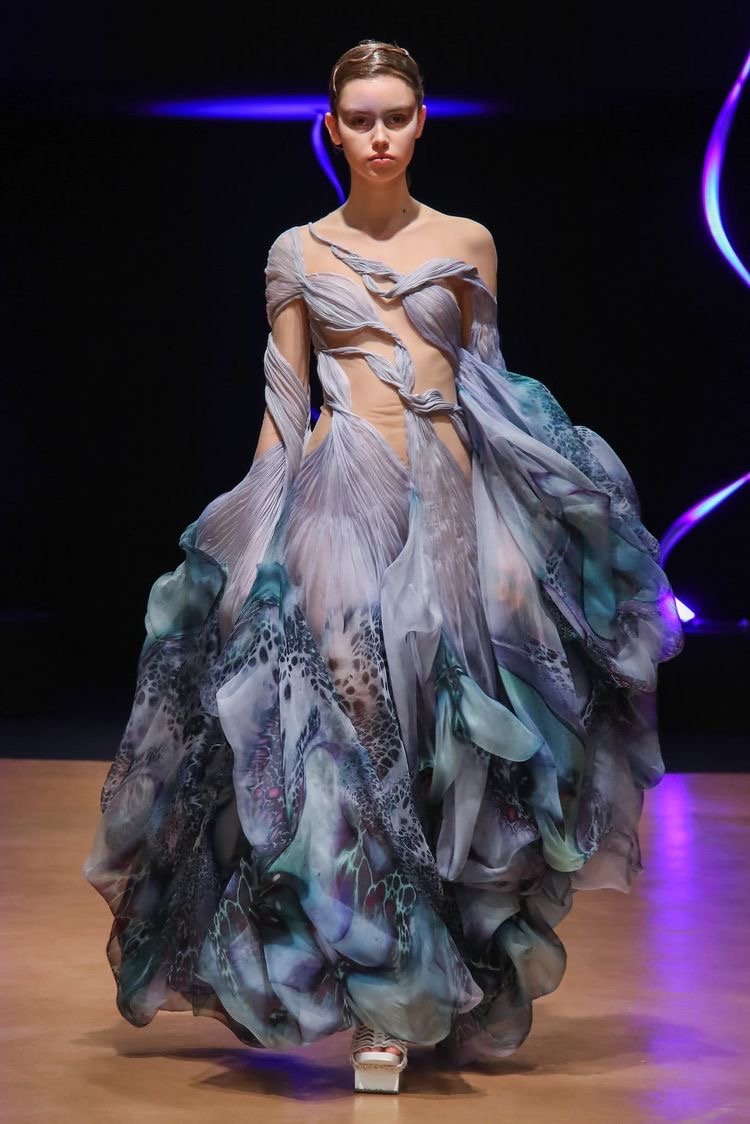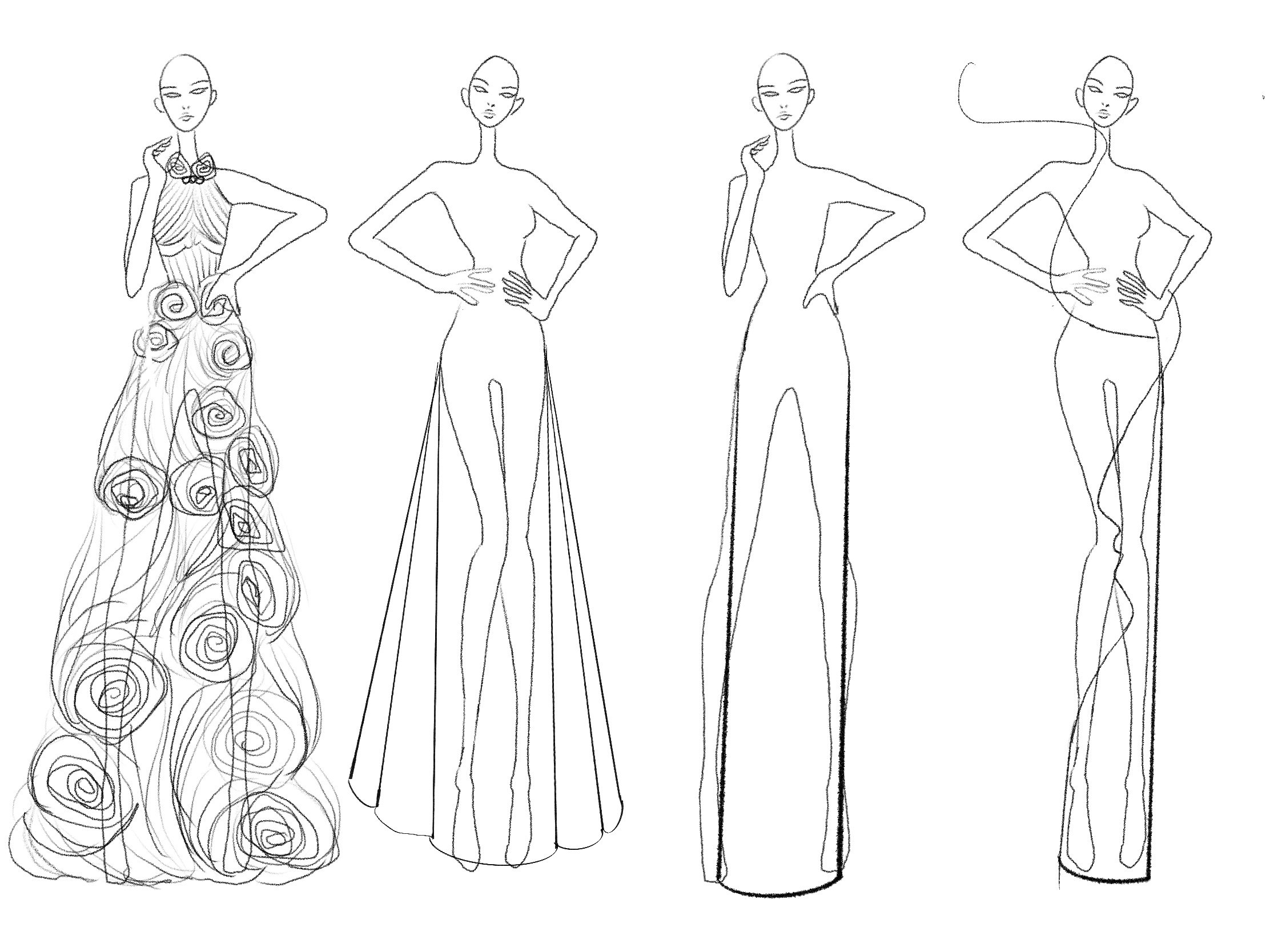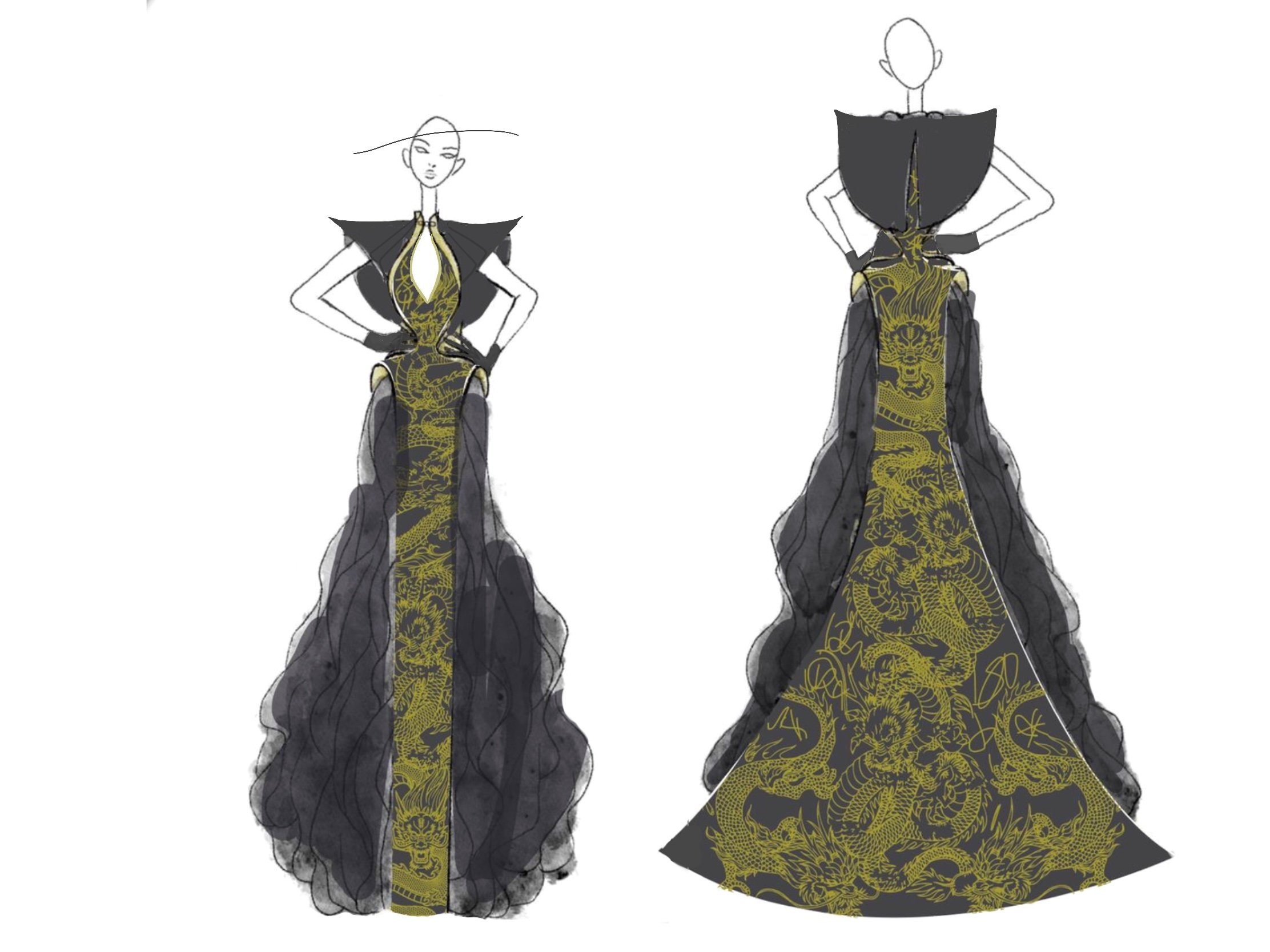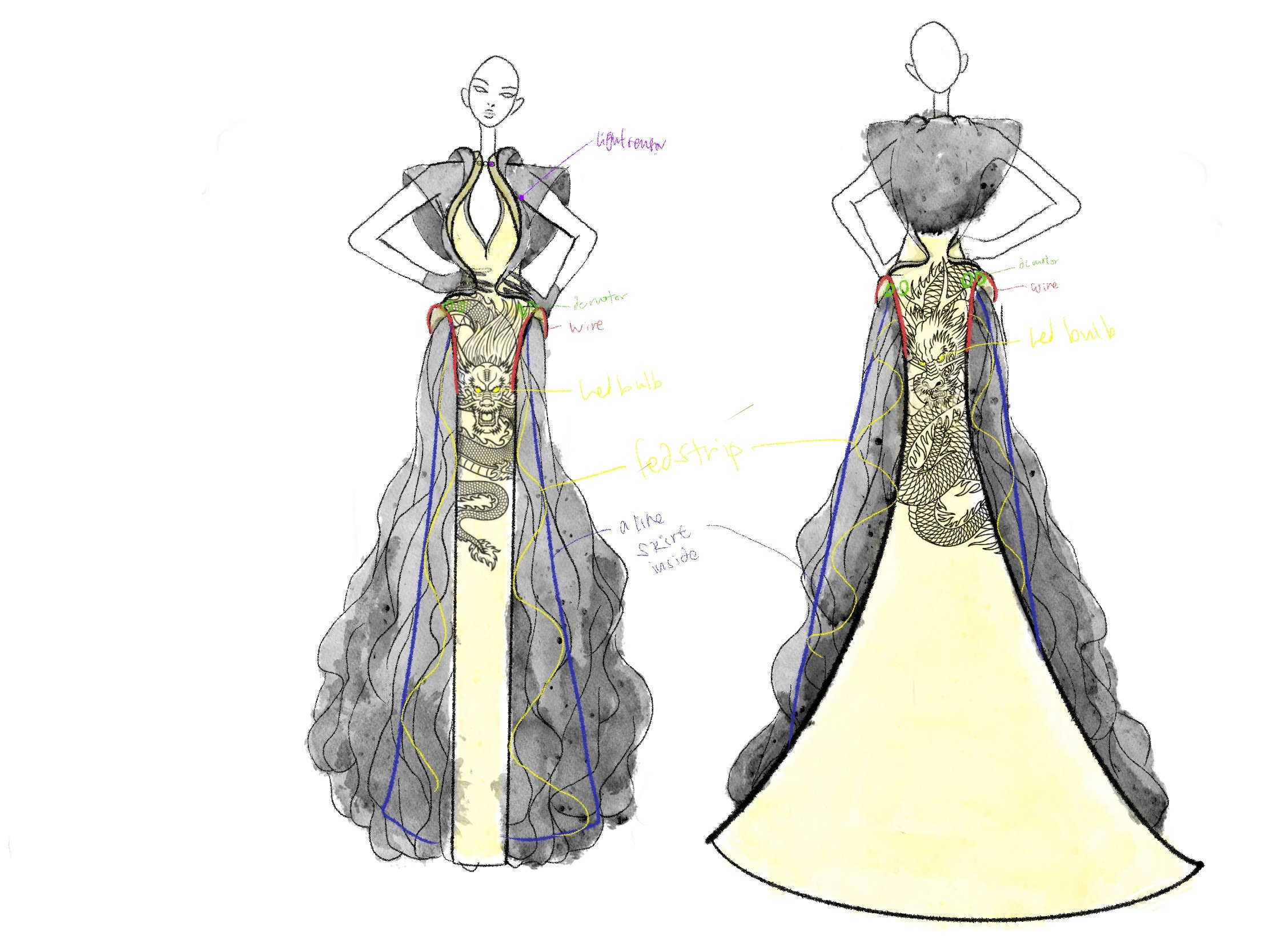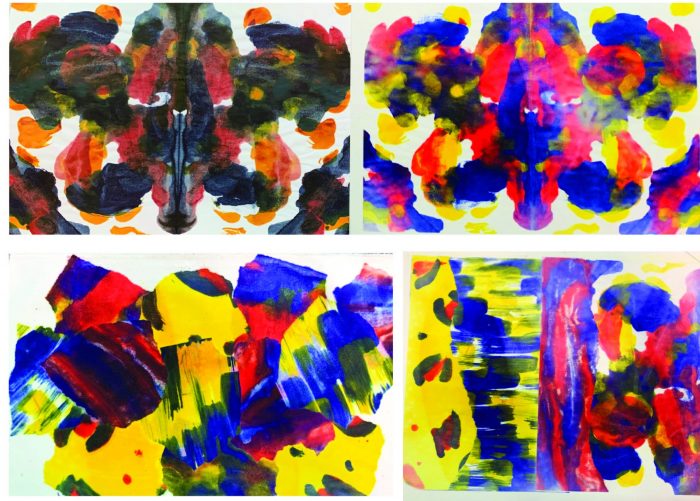
This is a journal of all the methods I have tried during my Surface Design class.
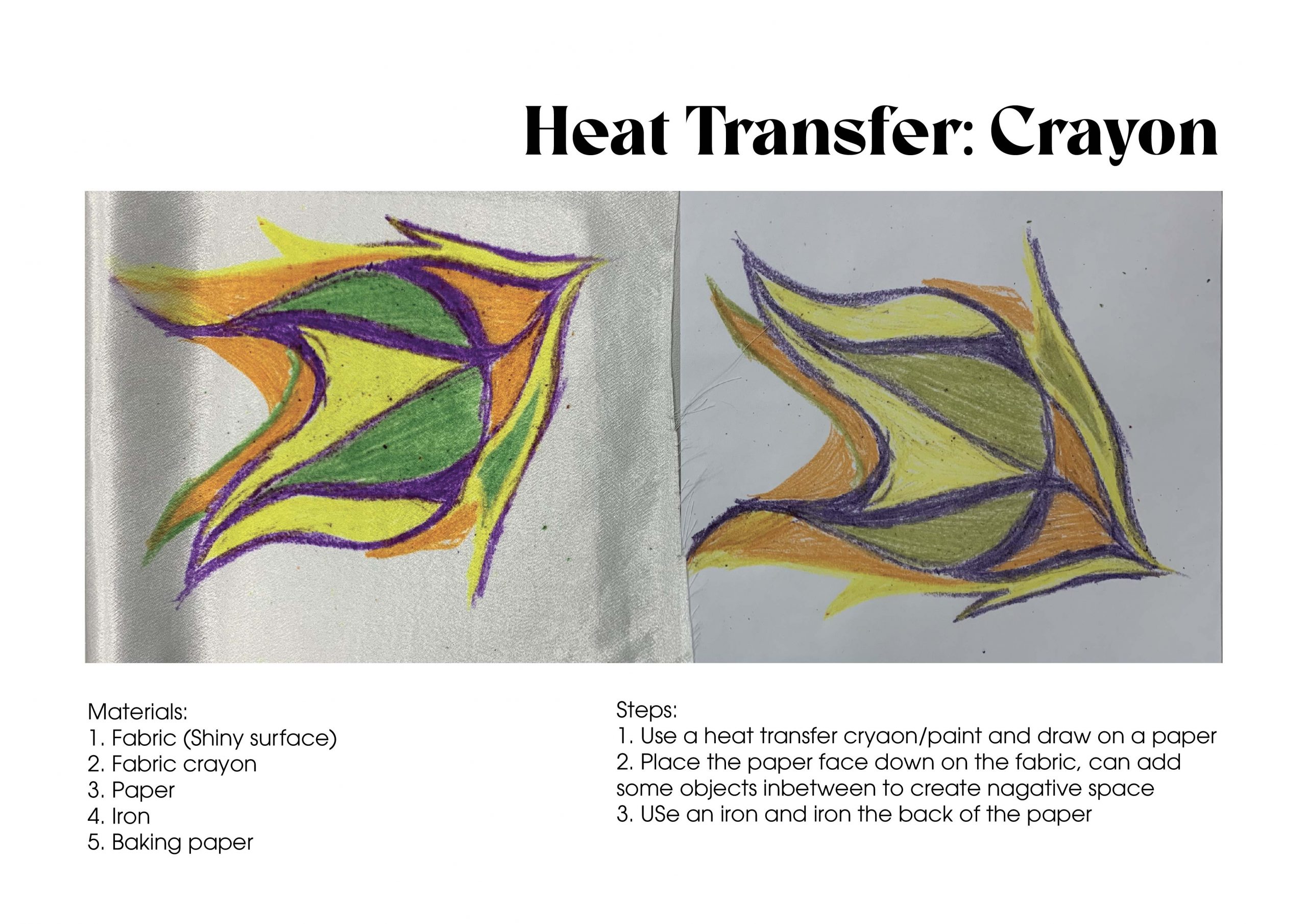
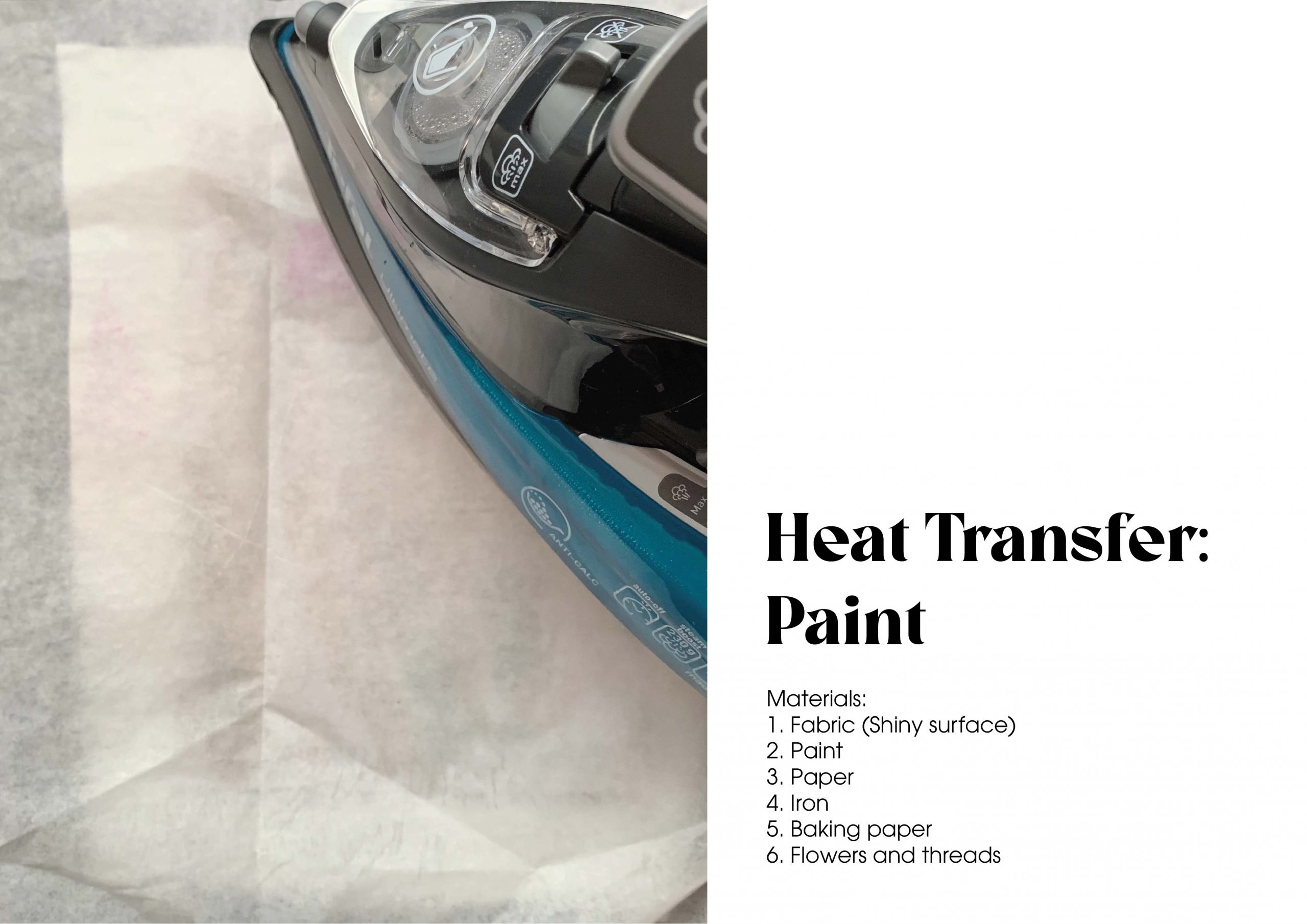
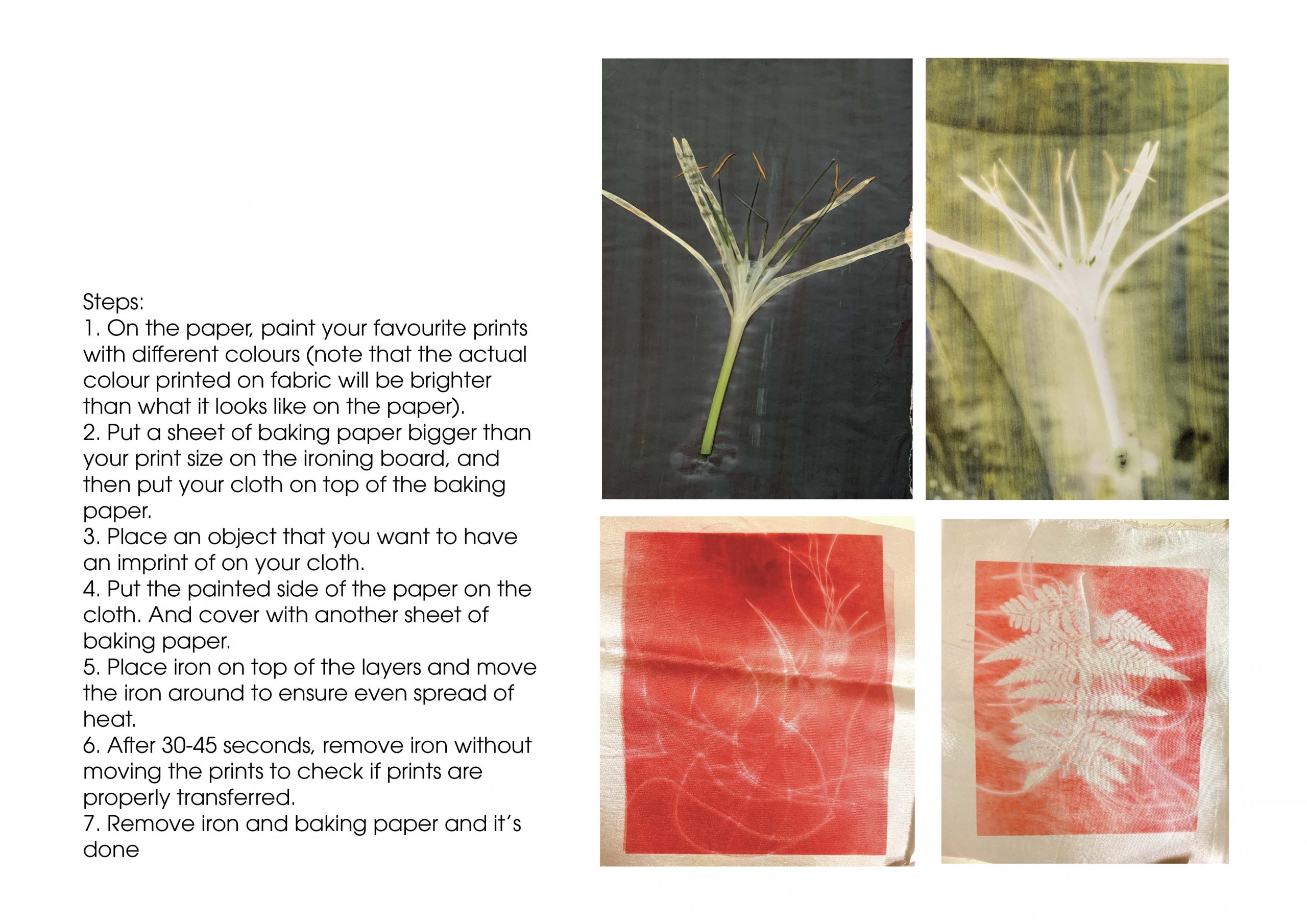
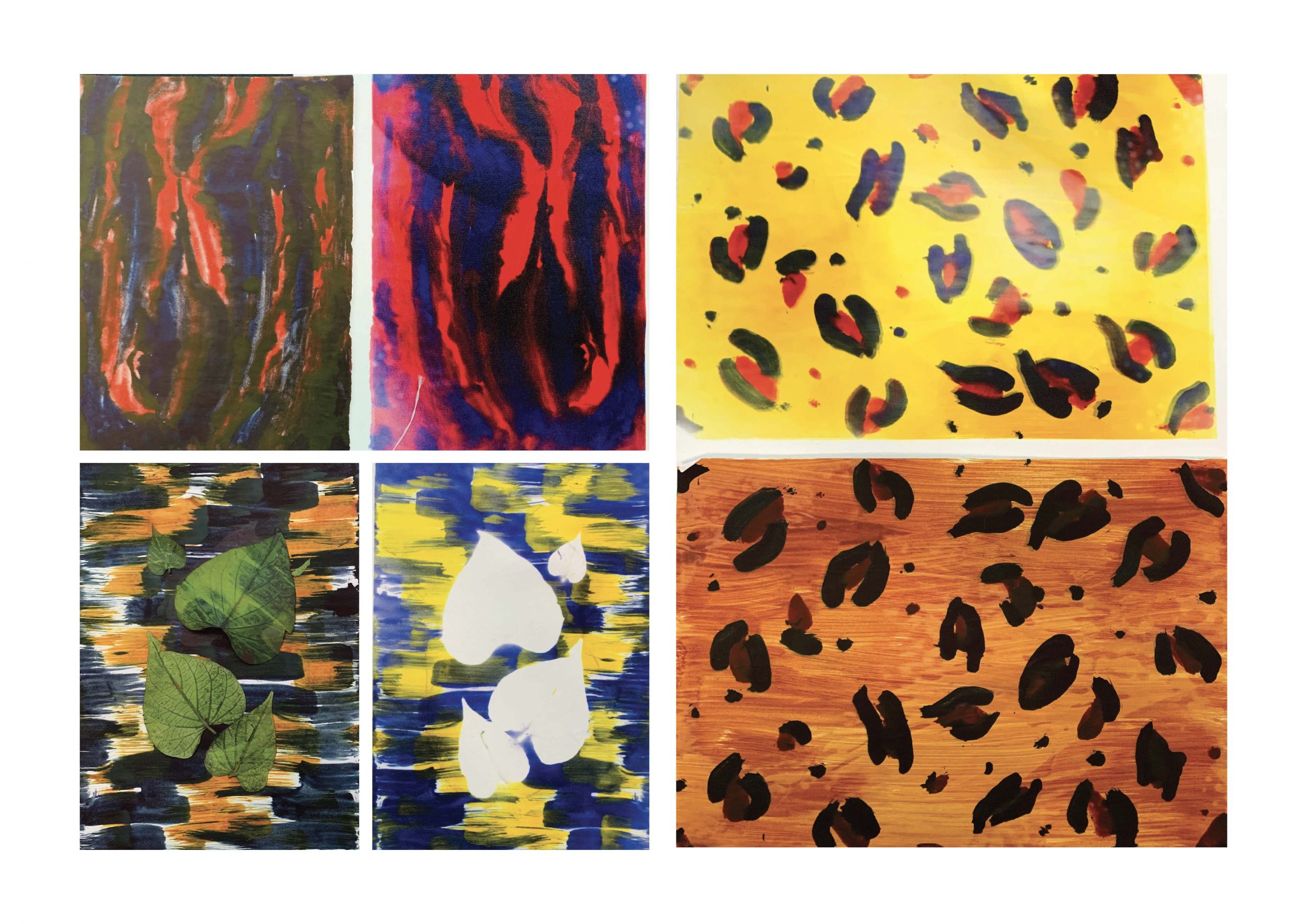
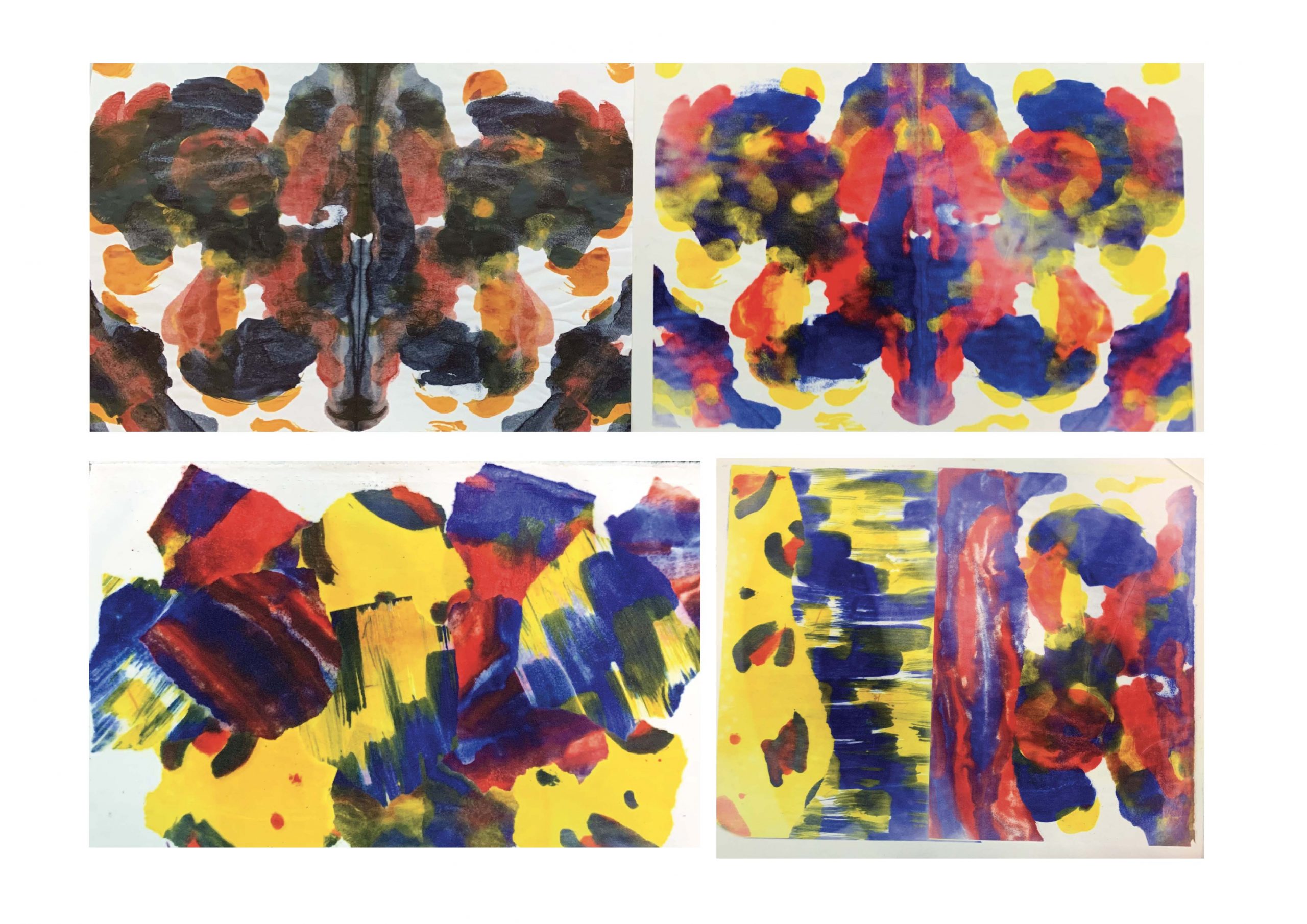
Reflection:
I think this method is very fun and lucrative. As I like to paint, this method can make it really easy for me to transfer my paintings onto any fabric I like. In addition to that, the colours are all very vibrant and additional details can be added by adding flowers and threads to create negatives.
I think this is one of my favourite methods, a lot of potential to explore.
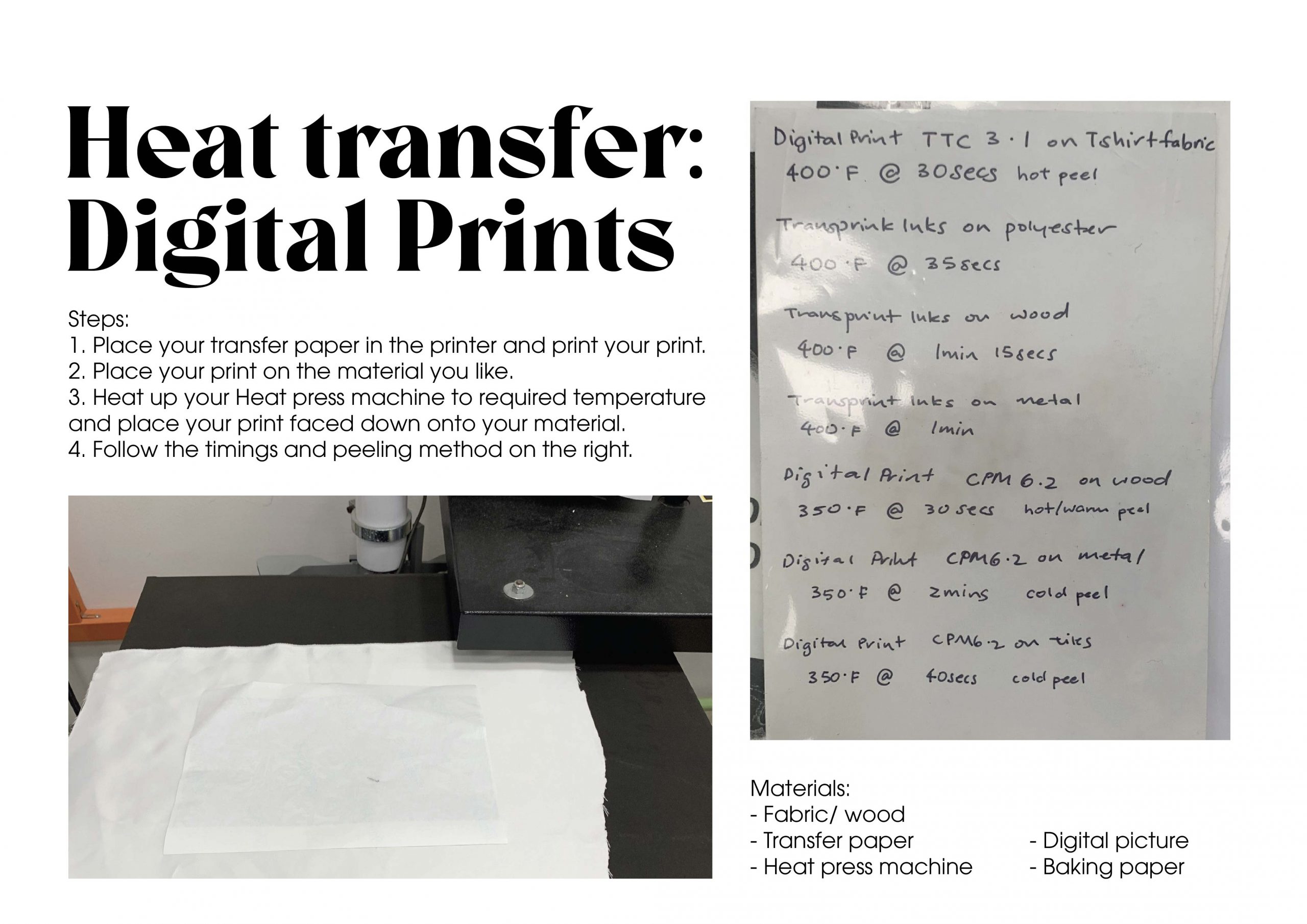
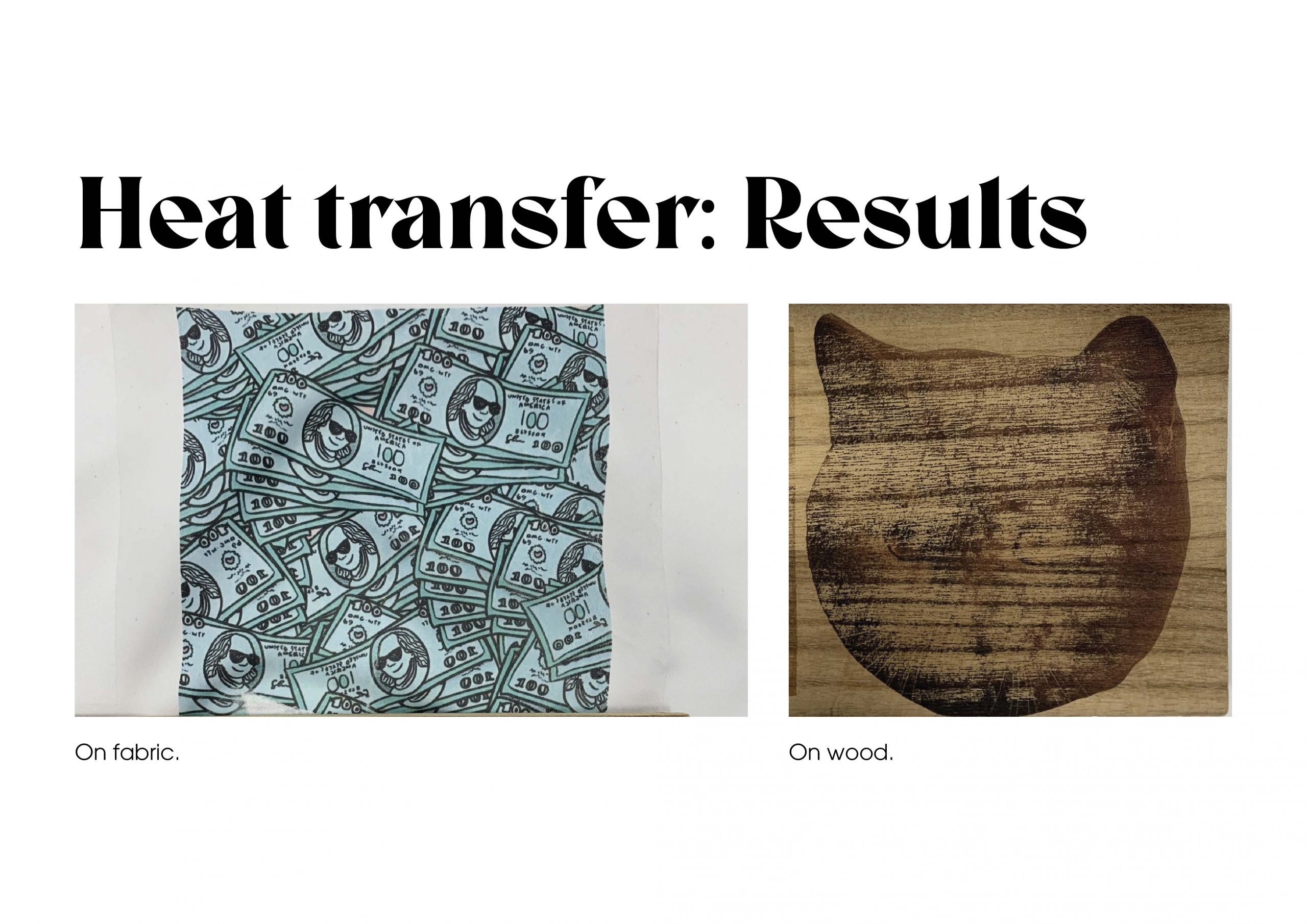
Reflection:
I think this method is very straight forward and easy to execute as well. this method also has a lot of potential to create my own prints. I’m not a fan of the print on wood, but the one on the fabric is very beautiful!
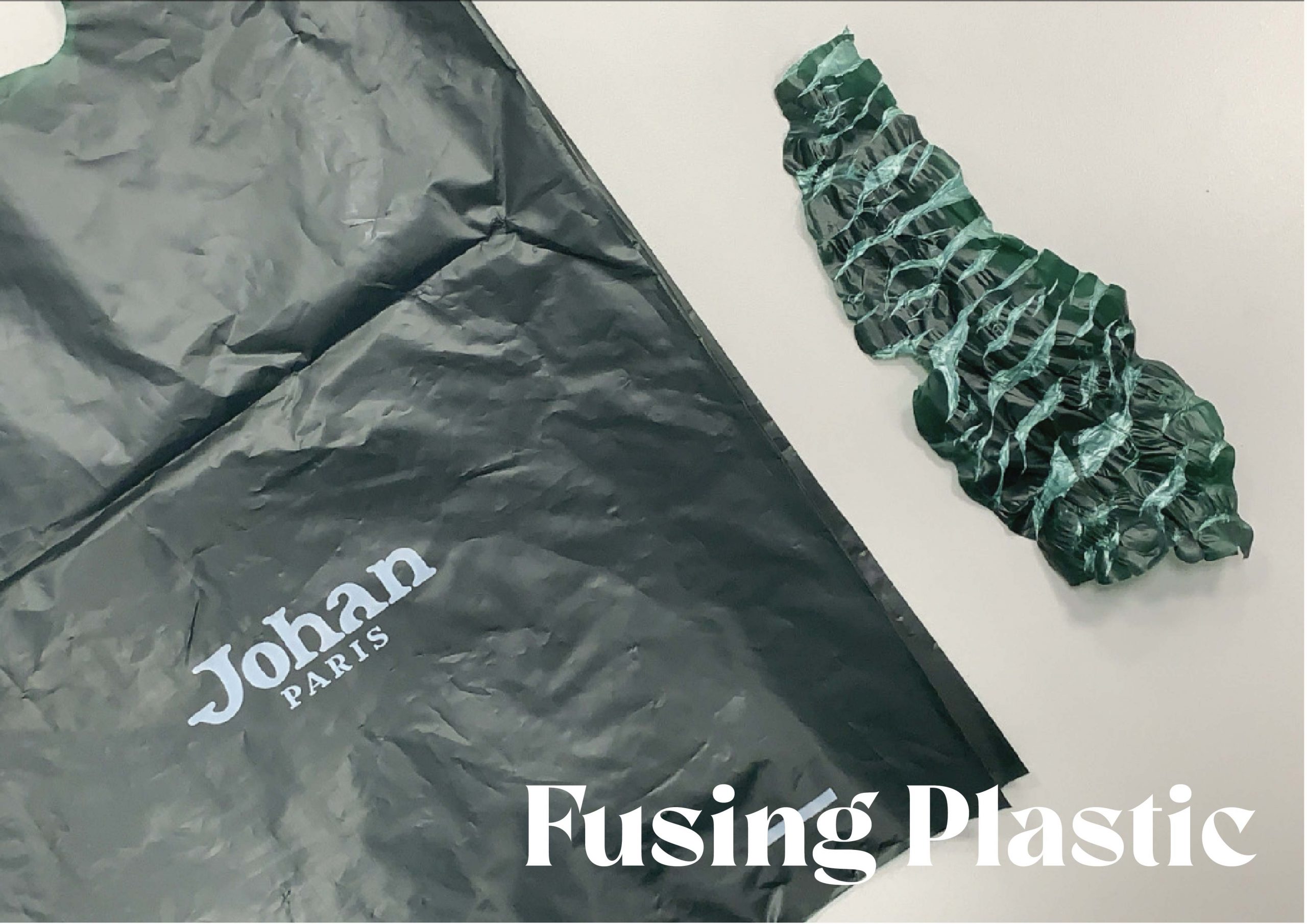
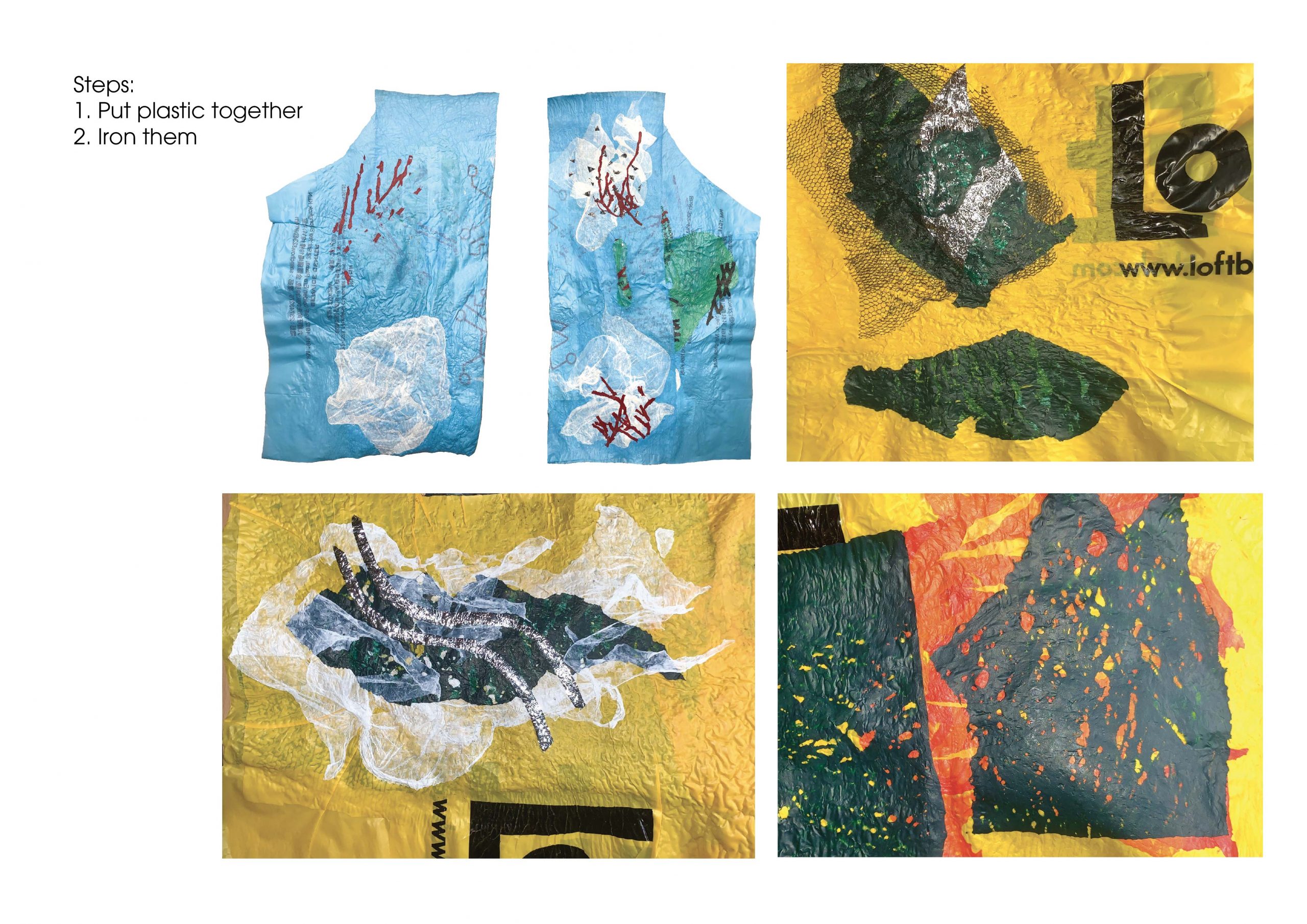

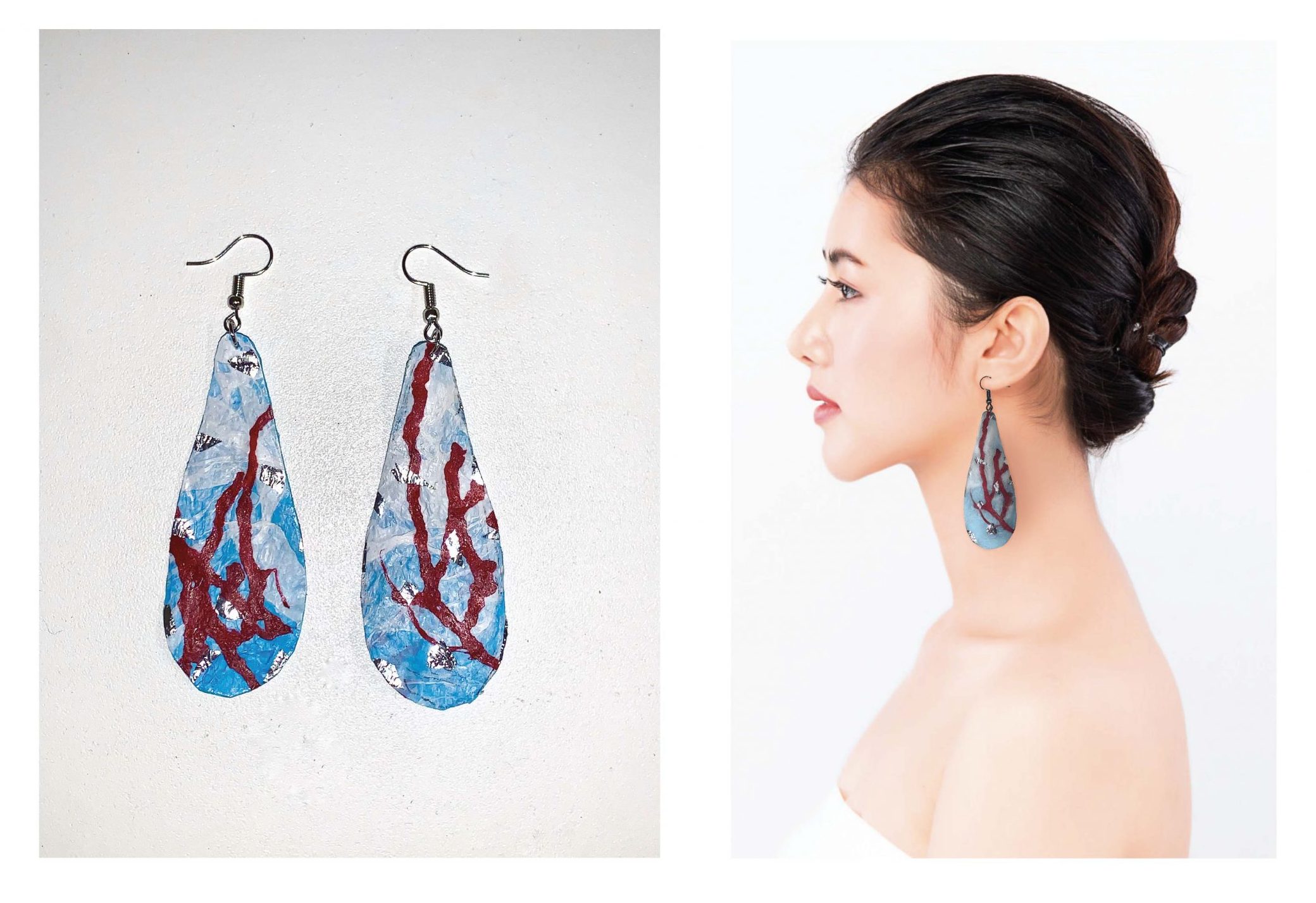
Reflection:
I love this method! One of my favourite methods as well. This method has a lot of potential and I feel like it can create a lot of raw and organic compositions. I feel like this can be an execution method of a sustainable project. This method creates very hard plastic items, so I think it is more suitable for jewellery or bags.
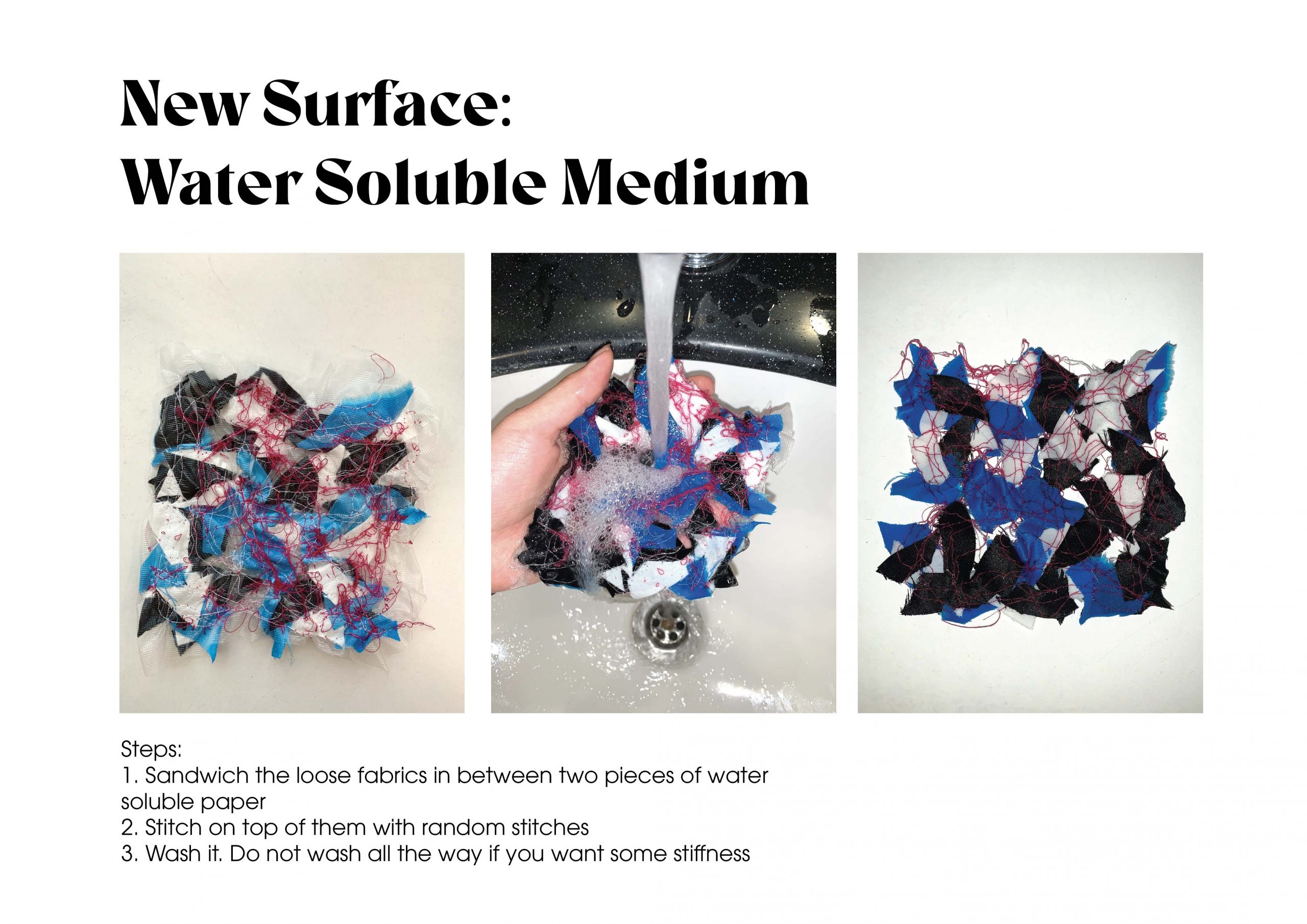
Reflection:
This is an amazing method as well, and I can see myself using it for a sustainable project by reusing all the small left over fabric. This method is very lucrative as well and the interactive between the water and water soluble material intrigues me heavy.
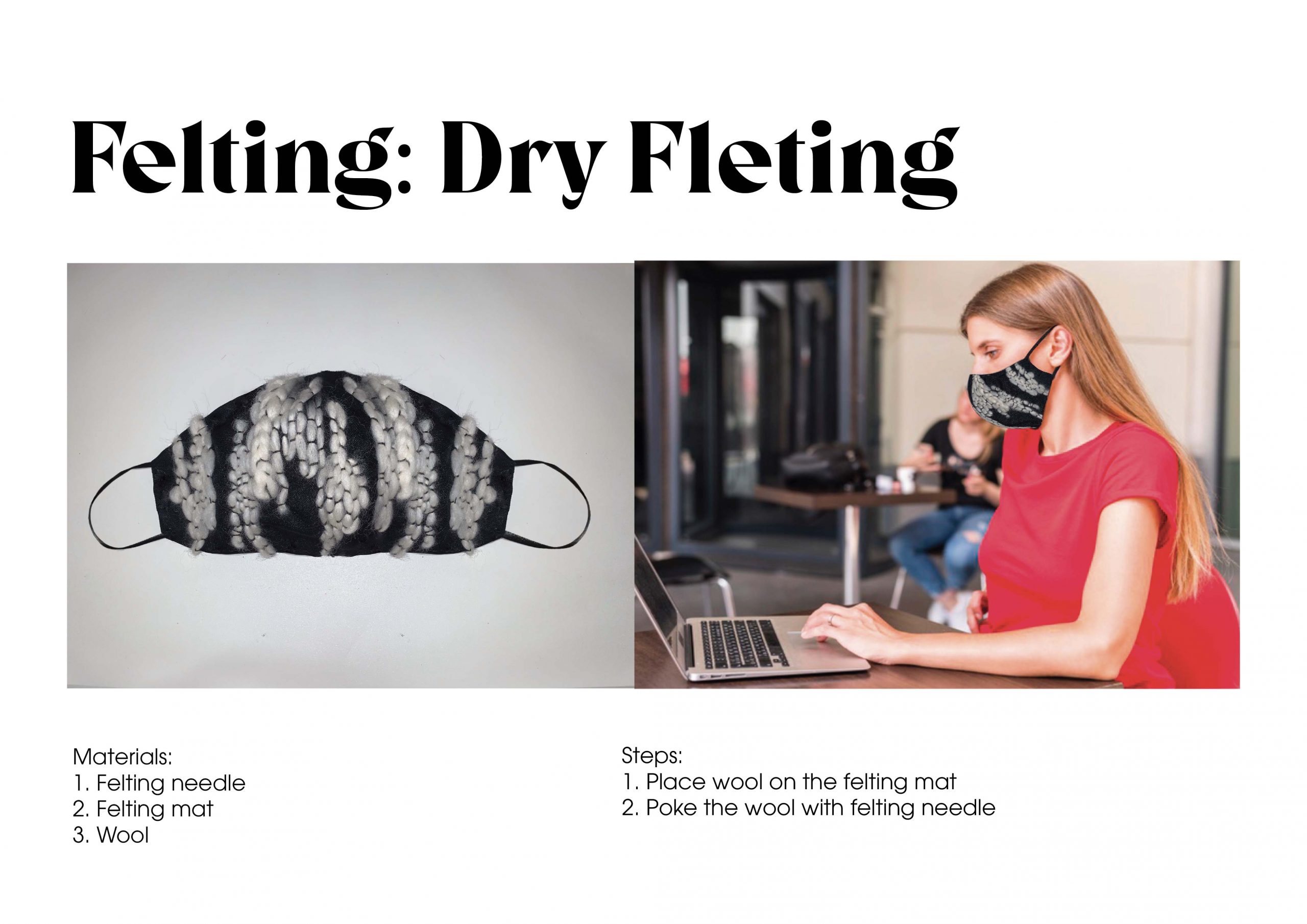
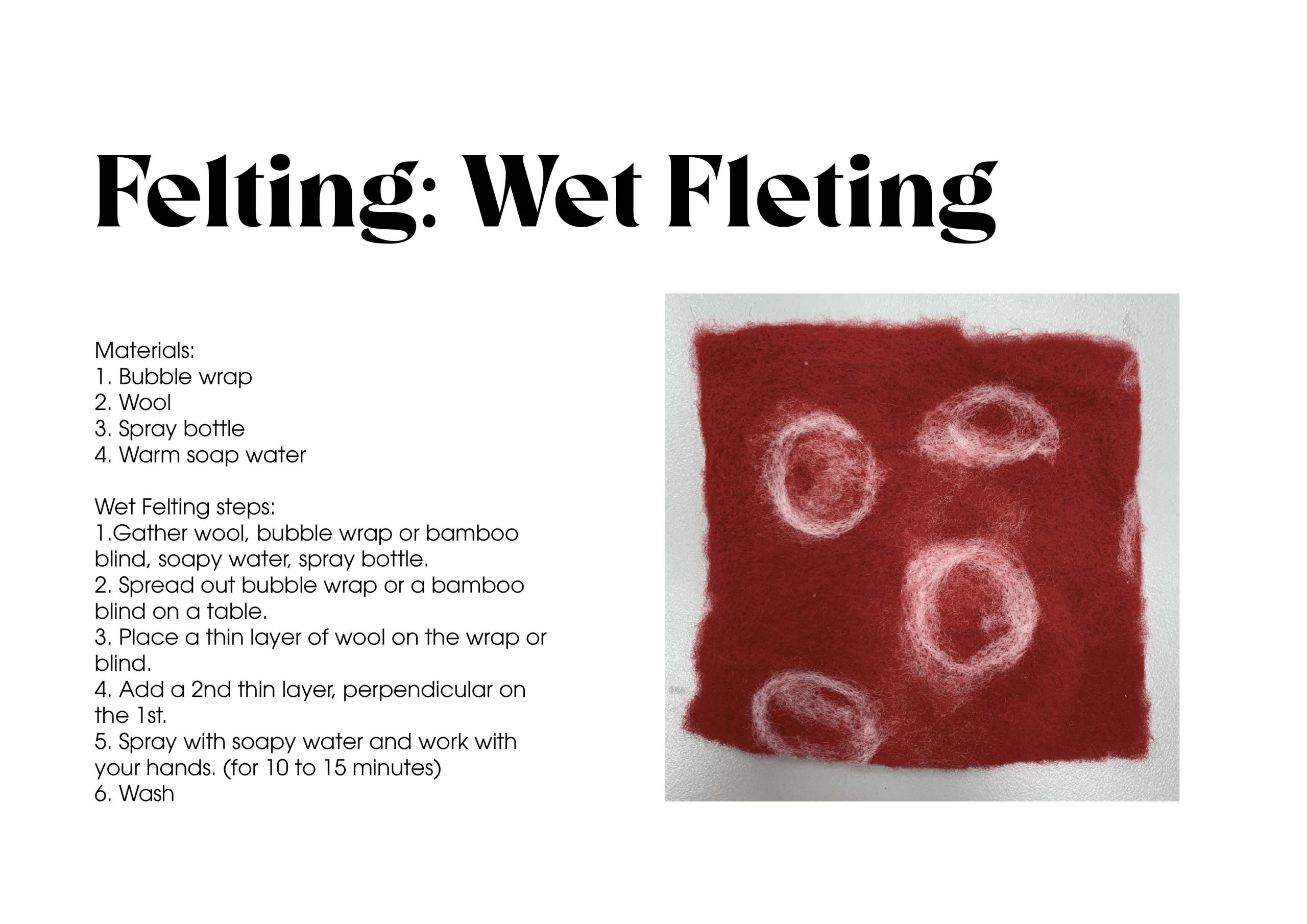
Reflection:
One of my favourite methods! Even though it takes a really long time and energy to felt, I find that it can create amazing works and intricate details in the felt I create. I can see myself creating new patterns on the felt and making felt products like bags.
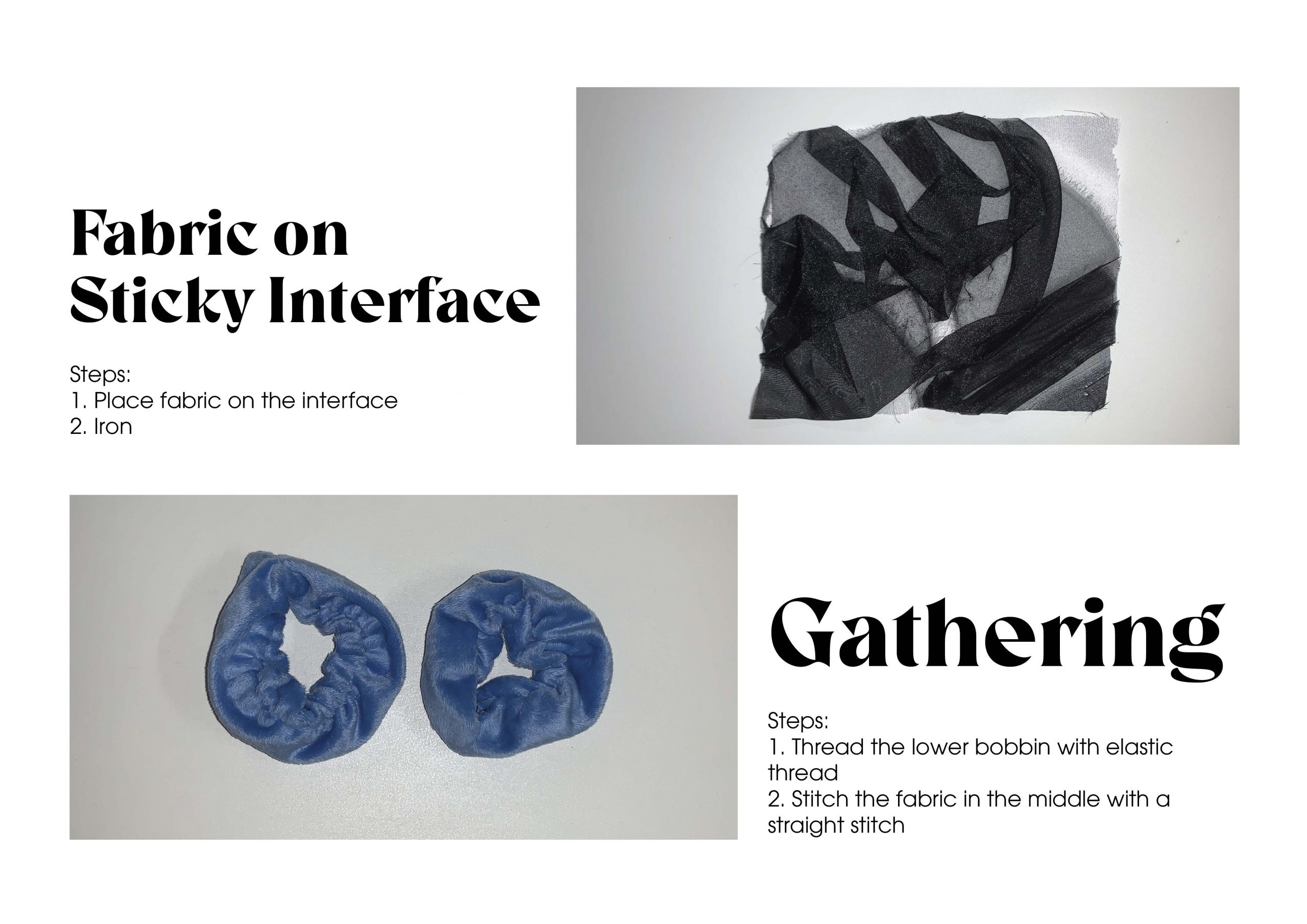
Reflection:
Very fun methods! I really enjoy them.
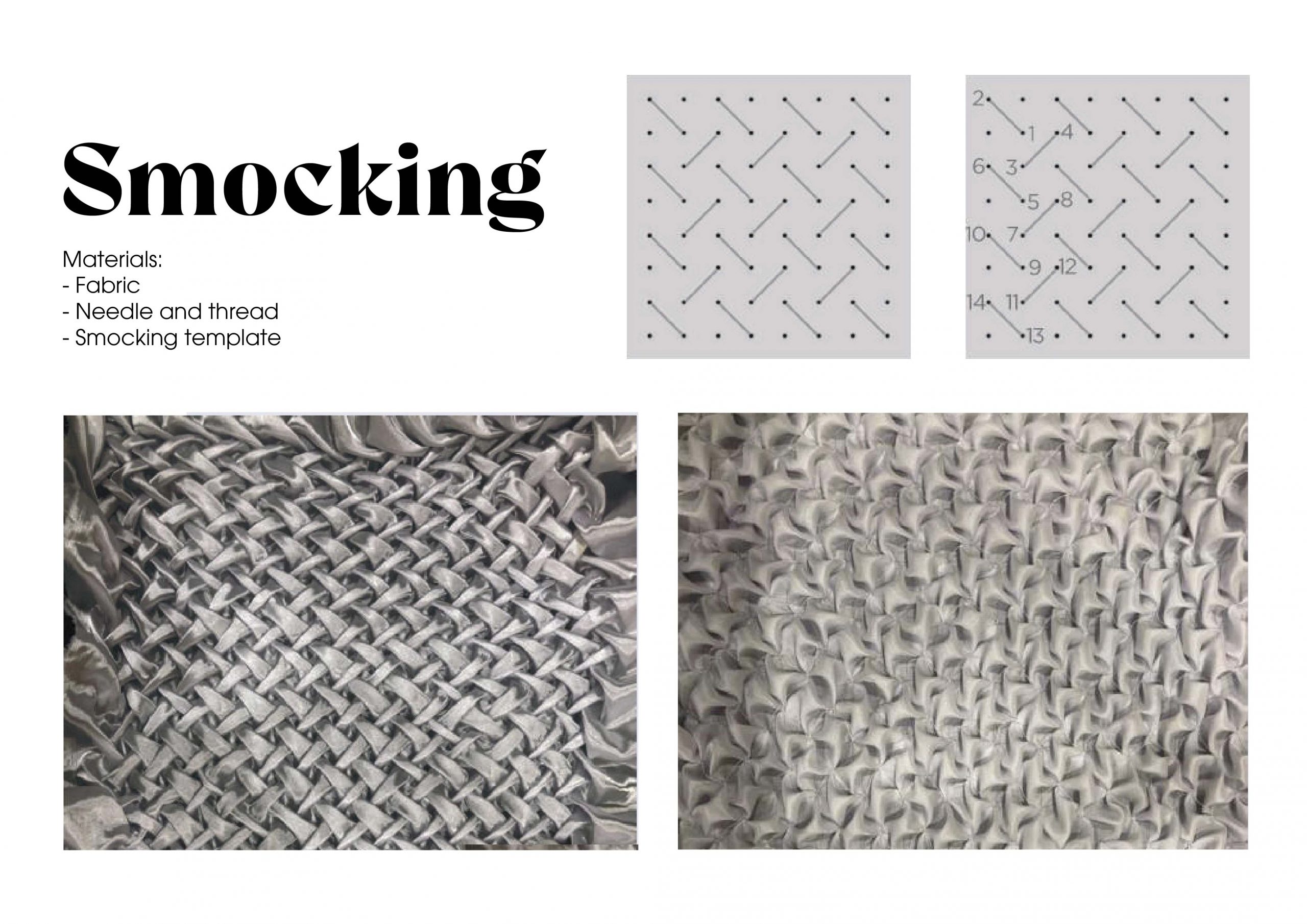
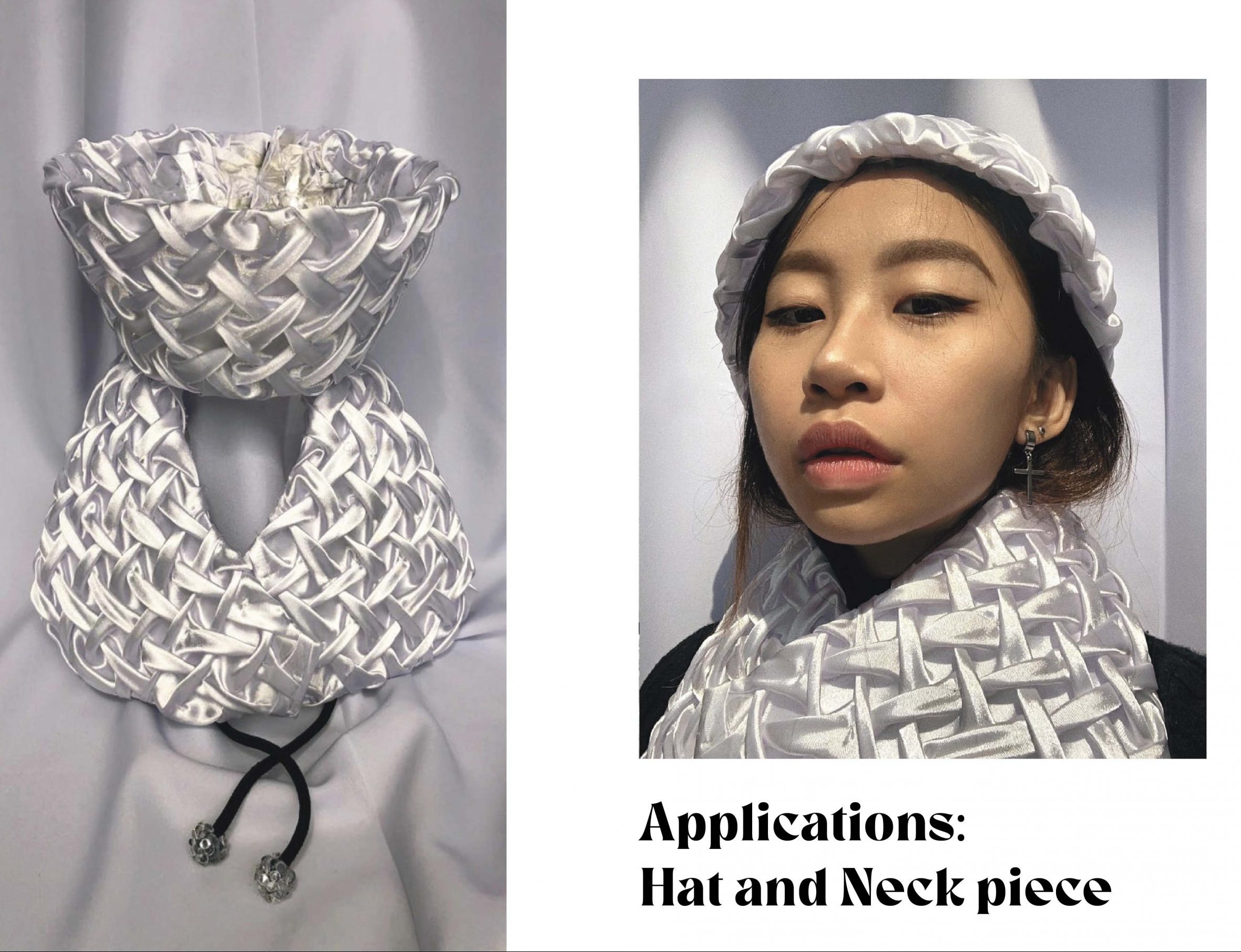
Reflection:
I love smocking! I feel like this is a very intricate method of creating texture and requires a lot of patience and accuracy. I really enjoy creating this. I can see myself using this method to create amazing gowns and added texture onto other fabric.
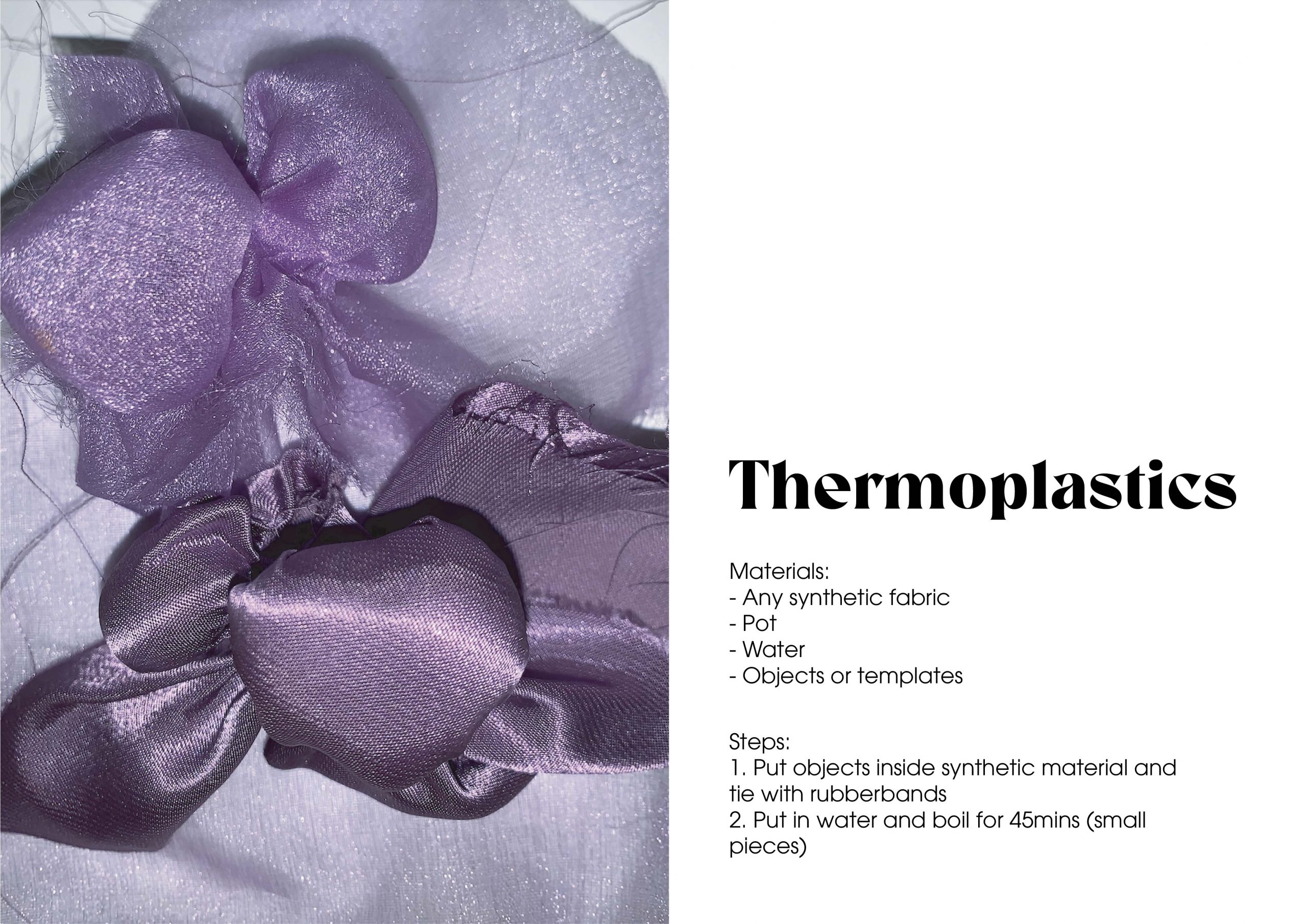
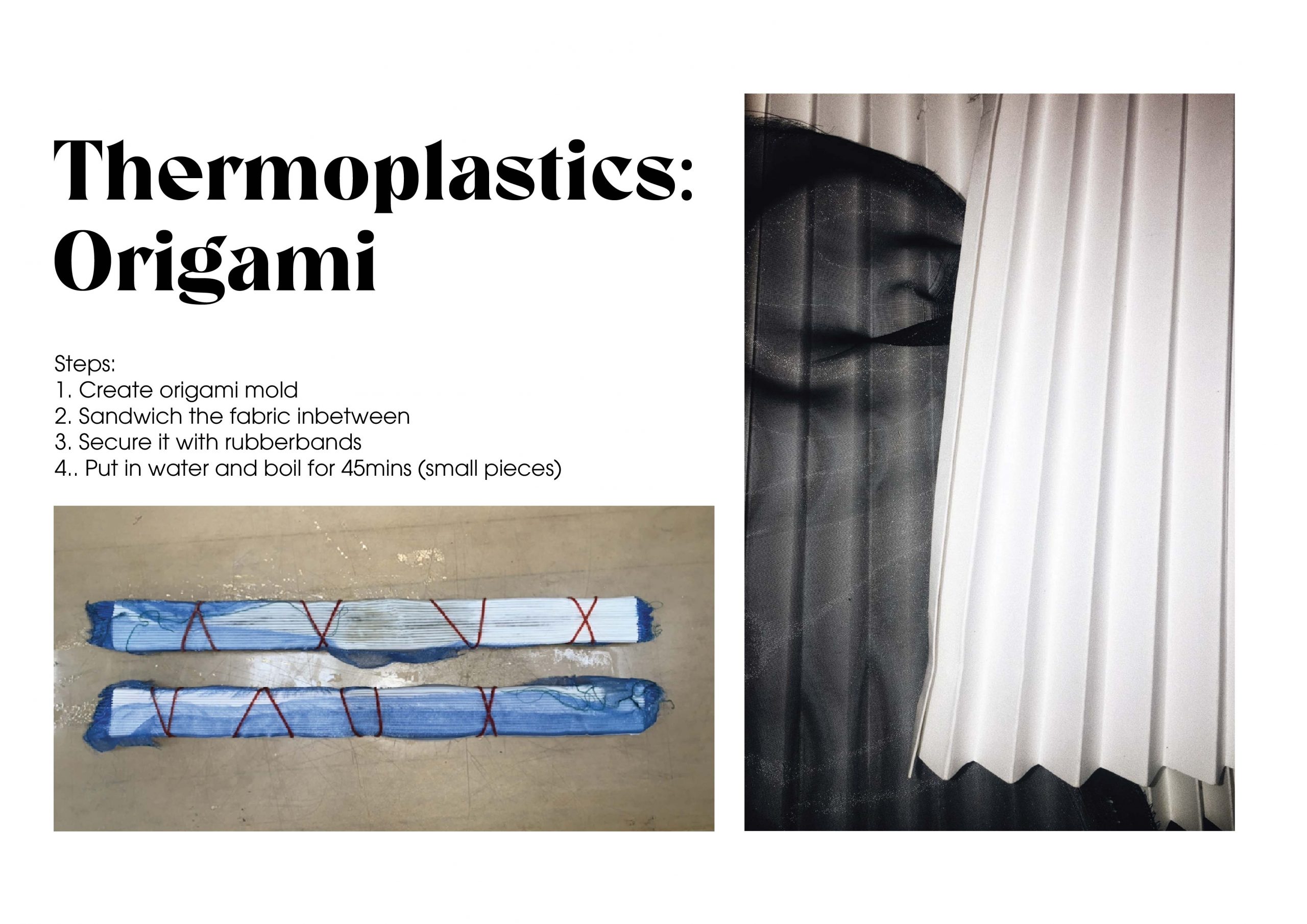
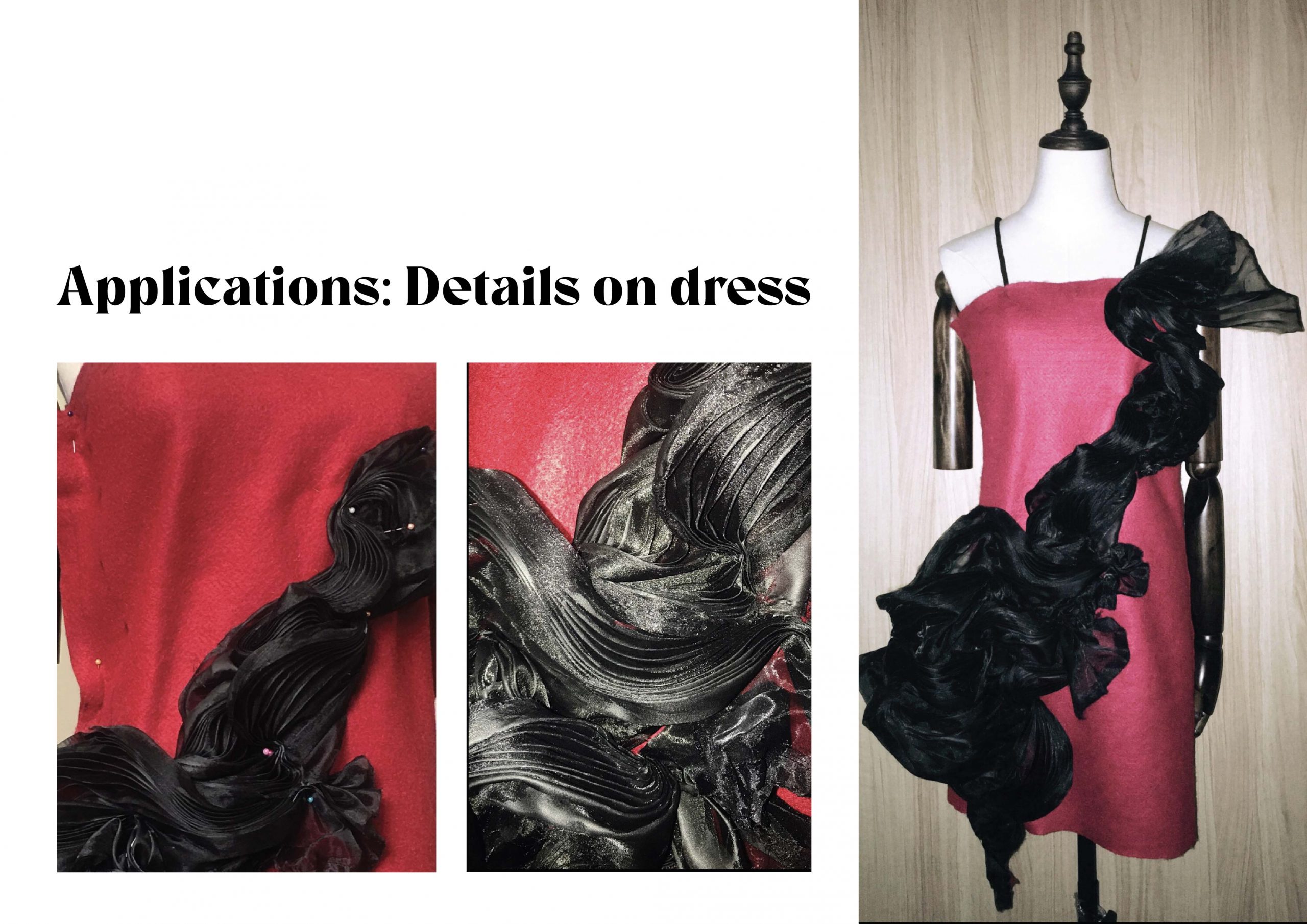
Reflection:
Another one of my favourite methods! I love this method because it is quite lucrative and can create both very organic and geometric results. I really enjoy creating this piece and I can definitely see myself using this method to create a gown or more intricate details on a dress.
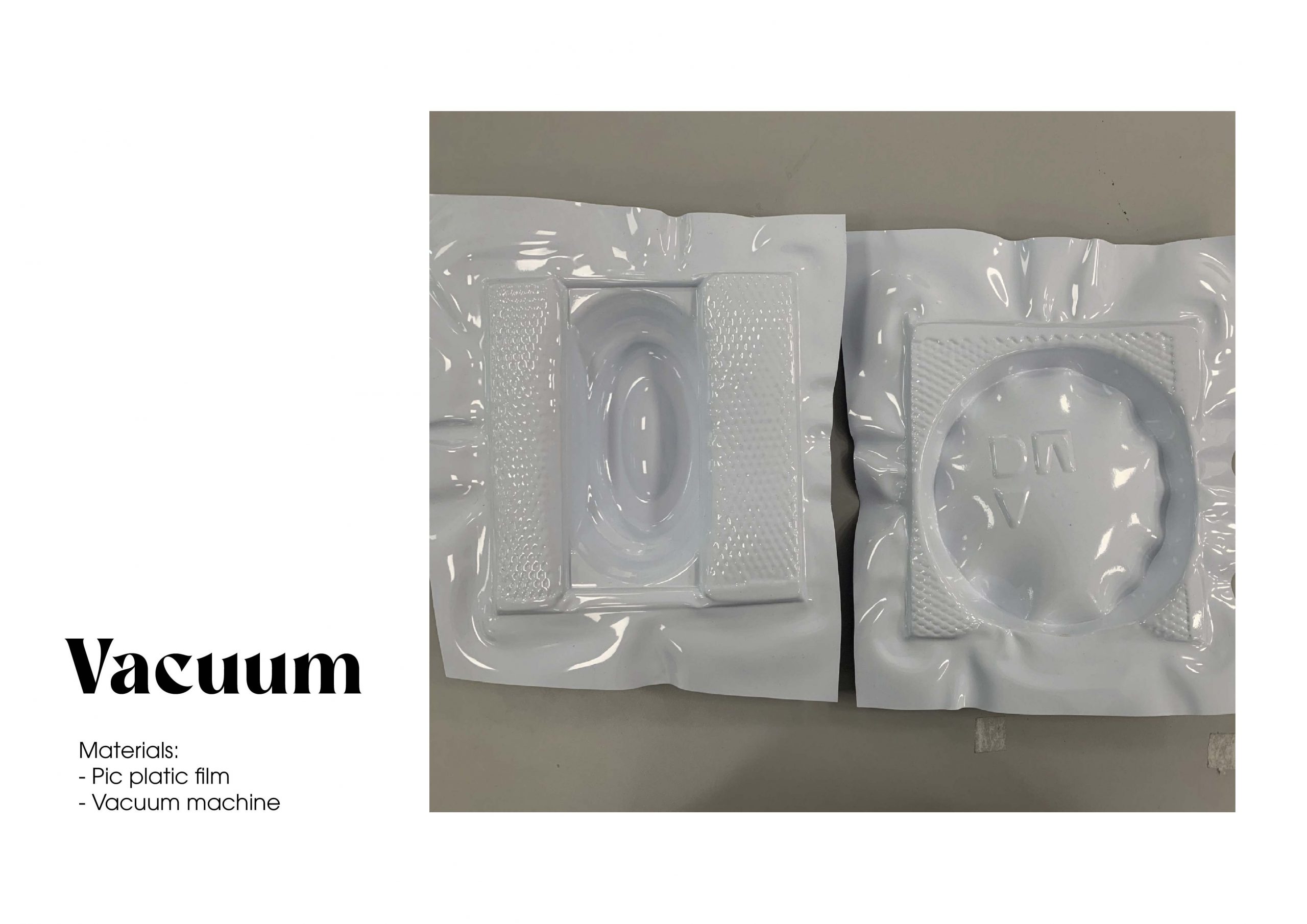
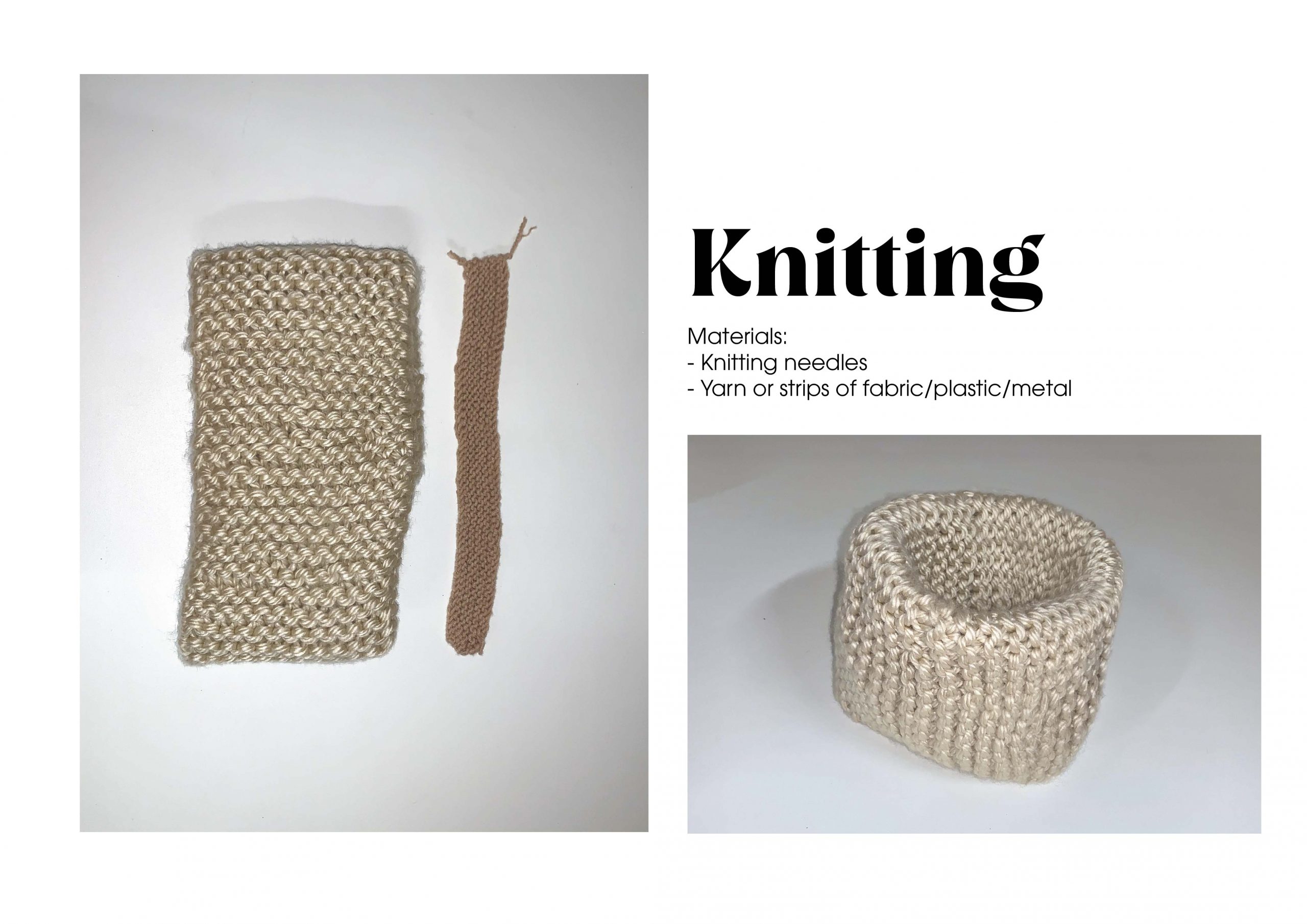
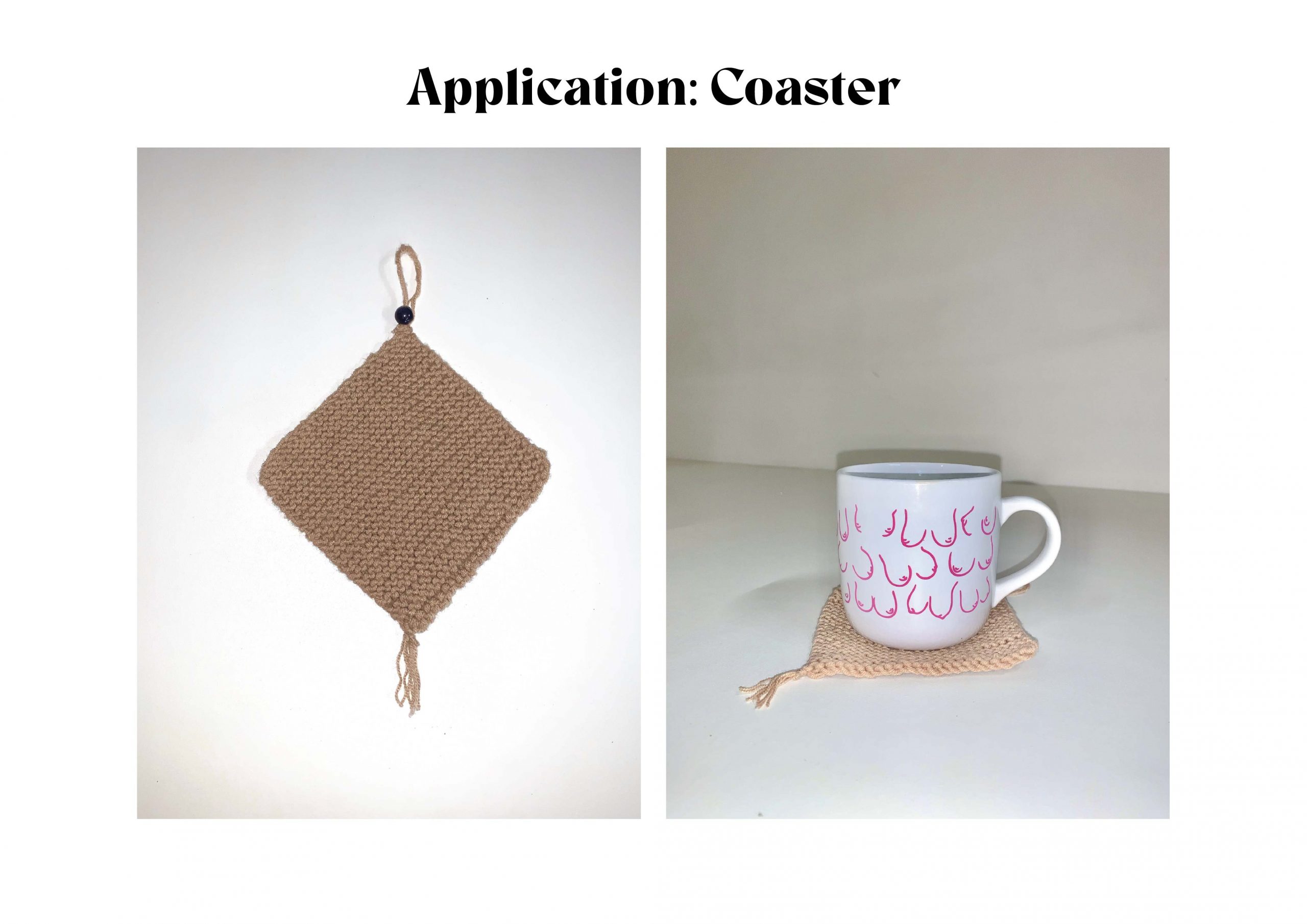
Reflection:
This is a very therapeutic method and requires a lot of time, patience and focus. Not my preference but so find it fun. Probably do it when I retire.
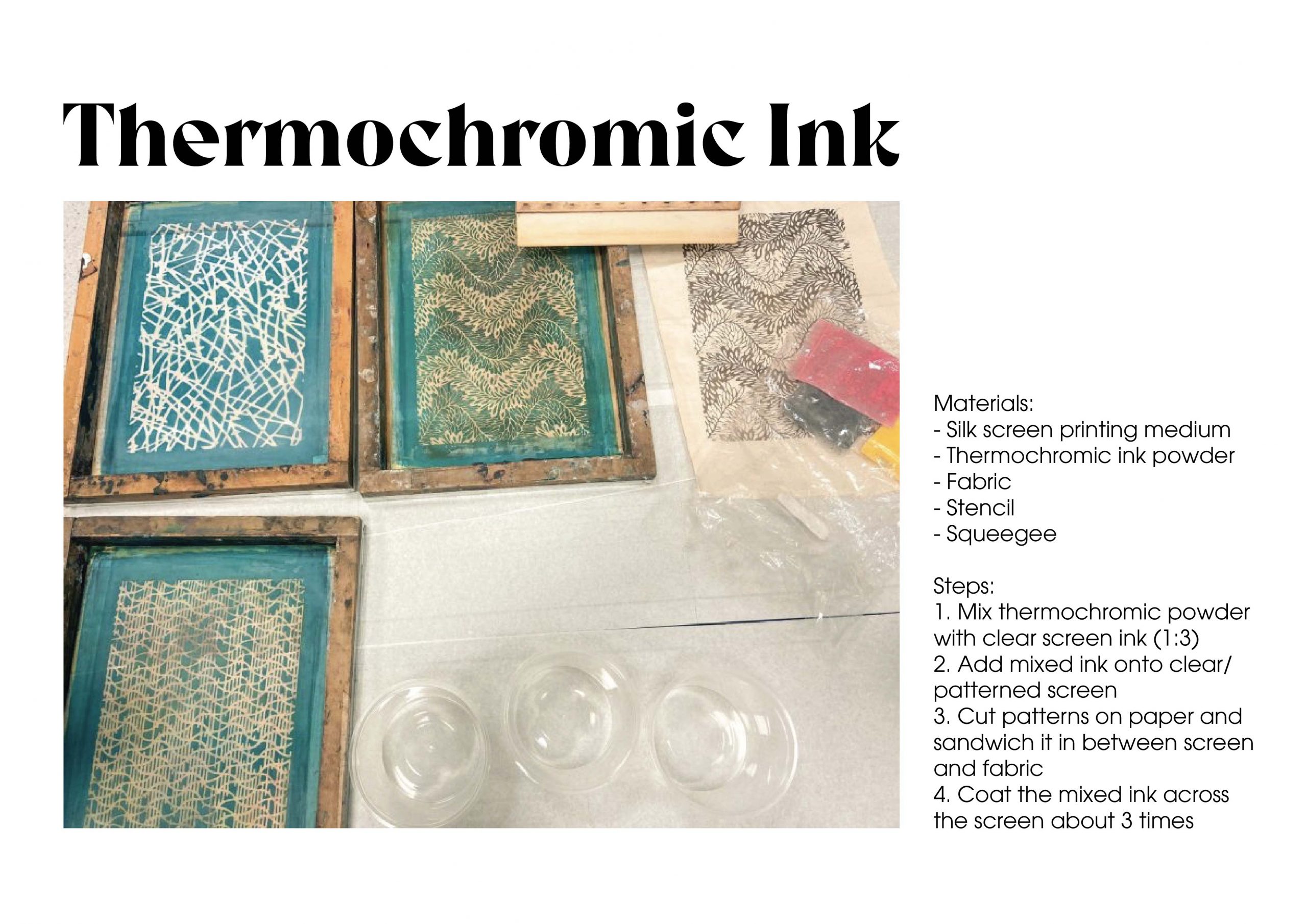
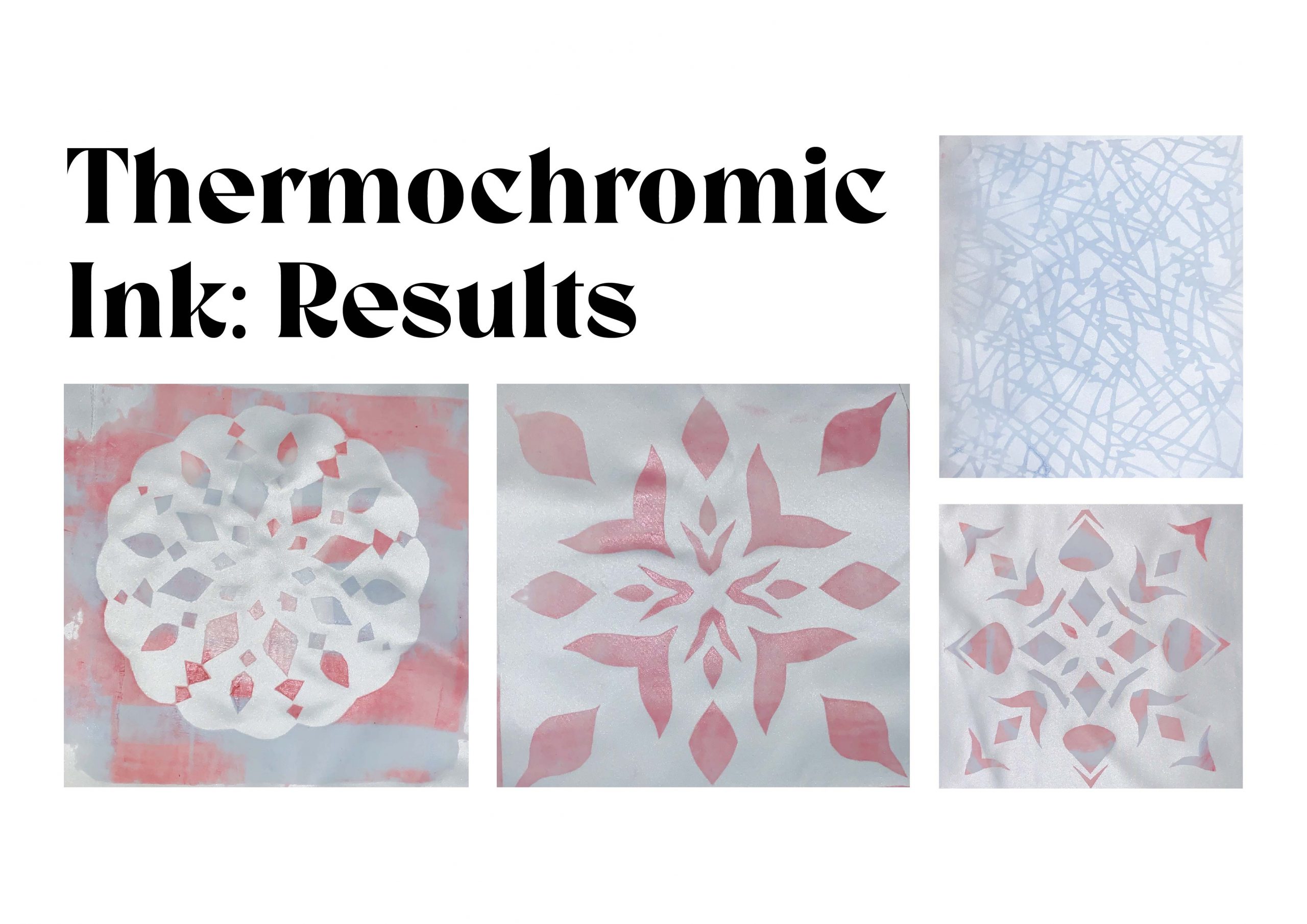
Reflection:
This is a very interesting interactive method as it reacts to temperature. I see a lot of potential in this method and can create very interesting print as well. I definitely can see myself using this method for an interactive piece.
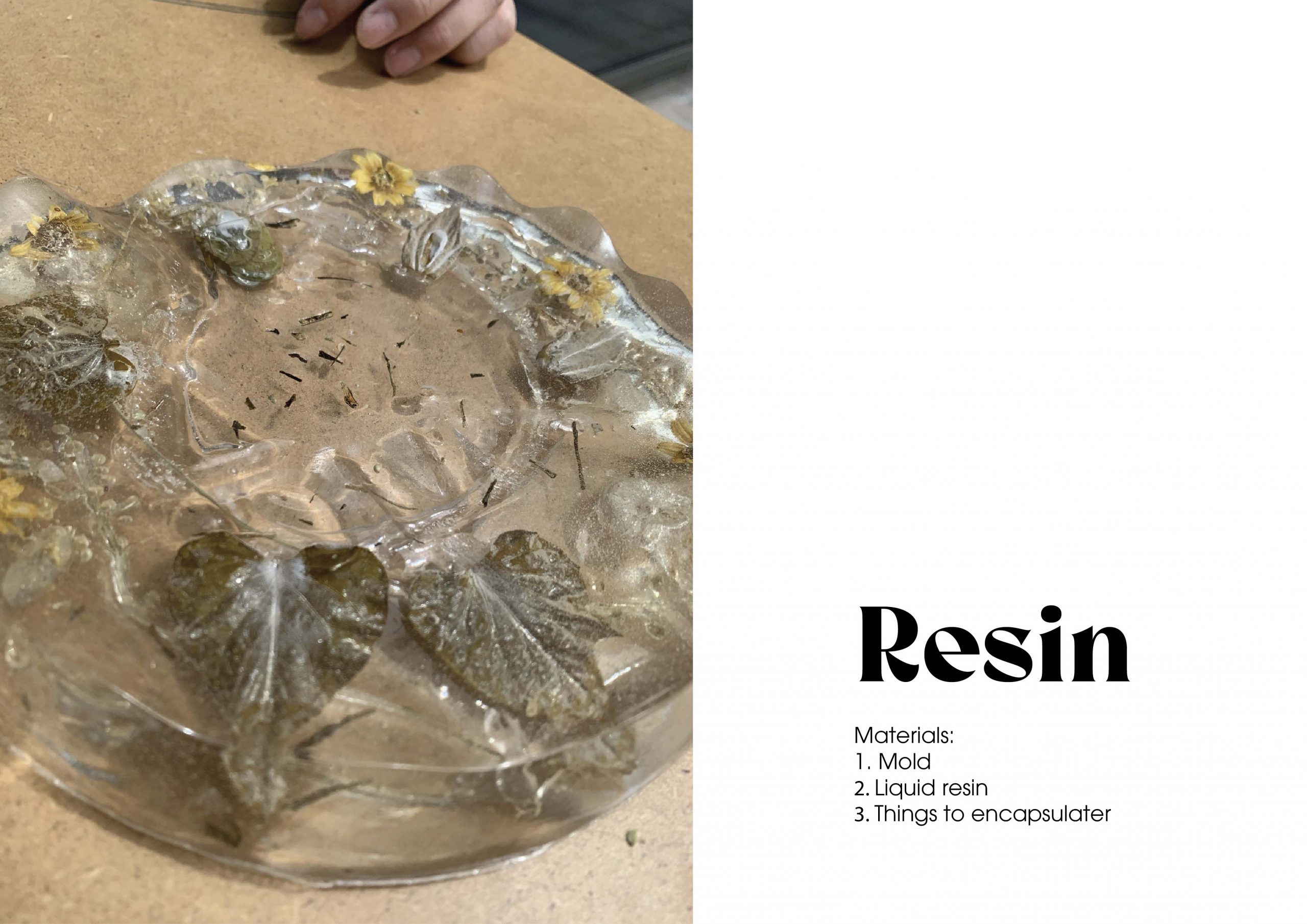
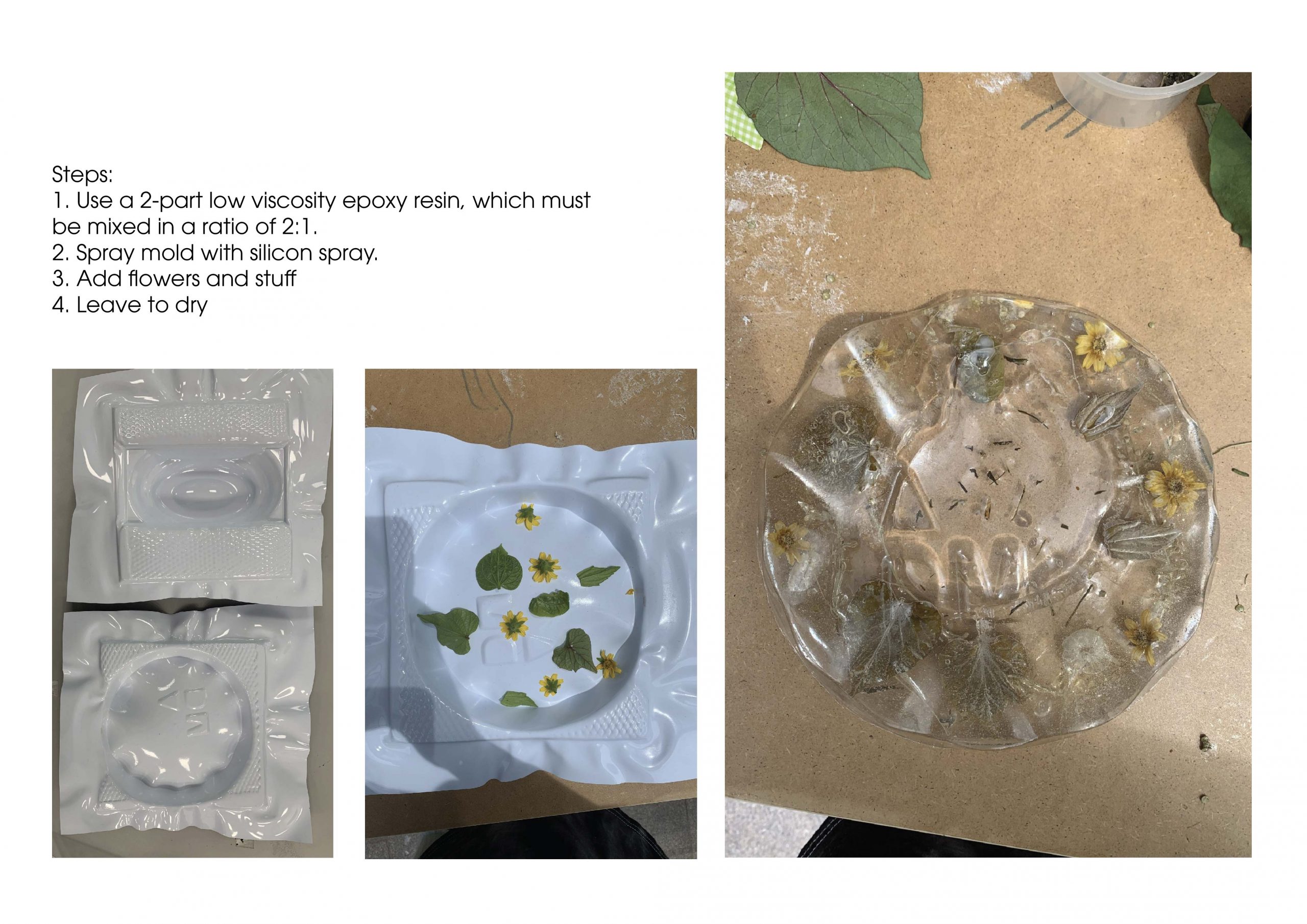
Reflection:
This is a cool method as well even though it is expensive. I think this is a beautiful way to encapsulate something. Some applications can be earrings and coasters. I love how the sunlight bounce around in the resin and create a mesmerising shine to the product.
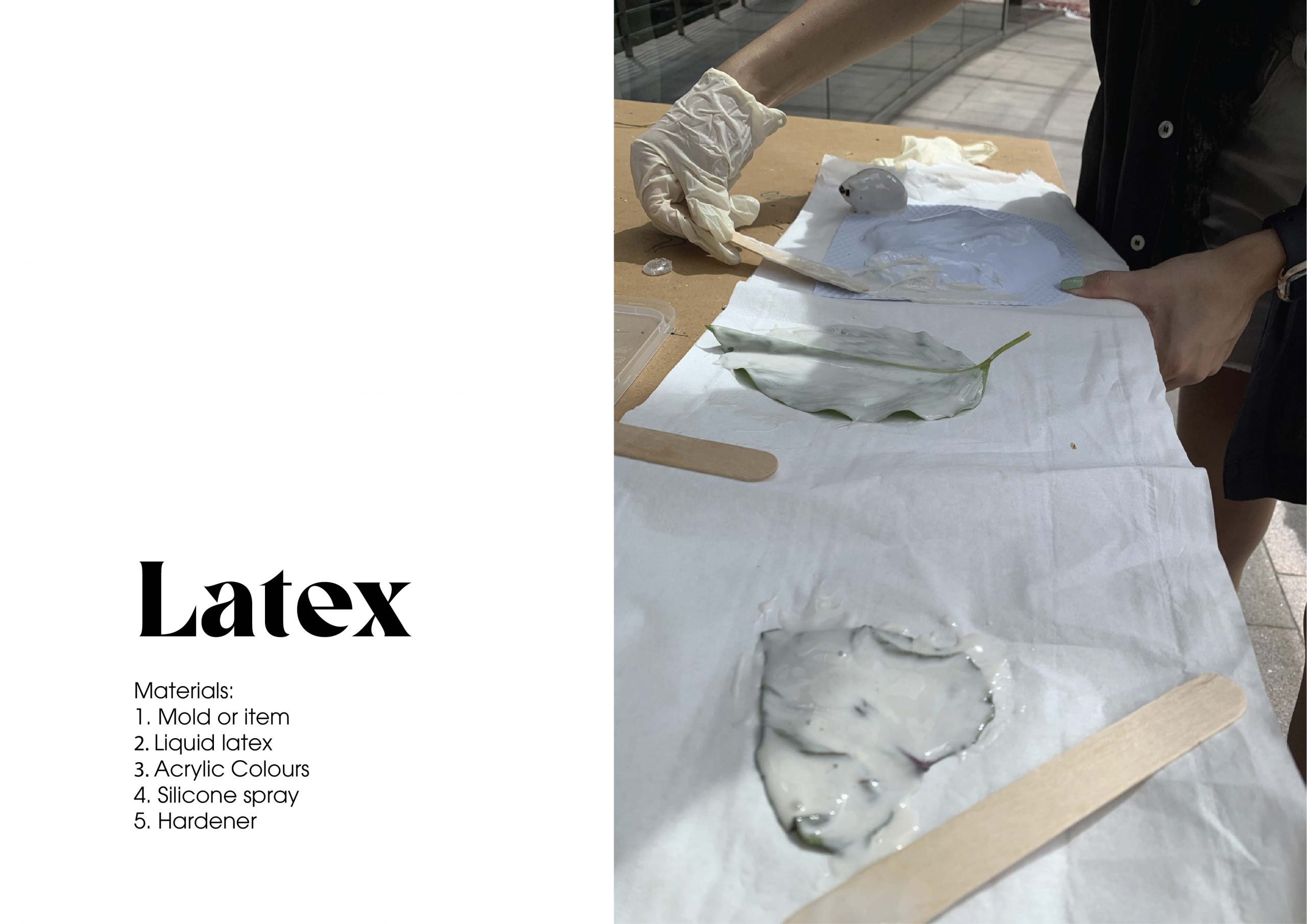
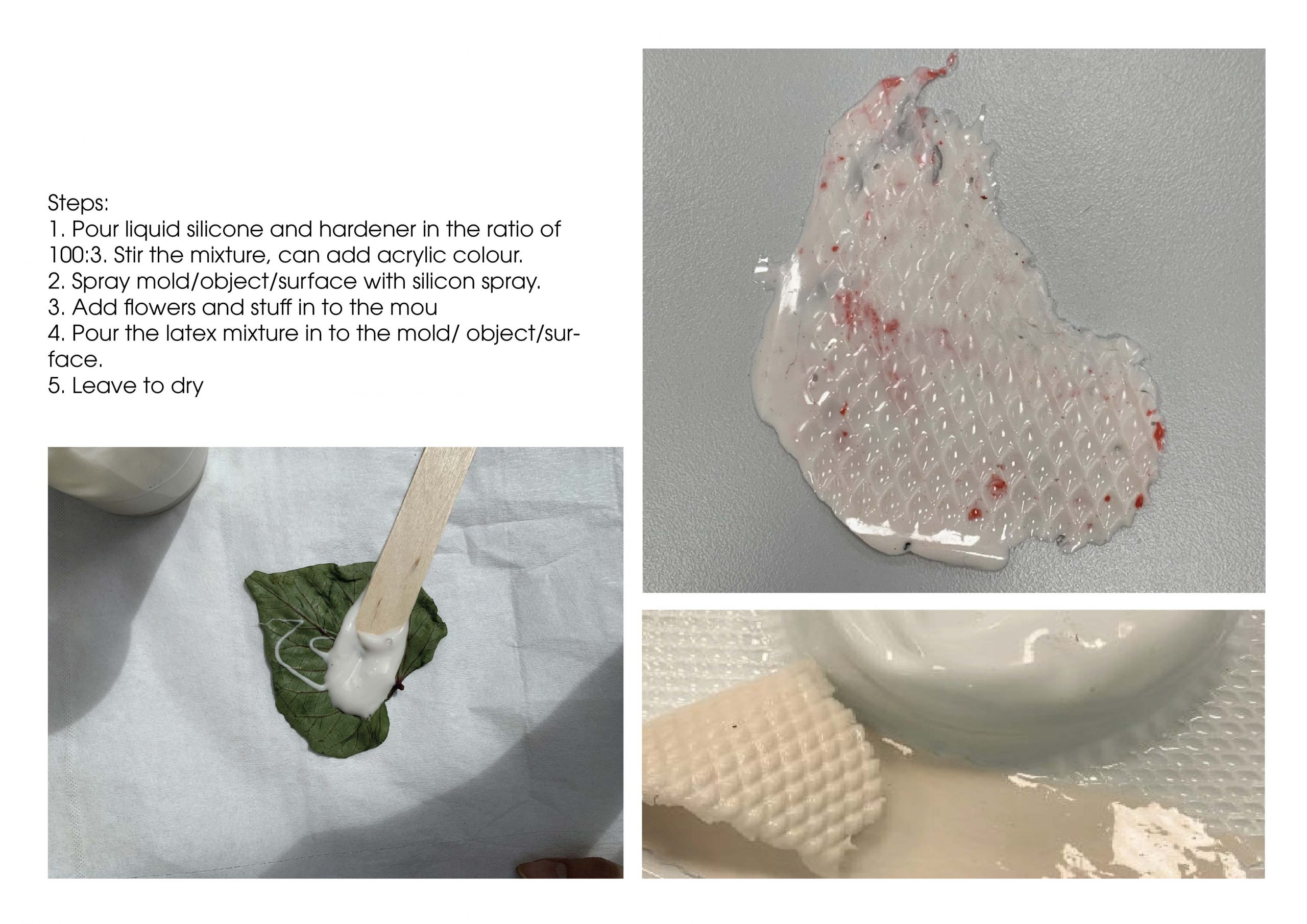
Reflection:
I think this is interesting method as well and can really create some interesting textures related to skin.
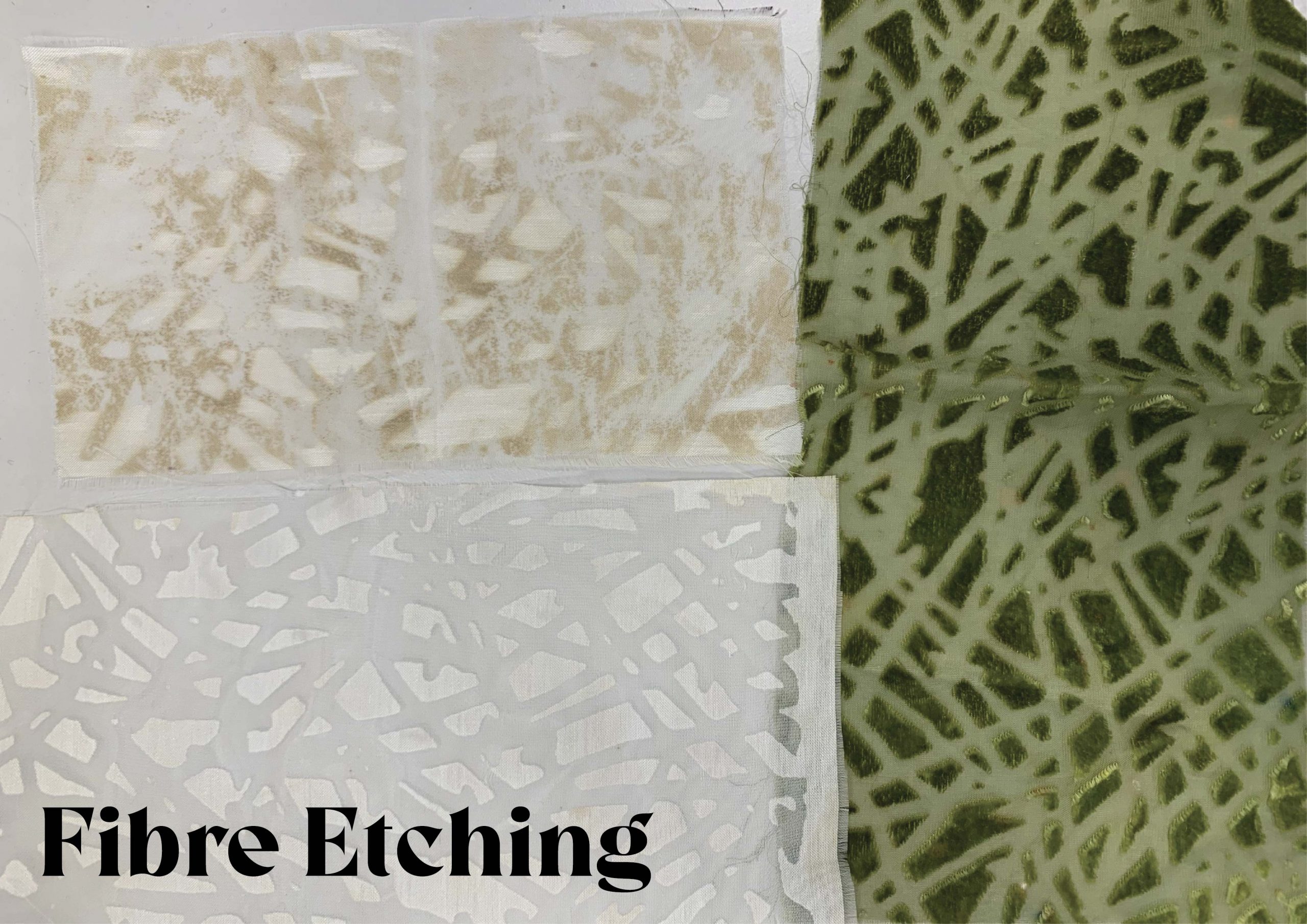
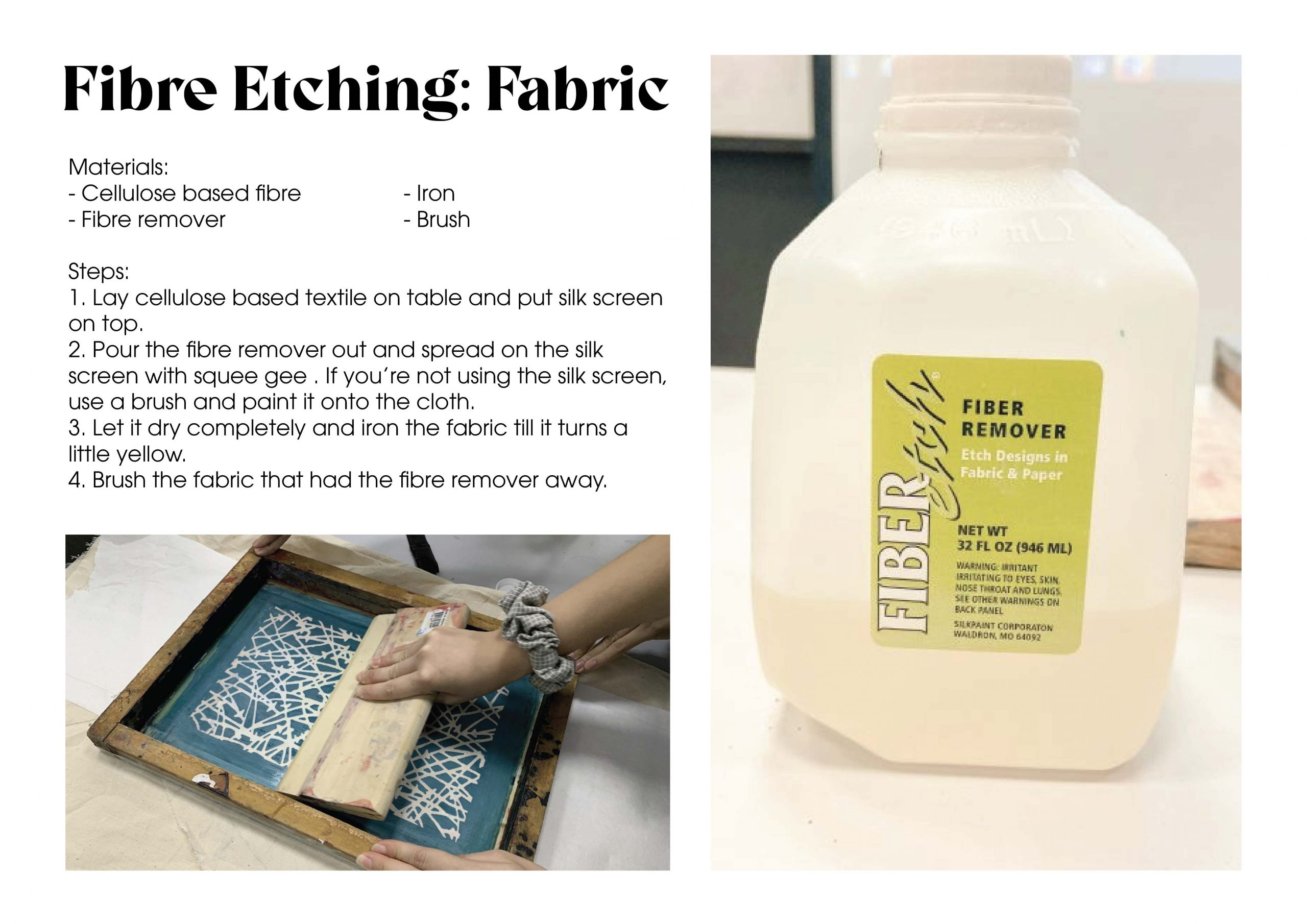
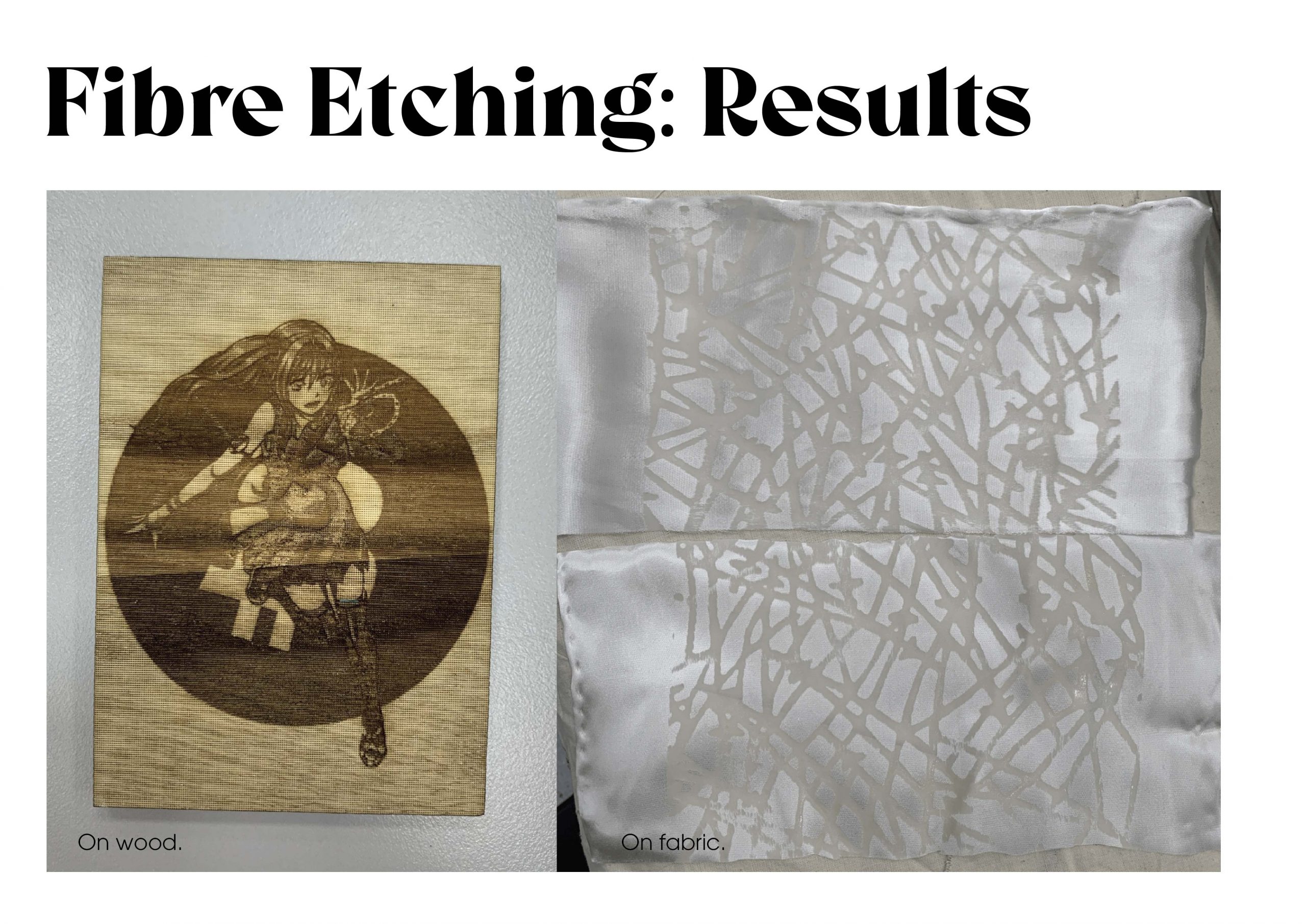
Reflection:
Ver expensive method! This is a very unconventional print creating method but I think this is very interesting and can create some very cool lace prints.
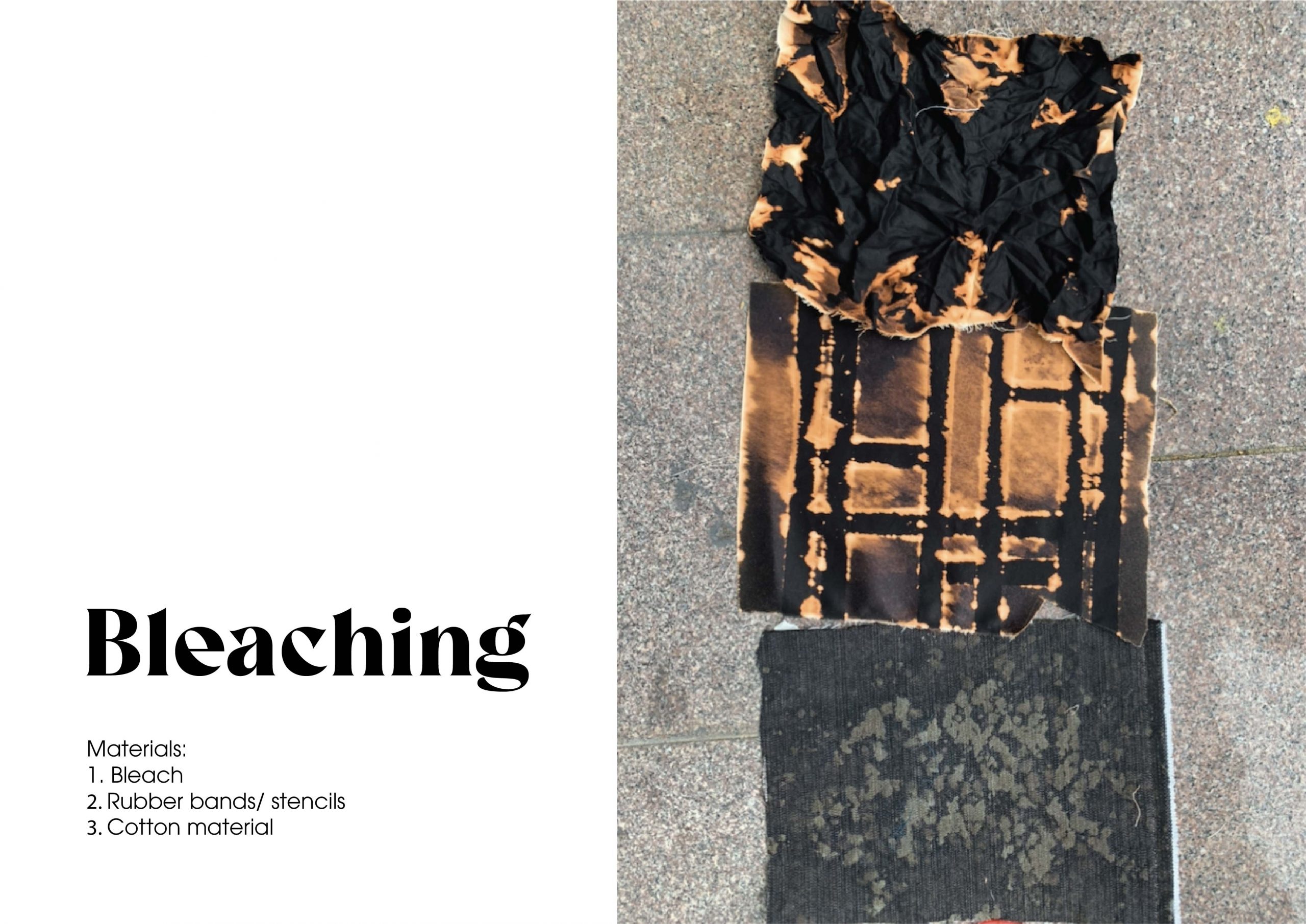
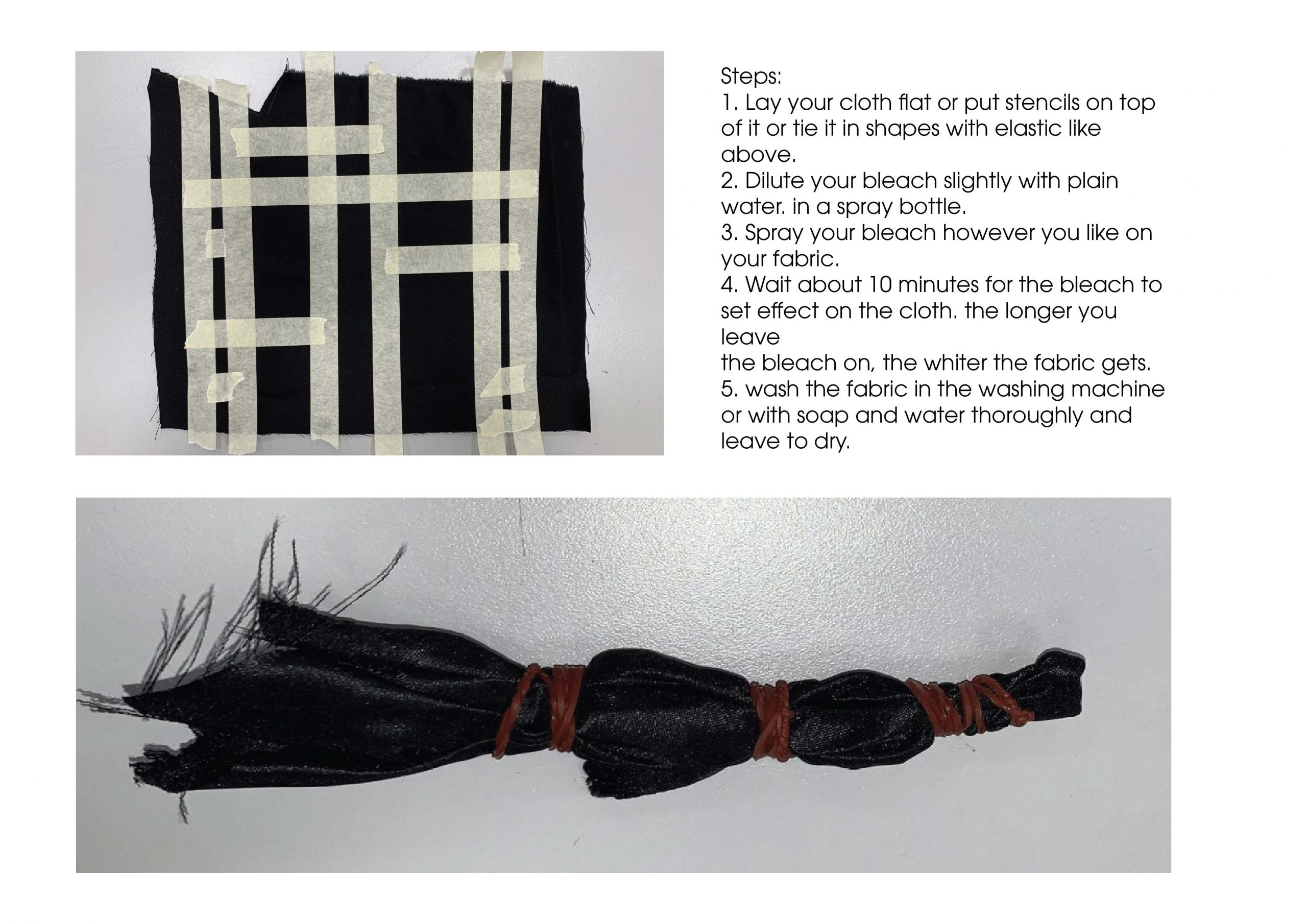
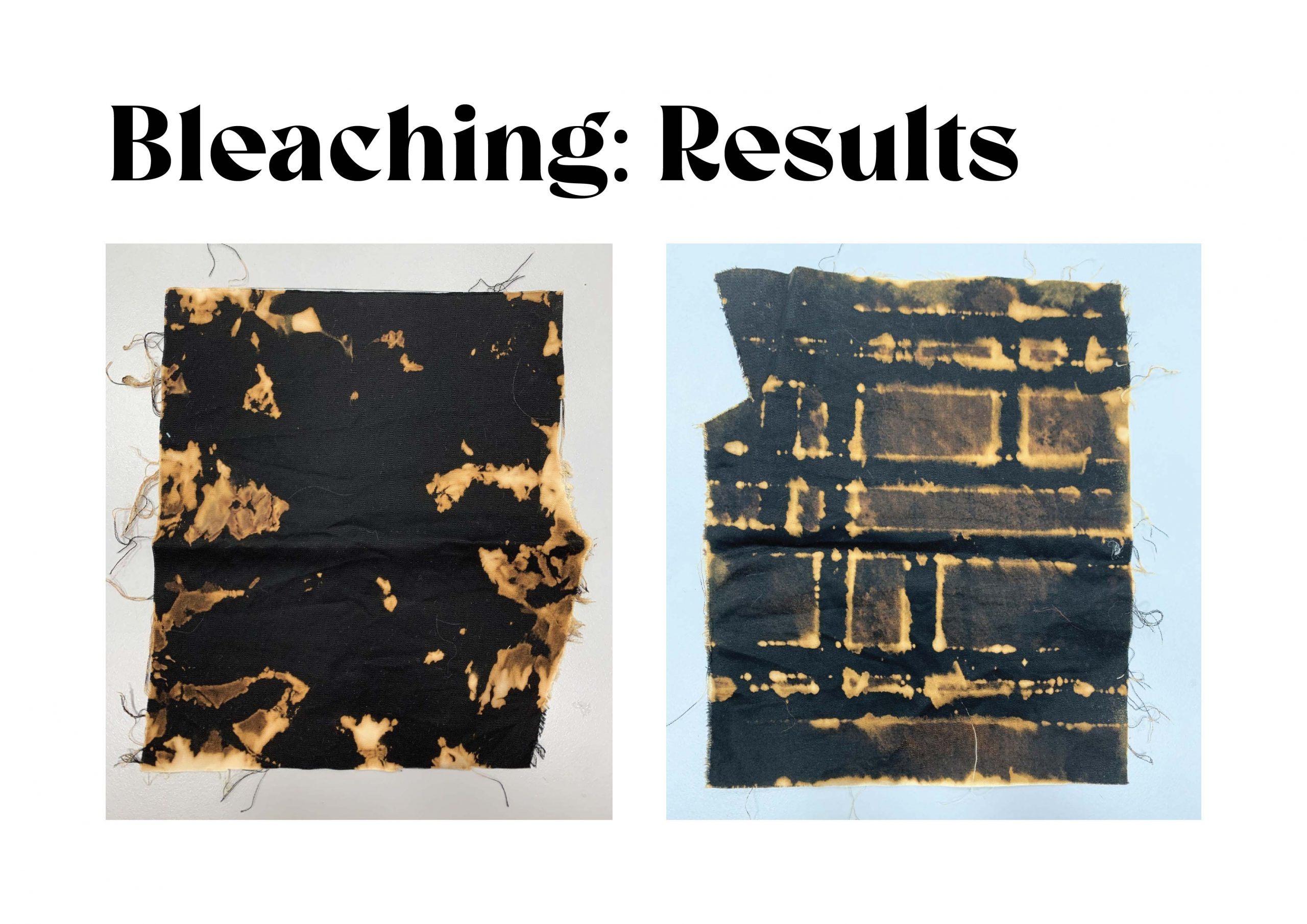
Reflection:
I love bleaching! I feel like it creates some very raw and organic prints. I also love how there’s not a lot of ways to control it, hence it really feels organic and free in its way. I can definitely see myself using this method.

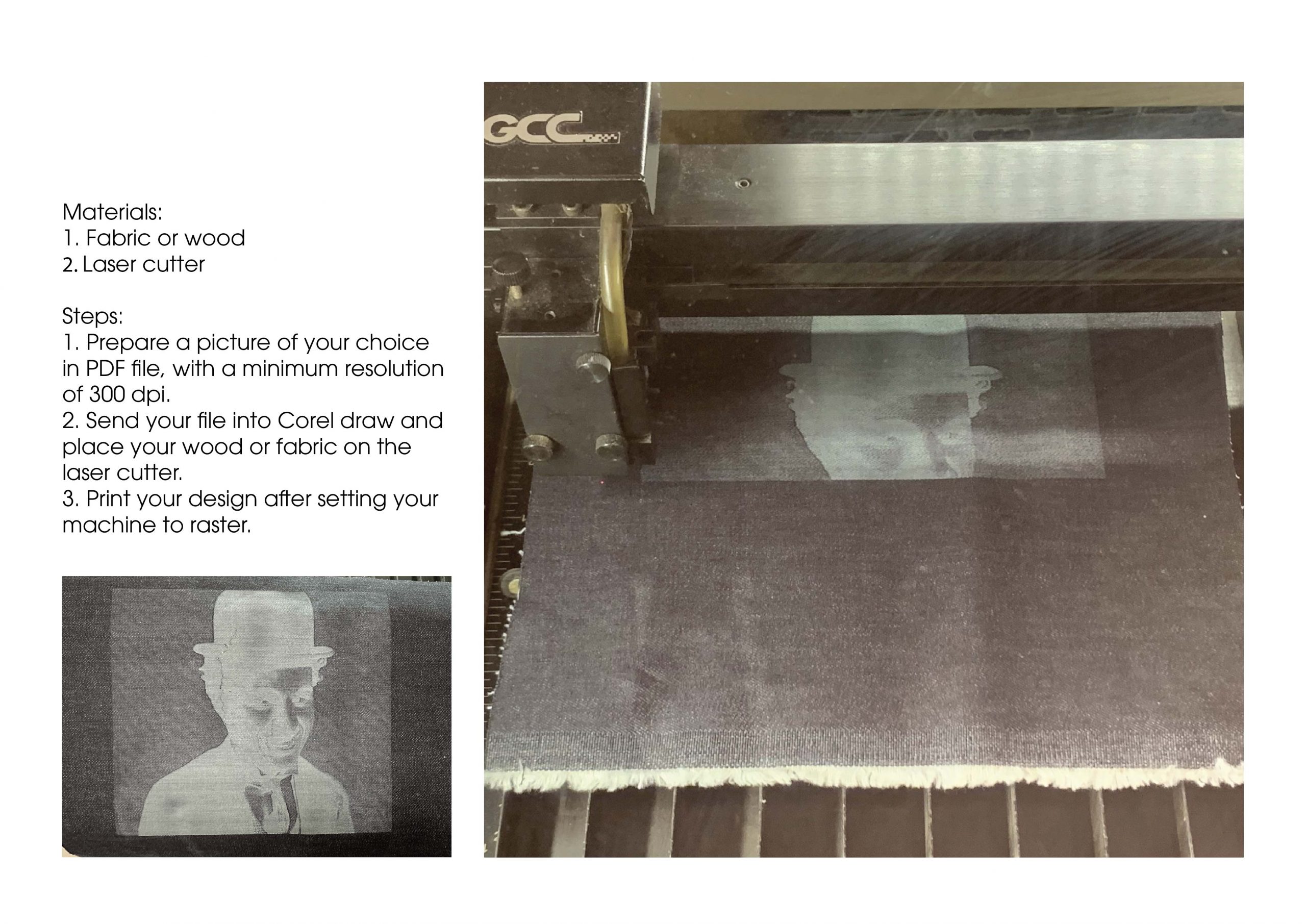
Reflection:
I think the laser cutting on fabric is very interesting and and create very cool prints or distressing on thick fabric. I can see this method being used on denim pants or jackets.
